 Ferro bus
Ferro bus |
We set off back in the direction of Guardalavaca today after one last look at the pool. Lynn didn't swim this morning as it was windy and cool first thing and had rained overnight. We discussed places that we might stop on the way back and as Doug had mentioned a place near Cayo Saetia where he had seen Lantana Scrub-Hairstreak Strymon bazochii before, we decided to take a small detour as it was a species we had still not caught up with. When we arrived it didn't look too promising as it was drizzling with rain so we waited in the car for it to stop. As soon as it did we jumped out and started searching the Lantana bushes. Needless to say Doug was the first to find one - in exactly the same place he had seen them before. Further searching produced a couple more and they were surprisingly confiding allowing a very close approach with the camera. There were at least two females and a rather tatty male and I felt sure I would be able to find eggs or larvae but failed completely - very annoying. But there were other butterflies Limenia Scrub-Hairstreak Strymon limenia, Three-spotted Skipper Cymaenes tripunctus, the endemic Smudged Yellow Eurema lucina and some nice spiders too. And this rather magnificent wasp Polistes major that we have seen before, in fact we have seen it fairly commonly in the last few days. This is the largest of the 'paper wasps' so called because they build paper nests. The wasps are just under an inch long and are said to have a fierce sting. They are found in Central America, the Greater Antilles and Florida, Georgia and Arizona in the US. They have also been found to have colonised Spain since 2008. The ones we saw were mainly drones I think as they were hunting for insects and caterpillars to take back to their nest. We didn't see any nests though on previous trips in 2016 we have found nests of two other smaller Polistes species and I have added photos of these below. Thanks to Julio A. Genaro for the identifications. On the way back we had to wait at one point for the 'ferro bus'. We hardly ever see trains in Cuba though you often cross the tracks on country roads so this was completely unexpected. It just shows the resourcefulness of Cubans.  Ferro bus Ferro bus Back at the Luna y Mares hotel I couldn't resist stopping to take some pictures of this female American Redstart as we walked back to our room. And later we watched a young merlin put on a fantastic display chasing the bats at the theatre building.
0 Comments
And I seem to have forgotten to include some pictures of this wonderful creature from 10 December. As I edged closer and sat down to watch it relaxed and didn't see me as a threat and spent time looking for insect prey to chase but finally settling on this cut branch to pose. What a pleasure to spend time in its company. It is only found in this area of north-east Cuba.
We had such a good time yesterday we decided to go back to the same place today. There was more of the same with several Lastra's Calisto Calisto lastrai and a nice male Monk Skipper Choranthus capucinus. The highlights of the day were definitely the two anoles Anolis fugitivus and Anolis inexpectatus that I mentioned in the last blog and you can see the pictures of them there. We also saw Anolis alutaceus but that is not in the same league of rarity. And we found two species of orchids too. The first we have seen in several places in the last few days but this was the first time I had taken pictures of it on this trip. It is called the Purple Bletia or Pine Pink Bletia purpurea. It grows to about a metre tall and is the commonest orchid in Cuba. It is also found in the rest of the West Indies, Florida, Central America and northern South America. The second was the Spotted African Orchid Oeceoclades maculata. As its name suggests this species is not native. Discovered in Cuba as recently as 1988 in Camaguey it spread very rapidly and within just a few years was found to be widespread over the island. These two orchids are probably the commonest two on Cuba. We found more Antillean Mapwing Hypanartia paullus larvae and an empty pupal case of Stinky Leafwing Historis odius and a pair of Julia Dryas iulia in cop. In another area we found an interesting endemic Aristolochia called Aristolochia lindeniana. We looked carefully for swallowtail larvae without success although we did see four species flying in the area including Gundlach's Swallowtail Parides gundlachianus.
There are 64 species of Anolis lizards in Cuba that have been described to date but I’m sure that more will be described as more research is done on them. I think all are endemic to Cuba though some now occur in other places such as Florida or other islands as a result of deliberate or accidental introductions. Twenty years ago Lourdes Rodriguez Schettino produced the Iguanid Lizards of Cuba (1999). This book covered many topics including general taxonomy, morphology, ecology, genetics, parasitology, and biogeography. It covered 62 species but that included the iguana, curlytails and geckos, so many of the currently known Anolis are not featured. It featured colour illustrations of the males of just 50 species plus only four females and three immatures. The males, females and immatures in many species look completely different so in many ways it was nothing like our modern field guides. Whilst some are very restricted in range eg Anolis quadriocellifer, others like Anolis sagrei are widespread. I do find it surprising that nobody has since done a Field Guide to the reptiles of Cuba because it is desperately needed. The amphibians were covered in 2008 when Luis M. Díaz and Antonio Cadiz published Guía taxonómica de los amphibious de Cuba. This was done through ABC Taxa and produced with financial support from the Directorate-General of Development Cooperation of Belgium. It was produced both in hardback and pdf versions and is freely downloadable from the ABC Taxa website. A possible reason for the time it’s taking to produce a similar guide to the reptiles is the desire to get more fieldwork done and gain more knowledge first. I hope this is not the case as in my opinion it is much better to publish sooner rather than later with the information that is known at that time. The increase in interest and knowledge amongst professionals and amateurs alike following publication is always worth it. There will always be new discoveries that add to or amend what was previously believed to be the case. That is fine and in the light of new knowledge there is no reason why a pdf edition cannot be quickly updated just as new revised editions of hard copy field guides are published at the moment. Anoles can rapidly change their colour in response to external stimuli and I have watched this happen during interaction with another anole and during handling by a human. There are a few species that look superficially similar and it greatly helps the identification if the dewlap can be seen though of course this is not always possible. The four species below can all appear dark brown and so it is usually necessary to see the dewlap to identify it. But it helps also to know the distribution of each species as that can also help to reduce the options. Modern digital photography has been a game-changer. I take lots of pictures of reptiles when we are out in Cuba and my knowledge of what we are seeing is gradually growing. For ones that I cannot identify I resort to the internet – and increasingly to Cuban contacts with way more experience than I have. For many of the scarcer species there are usually no photos anyway on the internet so I am very grateful to Nils Navarro for his recent help in identifying three species for me from our last two trips. The first is Anolis fugitivus - Green-headed Grass Anole. This is only known from the NSB mountains between Moa and Baracoa and has been confused with A. cupeyalensis in the past even by experts. It has been found on very few occasions but can be distinguished by having only 4 lines of raised scales across the dorsum rather than 6/7 in cupeyalensis. Anoles can be divided into groups depending on what height above the ground they occur ie which habitat niche they have evolved to occupy. So Anolis fugitivus is considered a 'grass anole' and Anolis inexpectatus is one of the 'bush anoles'. And the third species that Nils Navarro has kindly identified for me is Anolis pumilus - Cuban Spiny-plant Anole which we saw near Santa Clara in 2017 and again on Cayo Guillermo in June 2019 where it is right at the eastern end of its range. So what is the milestone? Well I have now just exceeded the halfway mark (33/64) of Cuban Anolis species with photographs on the Reptiles page of this website. There's a long way to go and getting photos of the other half will be a lot more difficult! Not all of the photos were taken by me and and I'm very grateful for any help I receive so if you have good quality photos of species not featured then I would very much welcome your contribution.
We set off again into the hills on a day when the weather was little mixed. There were no more than a few drops of rain but it was quite cloudy at times. There were one or two things that we thought we might find and didn't but that was more than made up for by the things we did find. At our first stop there were both Cuban Trogon and Cuban Solitaire singing. The first is widespread in forest everywhere but I don't recall hearing the Solitaire here in the east before, though looking at the field guide it does occur throughout the NSB mountains and also the Sierra Maestra. The lack of decent field guides on anything but birds here in Cuba is quite frustrating and especially for the reptiles. And none of the small number of websites have either good quality pictures or anything written on how to distinguish one species from another. Why this is I don't know. Identification is made easier if you see the dewlap but none of these obliged by displaying them. But many thanks to Nils Navarro for the id of these. We found a small grassy clearing in the forest which contained a wonderful selection of endemics to photograph. First was one of the newly described Calisto - Lastra's Calisto Calisto lastrai. I have put below pictures of two other Calisto that we saw nearby. And then Doug found Bruner's Skipperling Oarisma bruneri. They are slightly larger than O. nanus and fly and settle slightly higher too. The other major event of the day was Doug finding larvae of Antillean Mapwing Hypanartia paullus. I'm not sure if ever they have been found in Cuba before but this was certainly a first for Doug. They were on a small Trema next to a river. Fantastic to find and photograph larvae of all sizes and a hatched egg and pupa as well. I have added a photo of an adult taken in 2017. There were several Cecropia growing close by one of which had a final instar Stinky Leafwing Historis odius larva. And another small Cecropia in the river bed contained some larvae of Mosaic Colobura dirce. Not the distinctive feeding damage where the larvae chew through all the leaf ribs so that they droop and form a shelter. And here a Radians Skipper larva Choranthus radians larva that was unfortunately parasitised, plus Tropical Buckeye Junonia zonalis and Cornelius Skipper Euphyes cornelius And some sundries to finish up with. My grateful thanks to Alberto R. Estrada for the identification of the frog and to Julio A. Genaro for the id of the Hymenoptera. We always find things of interest when we go for a walk whether that's here in the UK or when we are in Cuba. Today was a day of many memorable moments but then this is a special place. Today we set off to the hills of the Alejandro de Humboldt National Park. But even before we got there we stopped because there were quite a few butterflies by the side of the road. The attraction was lots of flowering Eupatorium. The most striking were a couple of the endemic Gundlach's Swallowtail Parides gundlachianus with their bright red and metallic blue patches on the forewings. In fact it was a real butterfly fest here for the half hour we spent in this spot by the side of the road - 29 species in all including Orange-washed Sulphur Phoebis avellaneda, Antillean Mapwing Hypanartia paullus, Oviedo's Swallowtail Heraclides oviedo, Common Long-tailed Skipper Urbanus proteus and Confusing Yellow Pyrisitia larae. The latter usually needs netting and examining in the hand to be sure of the identity but taking quite a few shots of this suspect I managed to get a picture clearly showing the scalloped black edge to the upper forewing that is the distinguishing character. We continued into the National Park and looked around whilst waiting for our guide to arrive. A wonderfully tame Cuban Knight Anole Anolis equestris kept us amused. All the previous ones that we have come across have been quite timid to say the least and would rapidly move up the tree to a position out of view or to where they felt safer. This beautiful male had no such fears and was clearly at ease in human company which was an absolute delight. It's only preoccupation was in finding its next meal as it stalked through the vegetation looking for butterflies and other insects that might stray within range. It paid no attention at all to us or the cameras. We could have happily watched it for hours. Our guide then arrived and we set off exploring in the forest. It wasn't long before Doug found a larva of a Red-striped Leafwing Siderone galanthis on Casearia aculeata. As they feed they leave distinctive tell-tale segments of dried leaf attached to the midrib and let their cryptic coloration do the rest. Isn't nature brilliant. A few months previously I had come across a picture of a larva of Tiger Mimic Queen Lycorea halia taken on Hispaniola and emailed it to Doug with a note that he/we should look out for it when next in the right habitat. It was very distinctive with black and white bands along its length. Only a short distance from the S. galanthis larva Doug noticed some feeding damage on a Ficus leaf. On turning over the leaf he found a mid-instar larva with distinctive black and white bands - and knew straight away exactly what it it was although he had never seen one in the flesh before. Well done Doug. Later in the walk we found several more larvae on a different Ficus species including a final instar and a couple of newly emerged first instar larvae just 3mm long. It was fascinating to note that the tiny larva had gone to the edge of the underside of the leaf and chewed through the veins in a semi-circle around where it was sitting. I'm not sure why it does this but I can think of two possible reasons. I suspect that the sap is rather sticky and possibly rather toxic so the liquid pools of sap surrounding it might provide a deterrent against ants. Or it might just be to stop the flow of toxic sap to the area of leaf on which the larva is going to feed. Other species are certainly known to do this and others do it because the sap would clog up its mouth-parts as it dries and prevent it feeding. And note also the two small black lumps on the second segment that grow into the long black tubercles as it develops. In the next picture on the left you can see how even as the larva grows it continues the chew through the leaf veins to stop the flow of sap to where it is feeding. Lycorea halia is said to also use Asclepias curassavica as a larval foodplant but we could find no eggs or larvae on this plant. We followed the valley along to a beautiful open cave where we found both males and females of the rare and endemic damselfly Hypolestes trinitatis. In the poor light they were incredibly difficult to follow as they flew. We saw some other great butterflies too - Pelaus Swallowtail Heraclides pelaus, Cornelius Skipper Euphyes cornelius, Mexican Sailor Dynamine postverta, Frosty Flasher Telegonus habana, Cuban Flasher Telegonus cassander and Corrupt Skipper Panoquina corrupta. Nothing more than just record shots of the last two though unfortunately! Back at the hotel we found a Caribbean Ruby-eye Perichares philetes and a couple of moths trapped on the stairwell landings so released them.
Very sad to be missing the fantastic Bird Fair this year but we'll look forward to going again next year. Not only missing meeting up with old friends from around the world, talking to folk about swifts, going to some of the 180+ talks, drooling in the art tent and trying not to spend money in the camera and optics tents. And what a coup to get Carrie Symonds to talk on the opening day. I do hope she bends Boris's ear about the environment (amongst many other things). Great to see that she chatted with Chris Packham and others and even joined him in a Q&A session. She said that she was a new-comer to bird-watching having visited Bempton Cliffs and seen the amazing puffins there. And then being alarmed to later read about the slaughter of puffins that occurs by "trophy hunters" in Iceland where they are allowed to shoot up 100 per shoot. And this at a time when there have been dramatic declines of puffins in the UK, Faeroes and Iceland. The mindless slaughter of the planet's wildlife by thoughtless idiots with guns has to stop. 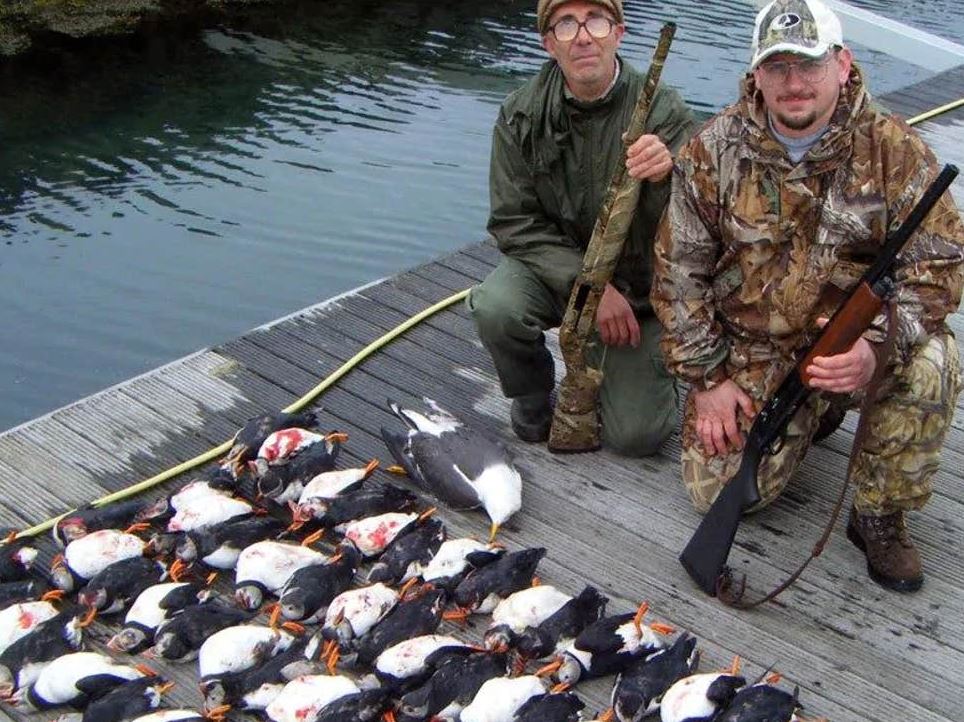 How anyone could think that the mindless slaughter of such a beautiful and declining bird was a fun day out is beyond comprehension, especially when they are so tame and confiding. And I wonder if Carrie will also be at the Birdfair today to hear Chris Packham's presentation. This for us is the real highlight of the whole event. The hour-long presentation to a marquee full to overflowing with 1,000 people by Chris and colleagues will I expect touch on the destruction of our UK uplands and its wildlife on driven grouse moors. But resistance is growing by the day. If you haven't already signed the petition you can do so here. The illegal slaughter of our birds of prey by some gamekeepers involved in driven grouse moors and the wilful blindness to this by politicians both in Scotland and England is an utter disgrace. A Golden Eagle was photographed last week over a grouse moor in the Cairngorms National Park in Scotland last week with an illegal trap clamped to its feet. It hasn't been seen since and will almost certainly be dead by now. This follows the finding of two illegal traps near a Hen Harrier nest on the Leadhills Estate in South Lanarkshire, Scotland. One contained a badly injured male Hen Harrier that was taken to a specialist veterinary surgeon for treatment but later had to be euthanaised. You can read more about these atrocities on the RPUK website. And finally good luck to Greta Thunberg on day 3 of her voyage across the North Atlantic on a small yacht to address the UN at a conference in New York. I don't have such fond thoughts for Arron Banks who tweeted to her that "Freak yachting accidents do happen in August ..."!!!. Lovely chap Arron. I wonder what makes this charming man think for one moment that it is acceptable to dish out abuse like this to a 16-year old girl with Asbergers who is simply trying to save the planet. A formal complaint has been made to Twitter. Yes that's the same Arron Banks that is according to the Guardian under criminal investigation for his part in the UK Brexit Leave campaign. And the same Arron Banks that is said by the Times to be under investigation in relation to his South Africa mines. And the same Arron Banks that is suing the Guardian journalist Carole Cadwalladr who took home the Technology Journalism and Investigation of the Year prize at the British Journalism Awards in 2018 for exposing the harvesting of millions of Facebook users’ data by the now-defunct Cambridge Analytica and the wider impact of technology misuse on democracy. And you can read more on Carole's Twitter here. He is also said to be not very happy about what is said about him in The Great Hack. His tactics towards anyone that says anything about him that he doesn't like and especially to Carole Cadwalladr reminded me of this clip from Chris Packham's speech at Hen Harrier Day 2019 at Carsington Water the other day where he relays a comment that his dad made to him while they were at a football match when he was a young lad and had just witnessed a brutal foul - They're playing the man because they can't beat the team. I do urge you to watch this. The similarities with the abuse that Chris Packham (who also has Asbergers) gets from some people in the shooting community is striking.
There were a few different moths in the moth trap this morning. The one on the bottom right of these four that looks like a Eublemma is one that we have seen before at Topes and I still haven't worked out what it is. Today was really a travel day with stops on our way to Moa. But on the stops we saw some nice things. An obliging Cuban Broken-dash Wallengrenia misera . several Gulf Fritillary Agraulis vanillae larvae including one of a remarkable colour form that even Doug had not seen before. Nanus Skipperling Oarisma nanus are a tiny butterfly around 7mm long and very slim. They fly very low to the ground so are easy to miss. You will only find them in clearings in natural vegetation with fine grasses growing. I don't have a 100mm macro lens for my Canon camera, I'm going to have to get one because the quality of of my pictures could be so much better a lot of the time. So for close ups i use a small Panasonic Lumix TZ41 which with perseverance and the right conditions can produce some nice results and I was quite pleased with picture below, but I'd still like to see how it compares to a 100mm macro Canon.
The Hotel Pinares de Mayari has good facilities, good food, clean unheated pool and nice rooms in wooden cabins set in spacious grounds where you can run a moth trap - what more could you want? Well, a few more moths would have been nice but I was only using a wemlite bulb rather than an MV with a heavy choke. We explored locally first of all looking for one of the newly described Calisto sharkeyae but although Doug had a brief look at one as well as a Calisto bruneri, all that I managed to see was the common Calisto herophile. So I spent a while photographing an obliging Cuban Bullfinch that kept coming back to to some bare branches in front of me till I realised that it was waiting for me to move away from the berry tree where it wanted to feed. The large bright pink orchid Bletia purpurea was quite common. This is not endemic and is found in the US and Central America as well as other islands in the Caribbean. A beautiful hawk-moth or Sphinx larva was camouflaged on a bare stem. I've since identified it as Isognathus rimosa Rimosus Sphinx. It seemed to have eaten most of the leaves already. We don't often come across phasmids here but I took a picture of this stick insect and have sent it to a world expert for his opinion. And I'm starting to get to grips with some of the odonata but some still coming across new ones There were a nice selection of butterflies including this nice group of yellows mud-puddling. We also saw Cuban Sicklewing Eantis papinianus, Caribbean Sailor Dynamine serina, Orange-washed Sulphur Phoebis avellaneda, and in the open areas with sparse fine grasses were two Nanus Skipperling Oarisma nanus. We also saw De Villiers' Swallowtail Battus devilliers, Polydamas Swallowtail Battus polydamas and Gundlach's Swallowtail Parides gundlachianus down near the river. In this area there was an Aristolochia growing at the base of some of the pines but despite careful searching we couldn't find any eggs or larvae of the Parides. A slight dampener was put on the afternoon when I discovered at lunch-time that I had lost my mobile phone out of my (normally zipped) pocket. We had covered quite a bit of ground during the morning in some rough terrain and thickets so the chances of finding it seemed pretty slim. Not wanting to waste good time in the field we didn't go back till the evening. I had a pretty good idea of where it might have happened and against all the odds I found it - happy days, must be more careful in future.
I have done some important updates to the website in the last couple of weeks. Firstly I have added quite a few additional reptile pictures here mainly as a result of some great contributions by Raimundo Lopez-Silvero and the expertise of Javier Torres Lopez for identifications. My thanks to them for their help. If readers have good quality photos, especially of species not yet featured, then I would be very pleased to use them here. I am also adding quite a lot more photos of Odonata which you can see by going to Species > Other Wildlife > Odonata or clicking here. I still have lots more to add which I will do over the next couple of months, and I'm grateful to Juerg Carl Demarmels for his help in identification. And once again if you have pictures of species not yet shown, or better ones than are here already, then I would be pleased to use them here. The number of species of butterflies that have been seen on Cuba has taken a sudden leap to 201 species, up from 196. The addition of five almost overnight is the result of some great research just published by Rayner Núñez and his colleagues into the Calisto group on the island using DNA barcoding amongst other criteria. The paper, published in Invertebrate Systematics, gives details of the five new species which are Calisto disjunctus, C. gundlachi, C. lastrai, C. sharkeyae and C. siguanensis though whether it is worth $40 just to read one research paper that has already been funded entirely by others including out of the public purse ie you and me is up to you to decide. The paper also contains some fascinating information on when and how the group evolved from its origins 12.15 million years ago to the present day and how those changes have been affected by the rise and fall in sea levels in the intervening period. So from what was just 20 years ago, thought to be just one or two species with a handful of subspecies, it has now been shown that there are sixteen full species on Cuba with undoubtedly more to be discovered. There has also been another important piece of research just published by PNAS entitled Genomes of skipper butterflies reveal extensive convergence of wing patterns which you can read here. For centuries man has used just the observable characteristics (phenotypes) to infer evolution and therefore to classify species and groups of species. It was always assumed that species with the same or similar phenotypes would be closely related but this research shows that species that are only distantly related display convergence in wing patterns that fooled researchers for decades. This paper takes a sample of the skipper Sub-Family Eudaminae and examines using genome analysis whether that was correct. I thoroughly recommend that you read the full paper which you can do for free.
In a nutshell this has resulted in a reclassification of the Eudaminae and so several species that were previously thought to be closely related have now been placed in different genera, and vice versa. I have now updated the Cuba species list and you can download it here. I am grateful also to Yosiel Álvarez for bringing another paper to my attention. Wahlberg et al (2009) Proc. R. Soc. B (2009) 276, 4295–4302 Nymphalid butterflies diversify following near demise at the Cretaceous/Tertiary boundary revised the taxonomy of the Nymphalidae and so that is now taken account of in the revised checklist above. It is freely available on the internet just as all research should be rather than hidden behind paywalls, the model for which was dreamt up by that well-known philanthropist Robert Maxwell who fraudulently misappropriated hundreds of millions of pounds from the Mirror Group pension fund. His family are still in the news today I see! |
Welcome to our Blog
Here we will post interesting news about what we and others have seen in Cuba. Archives
July 2024
Categories |
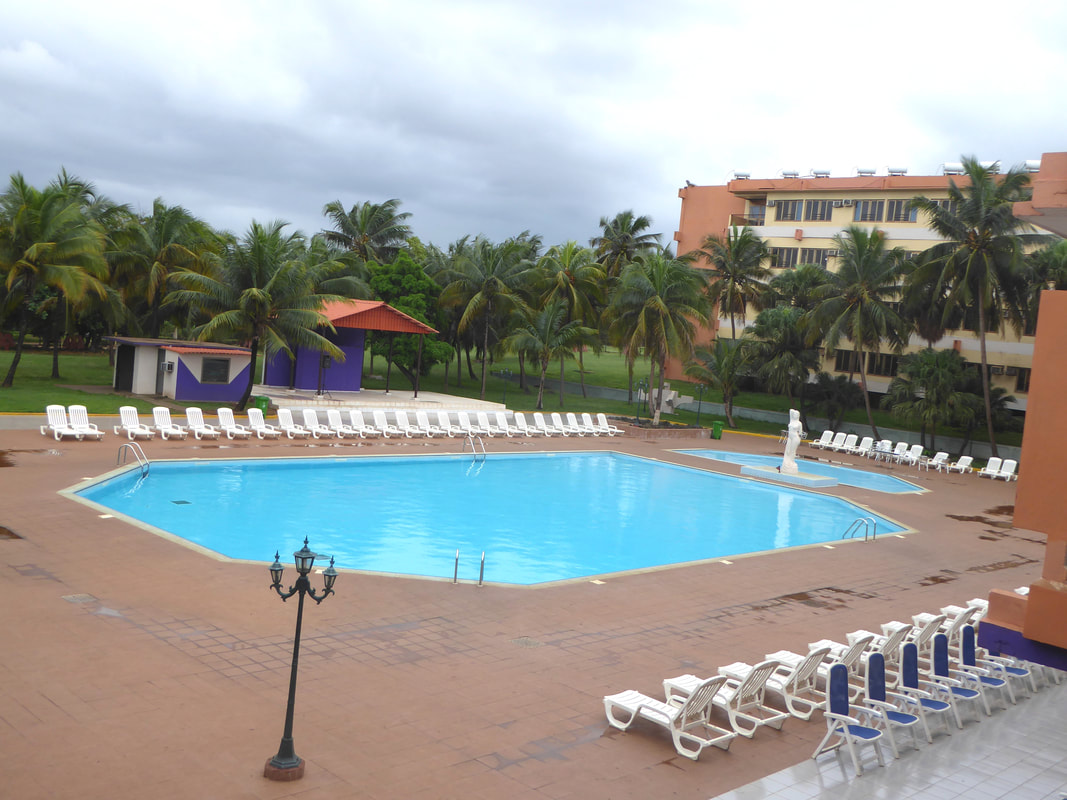
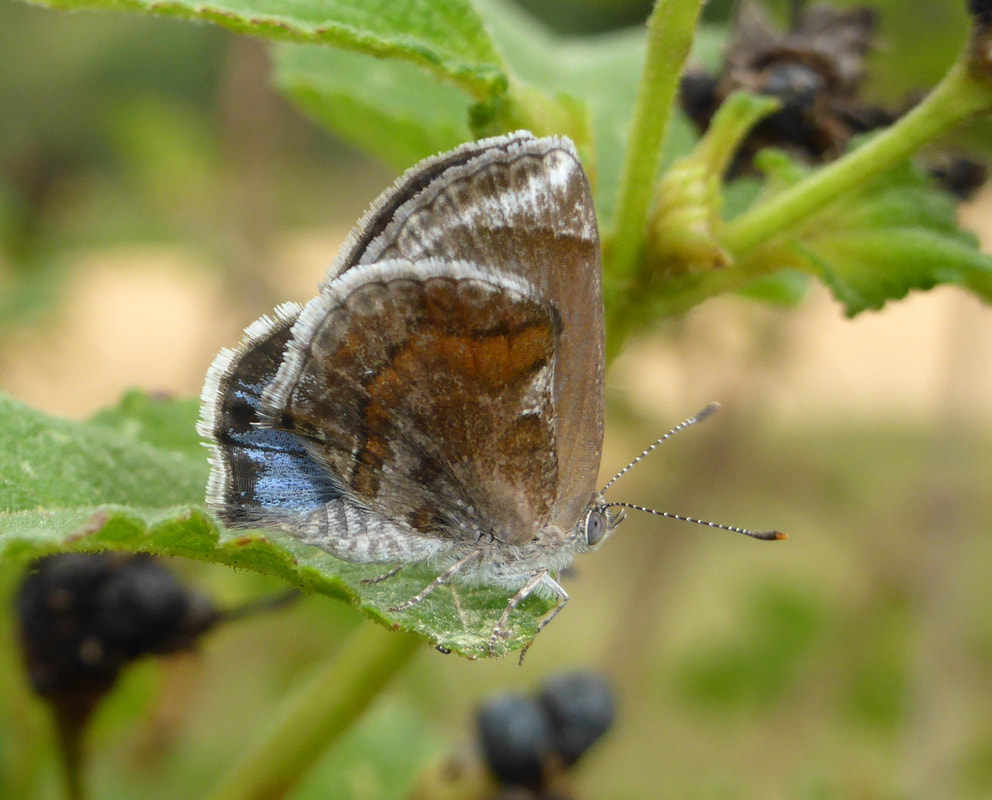
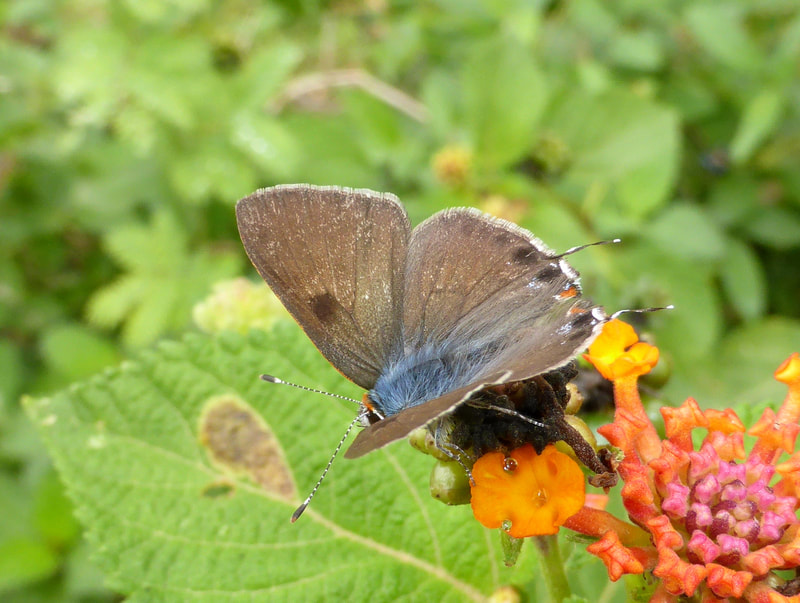
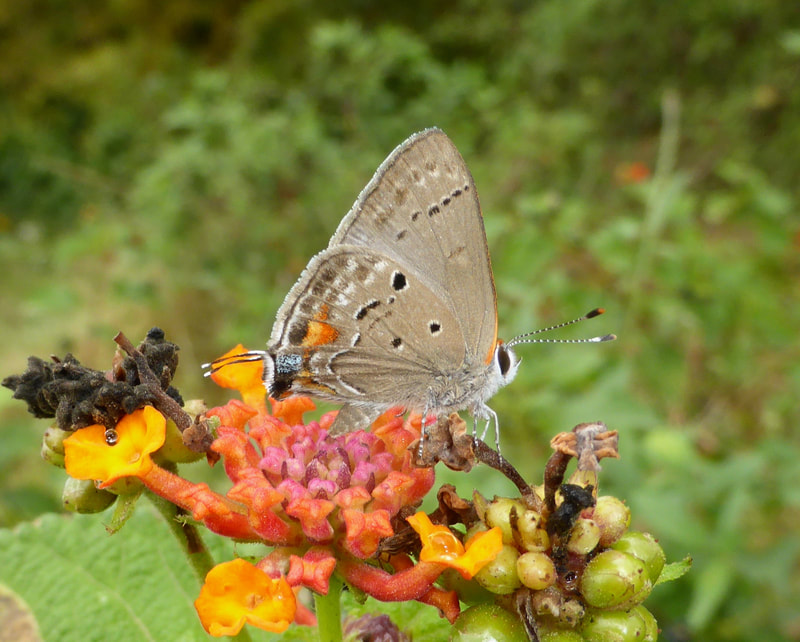
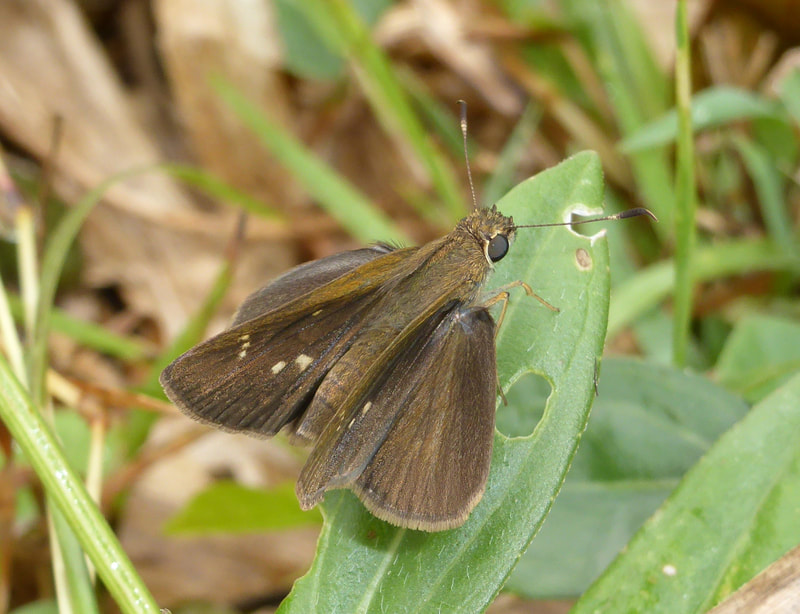
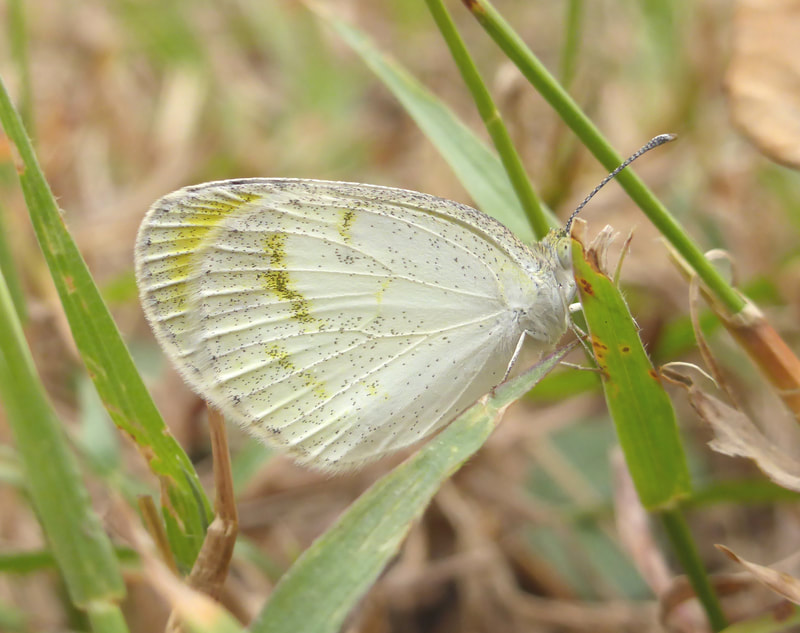
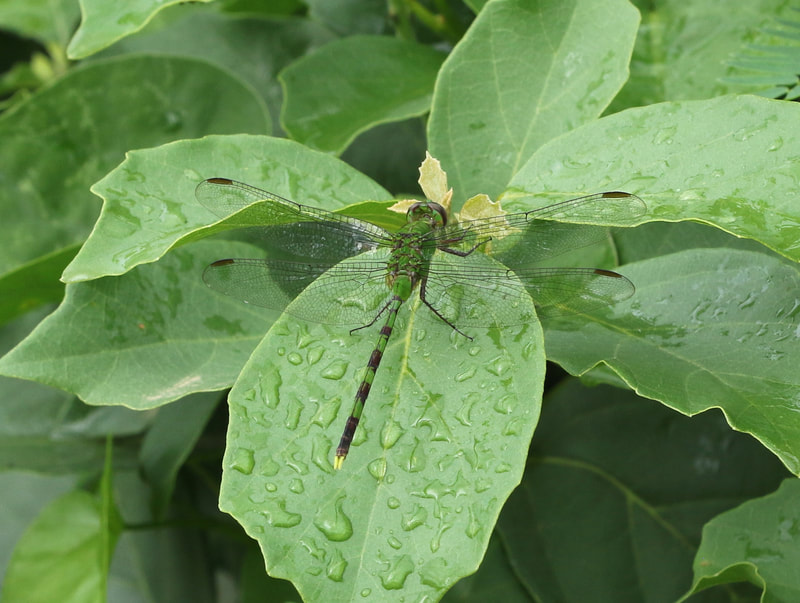
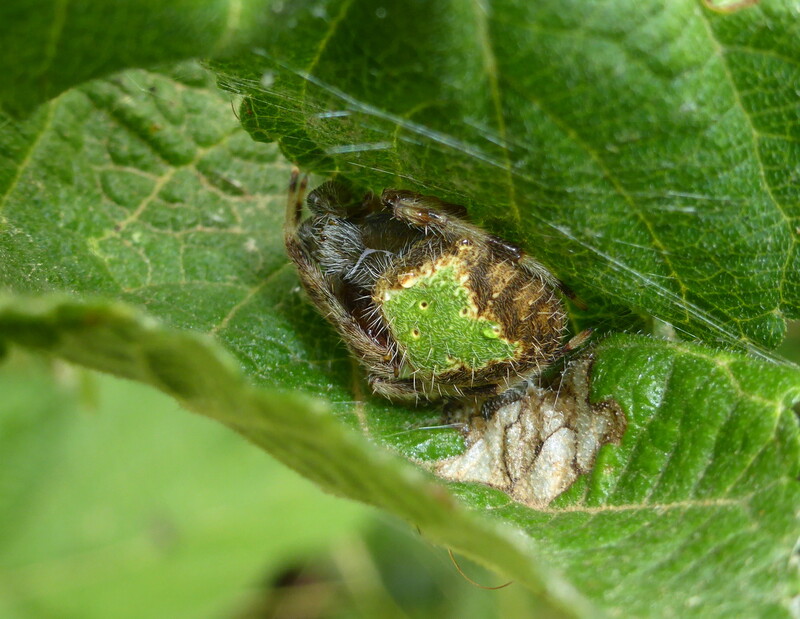
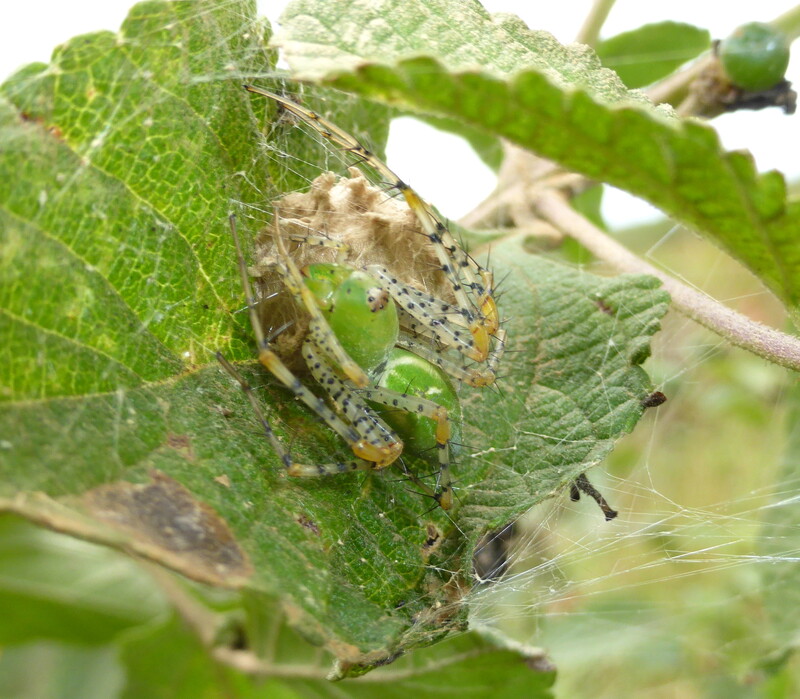
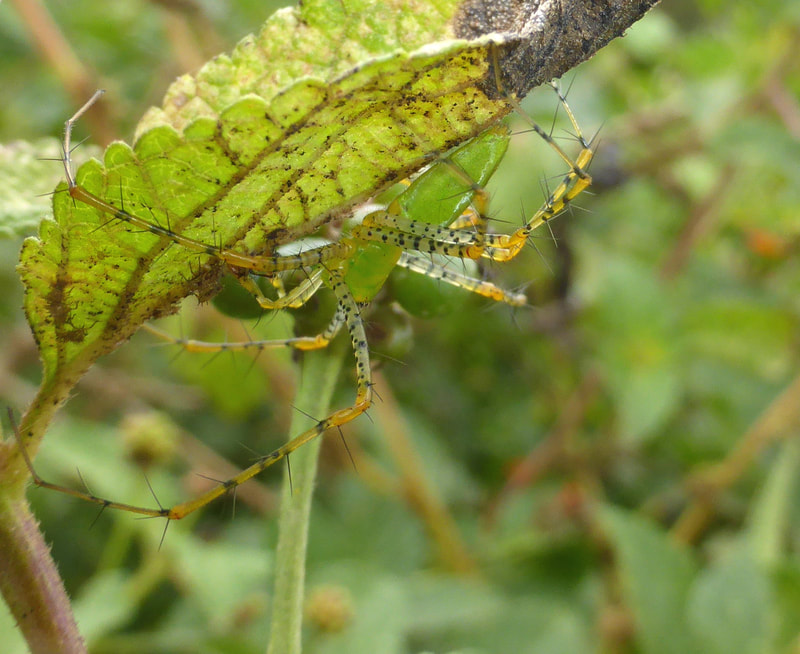

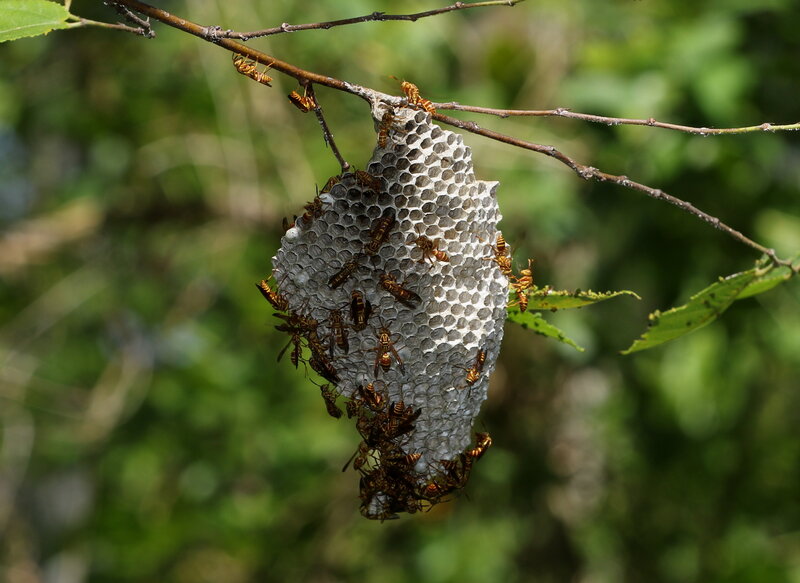
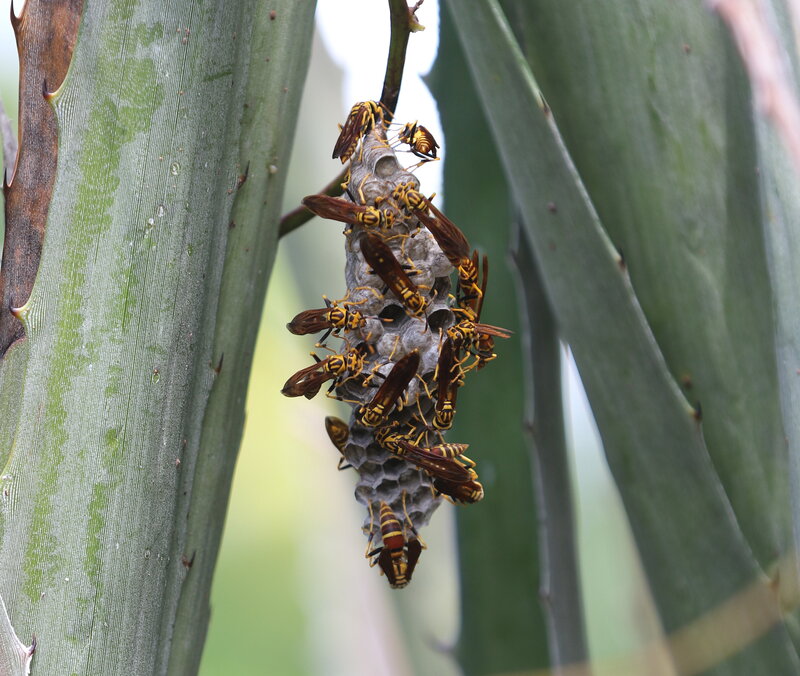
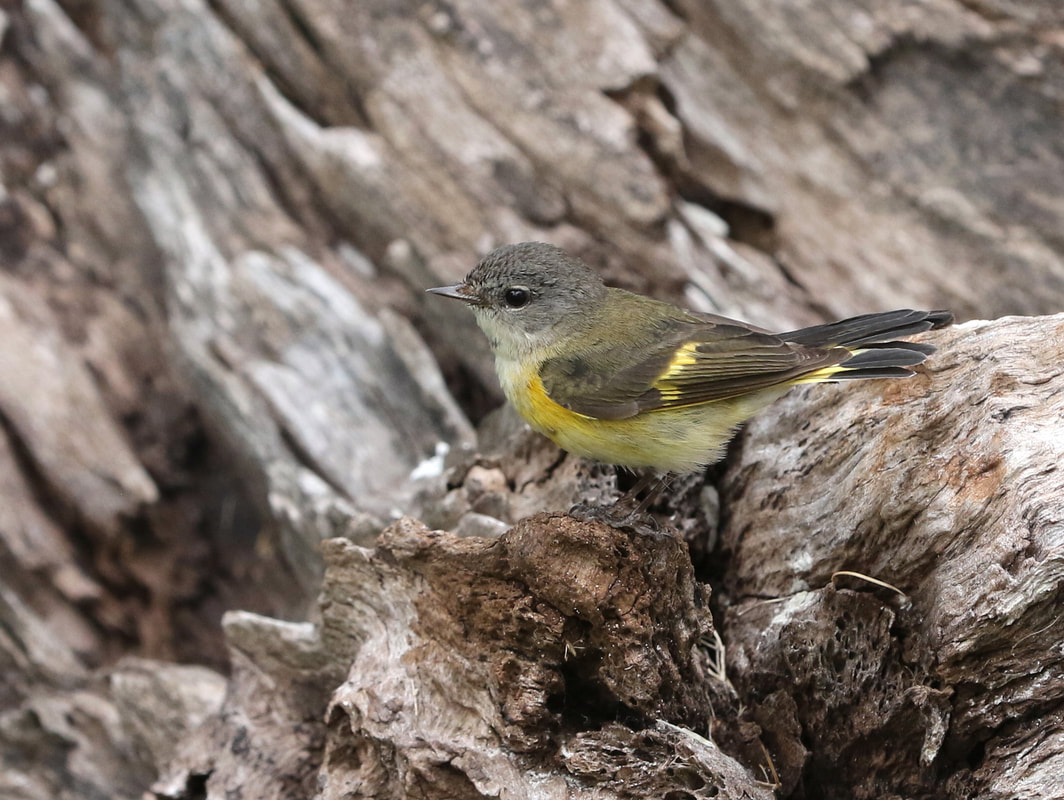
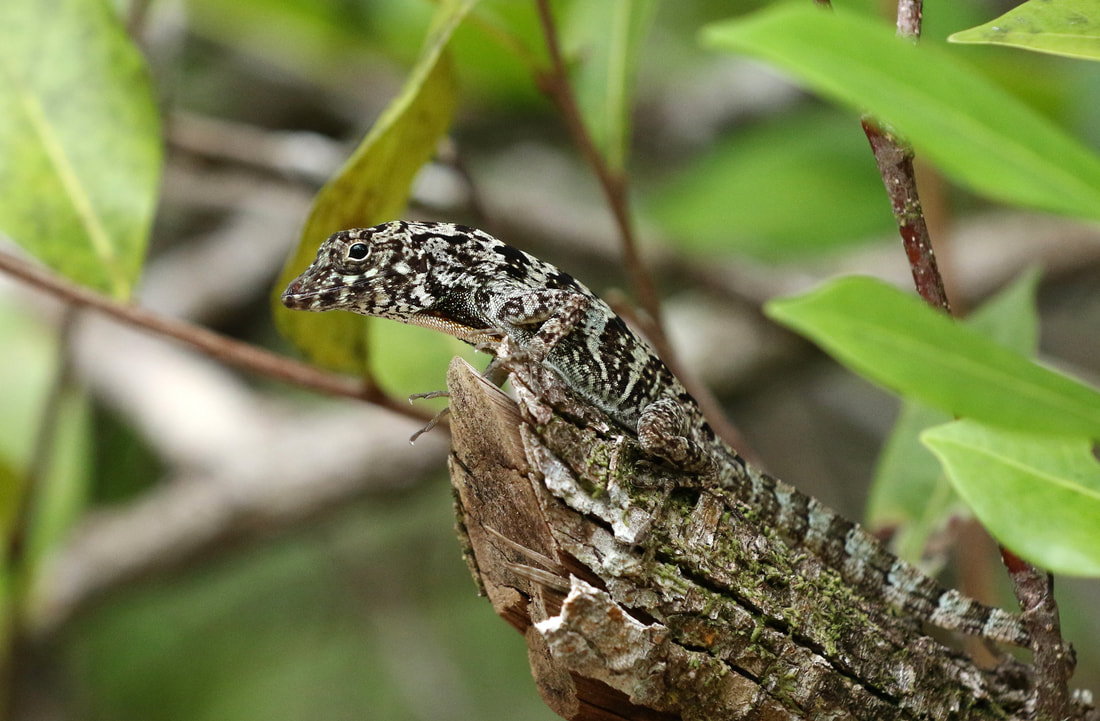
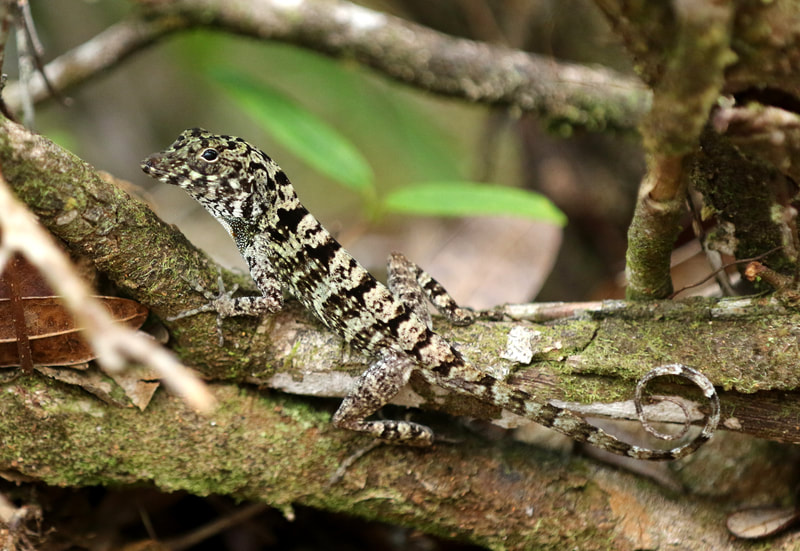
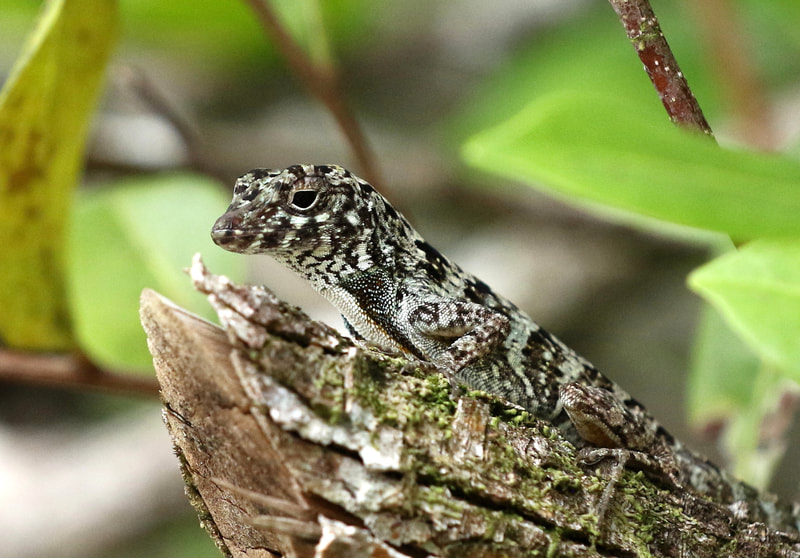
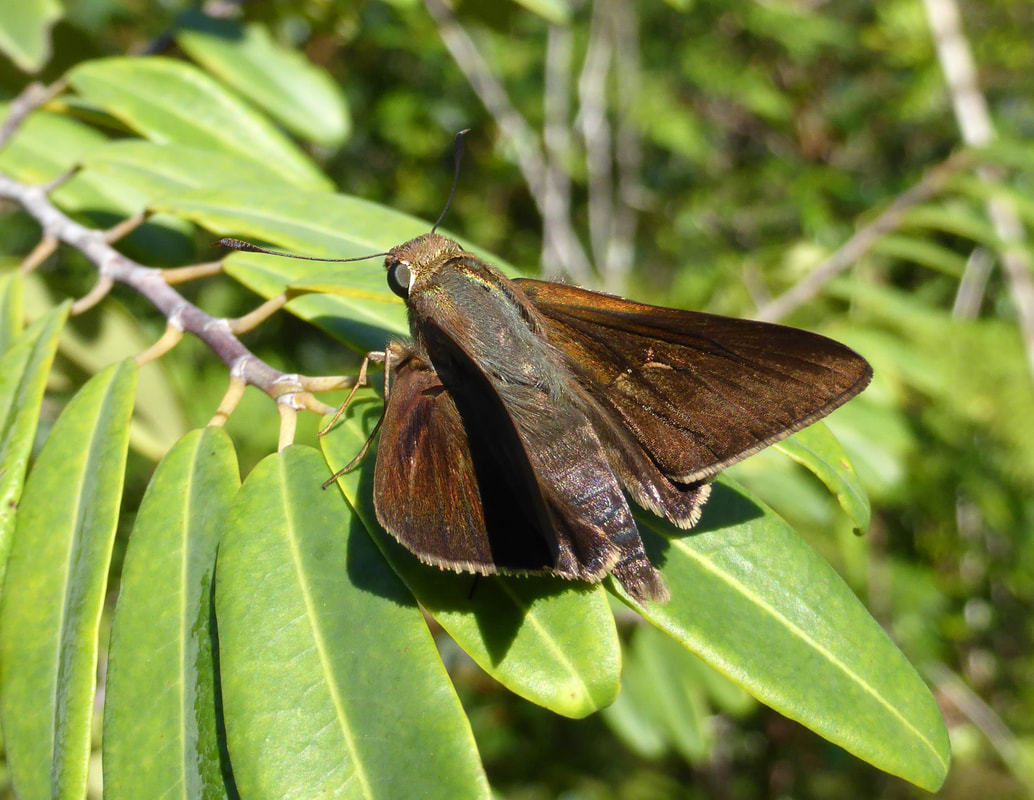
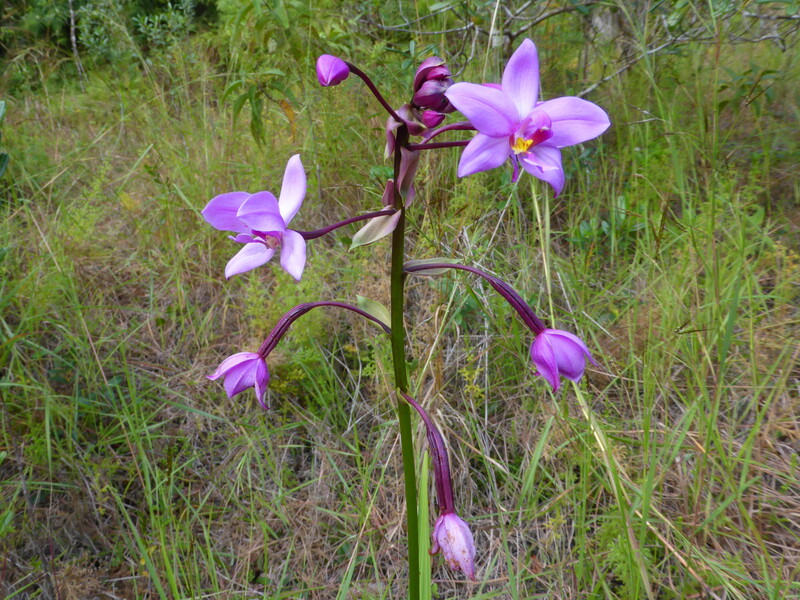
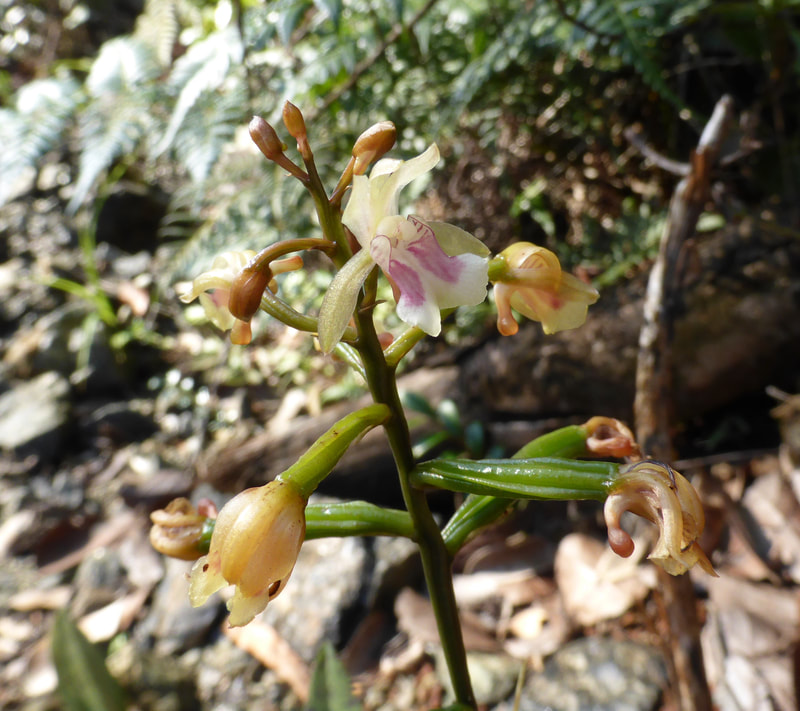
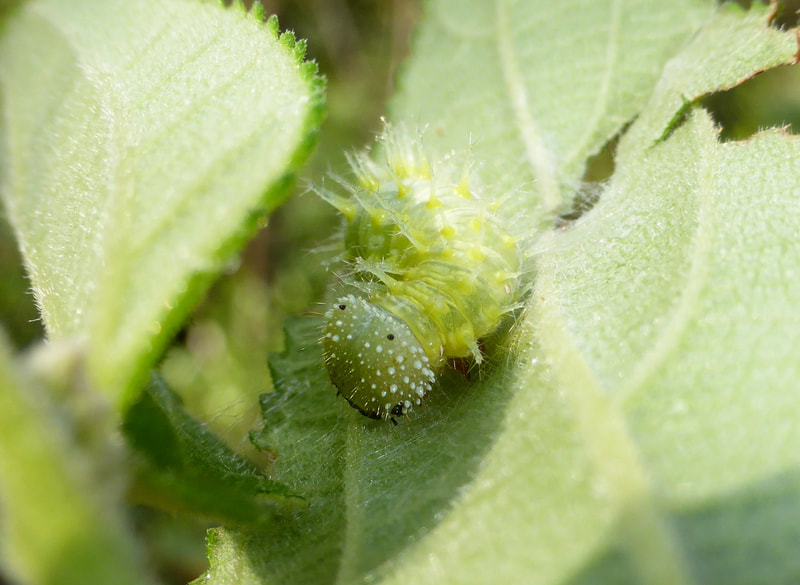
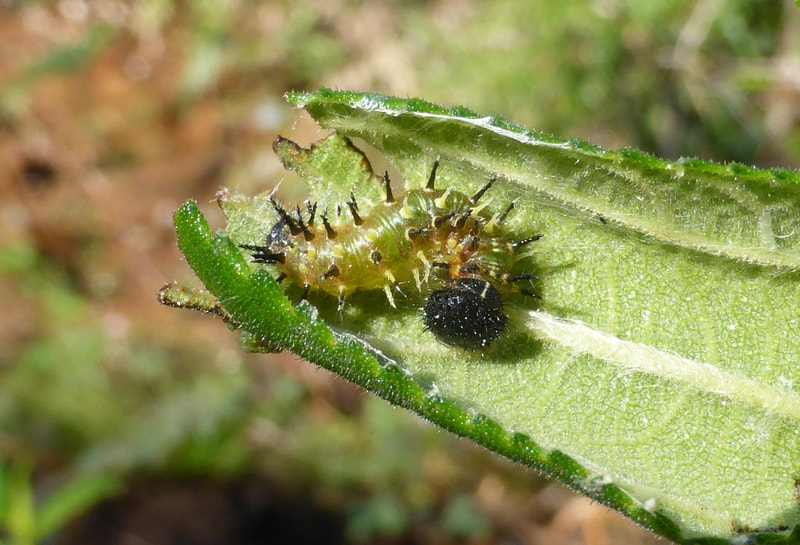
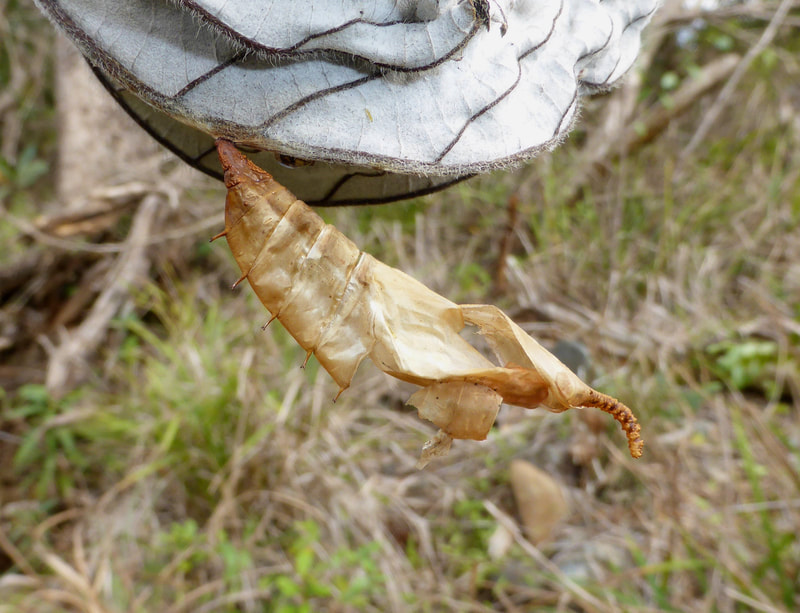
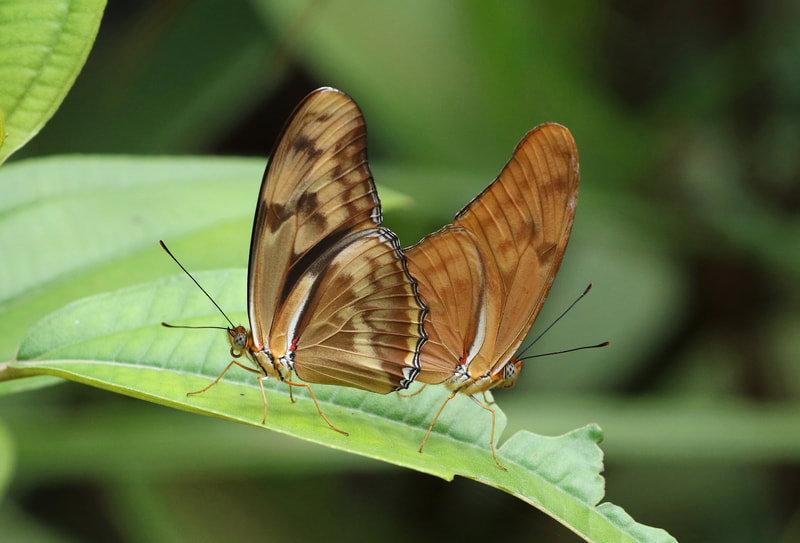
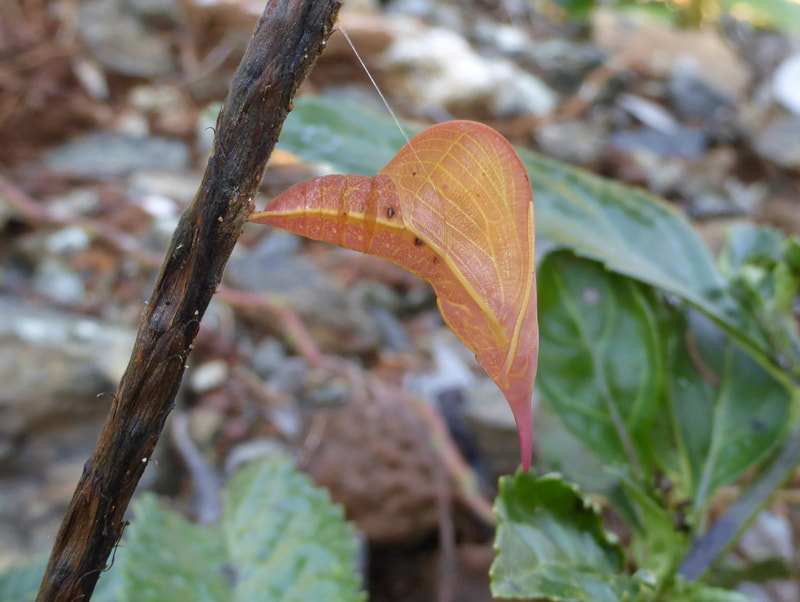
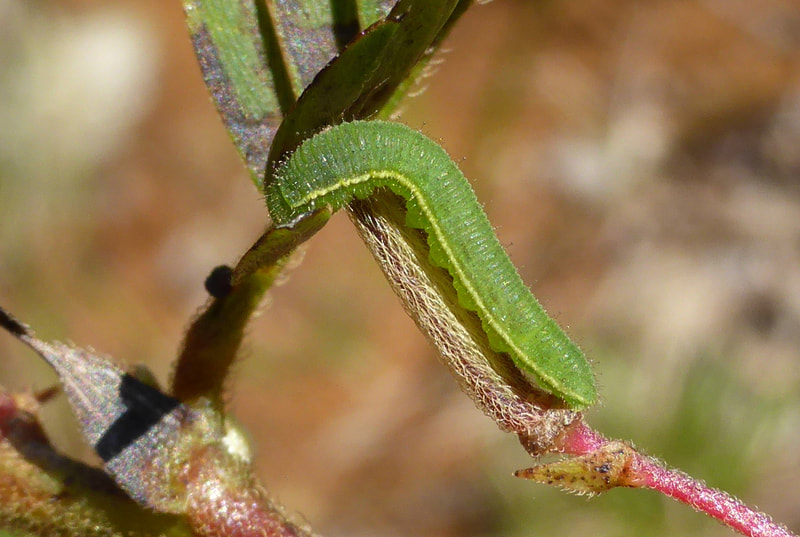

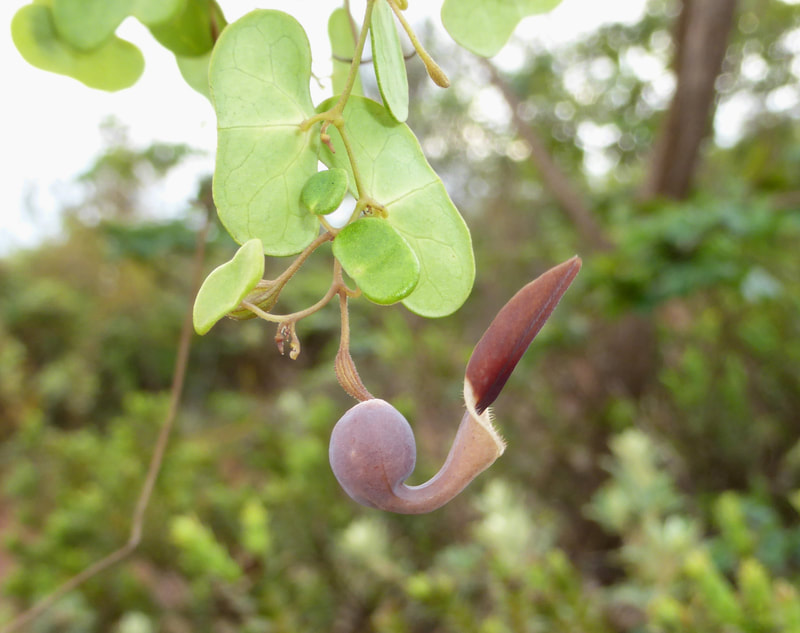
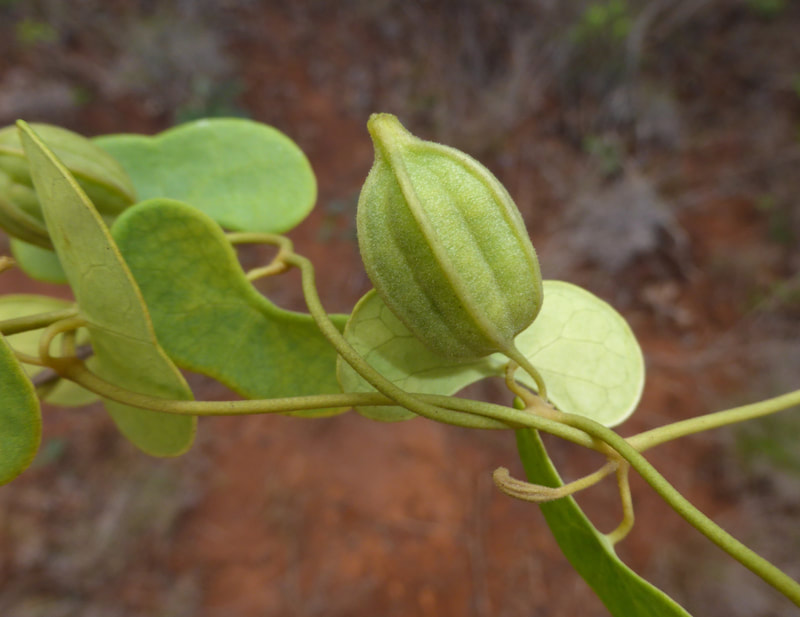
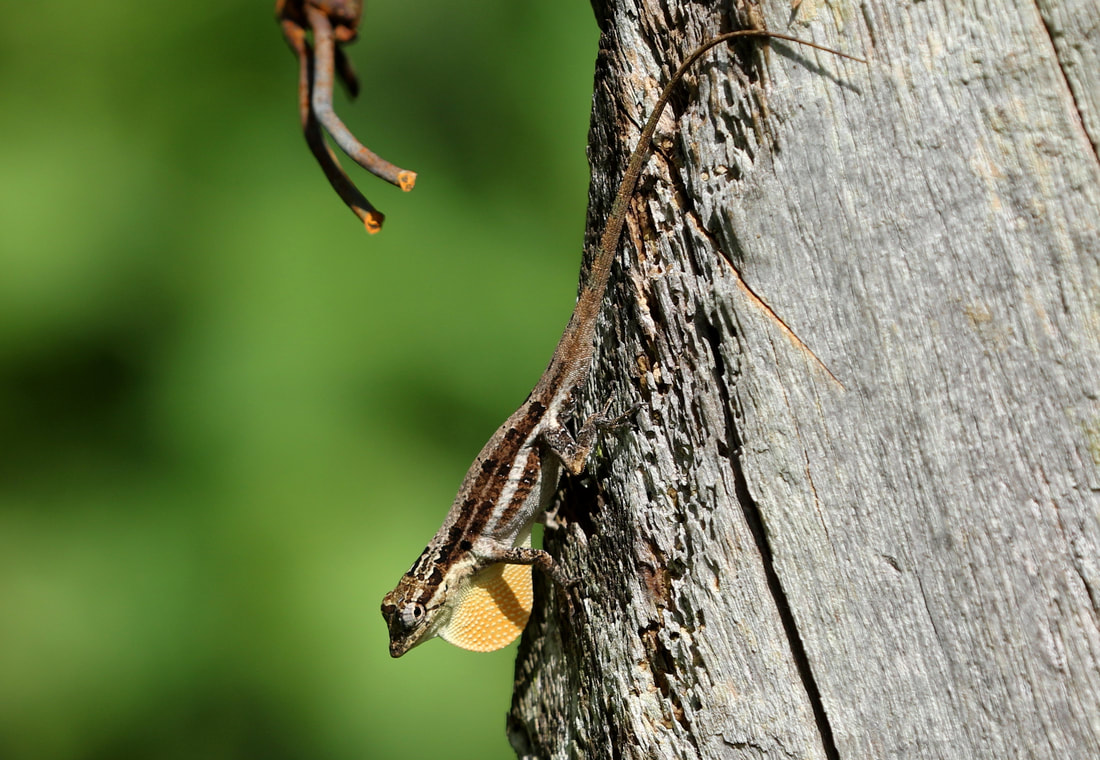


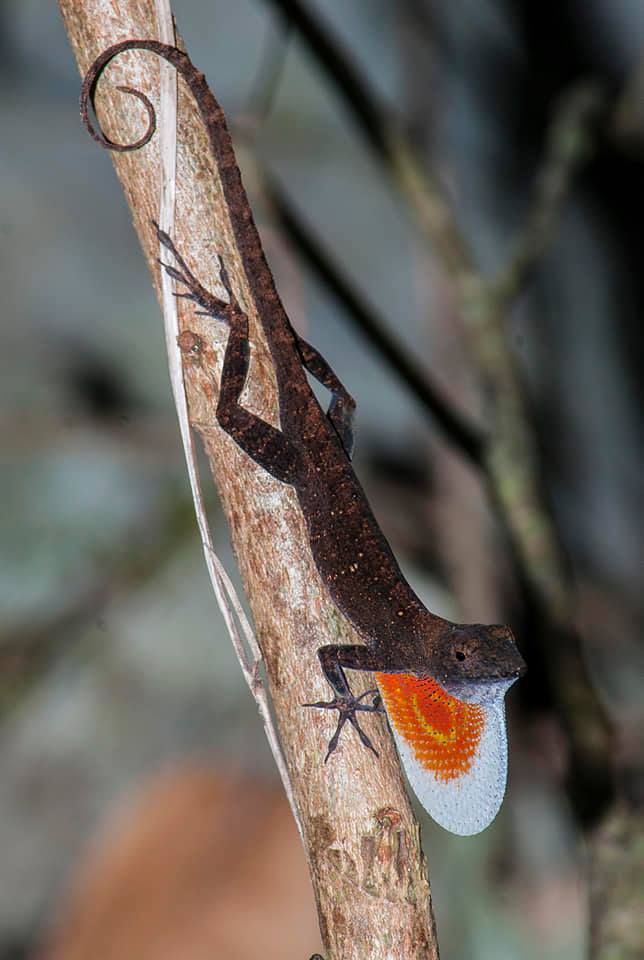
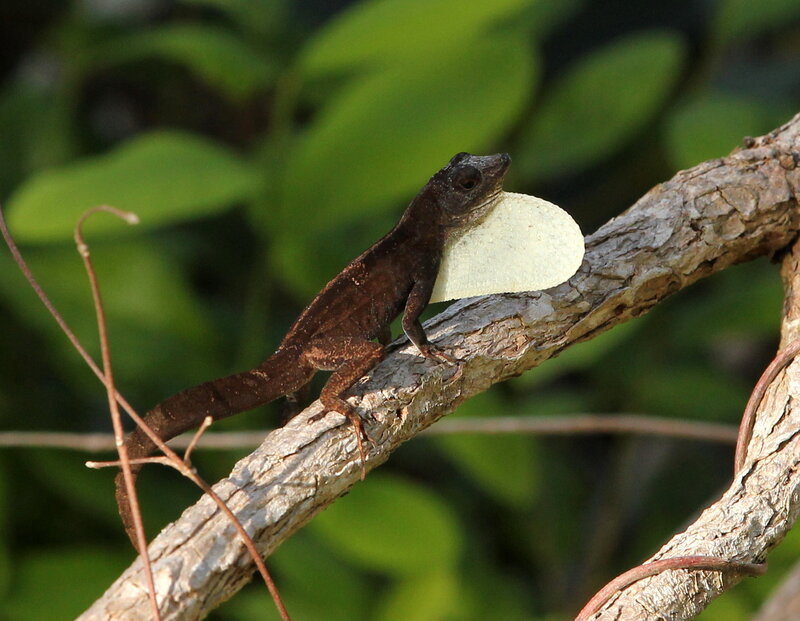
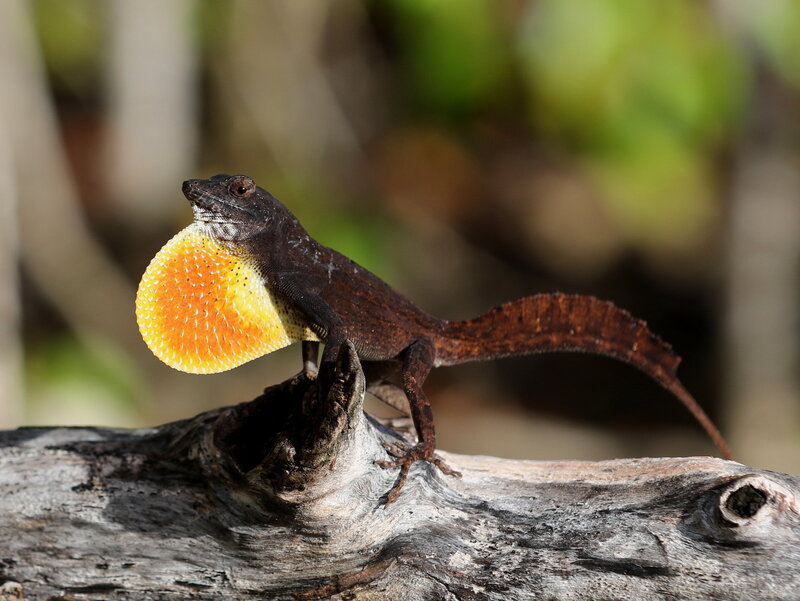
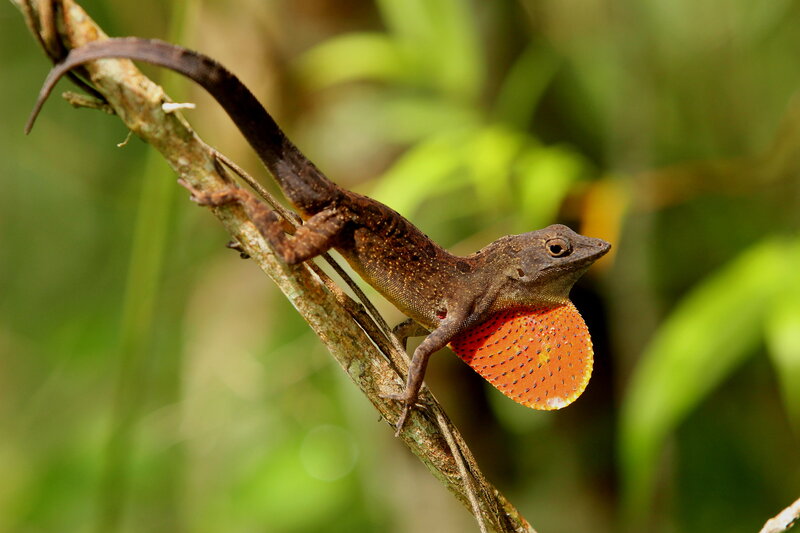
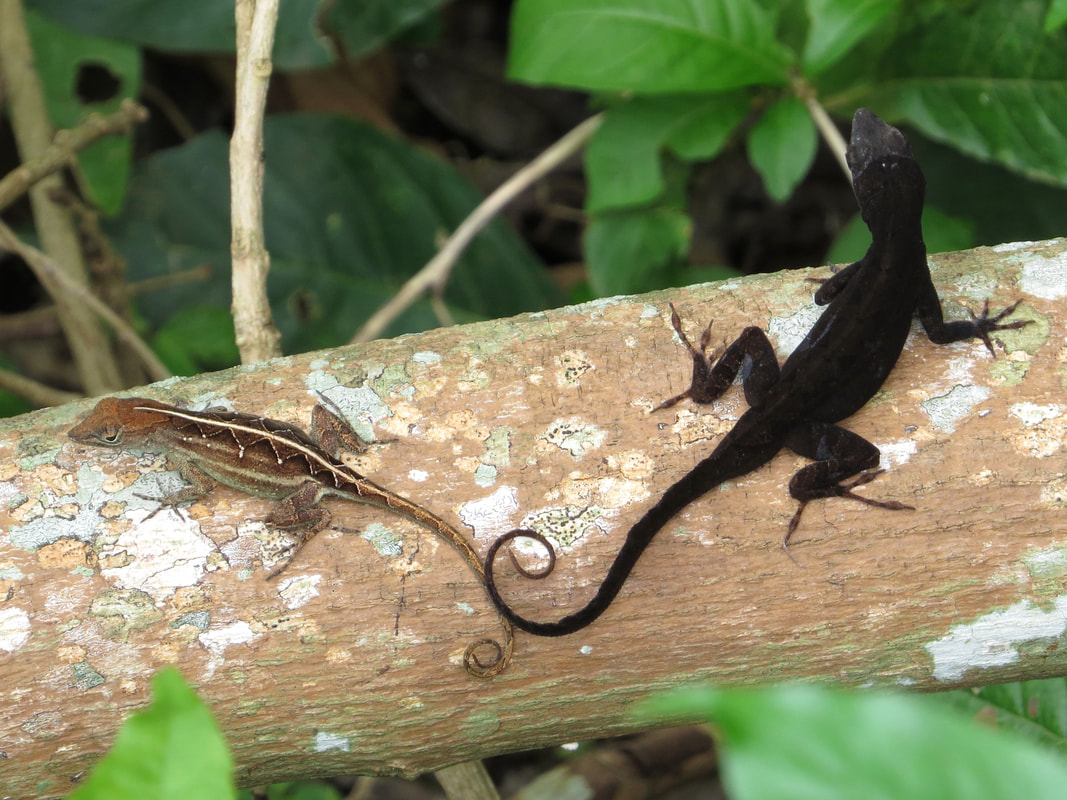
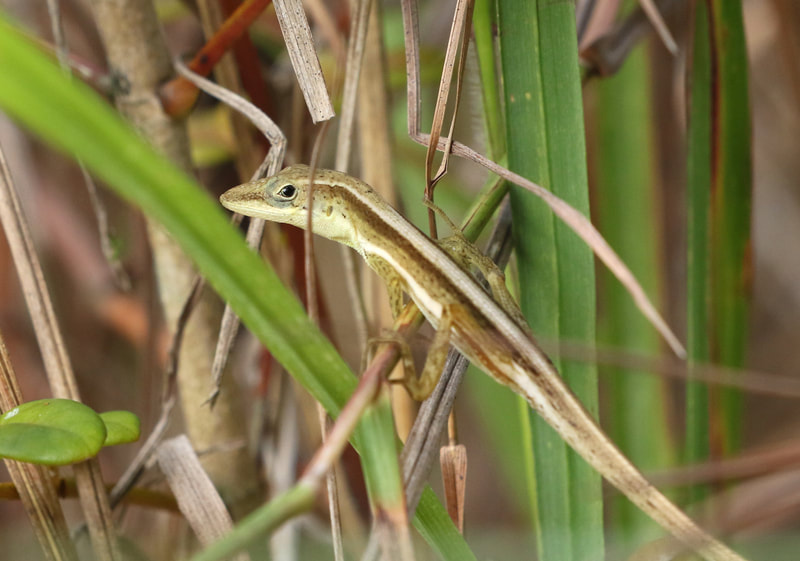
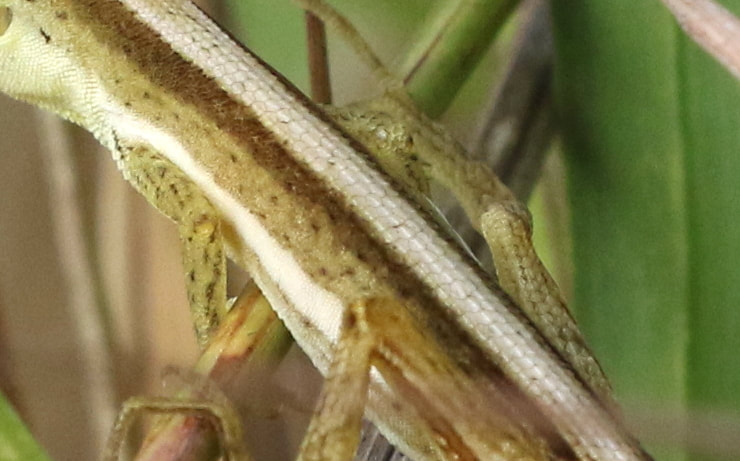
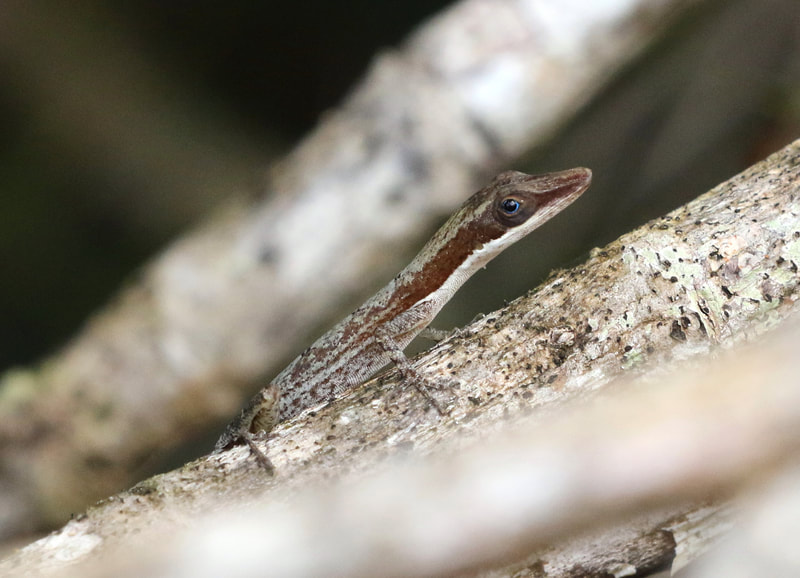
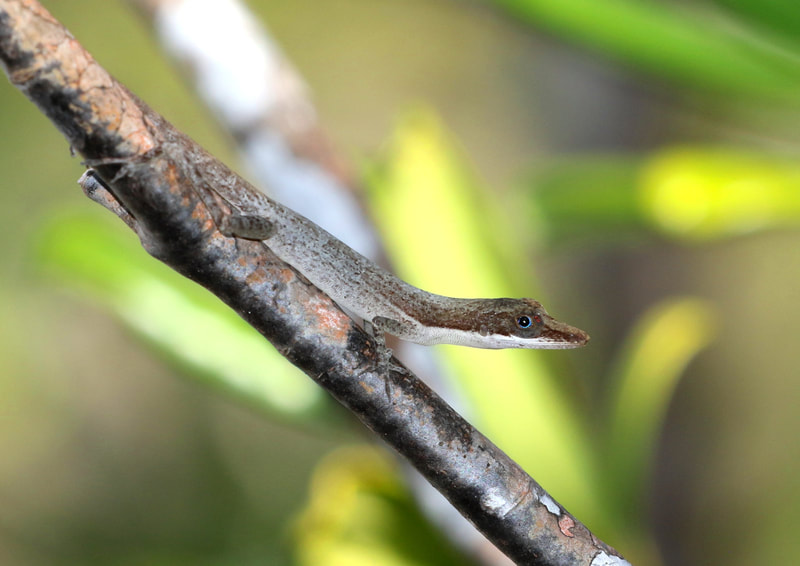
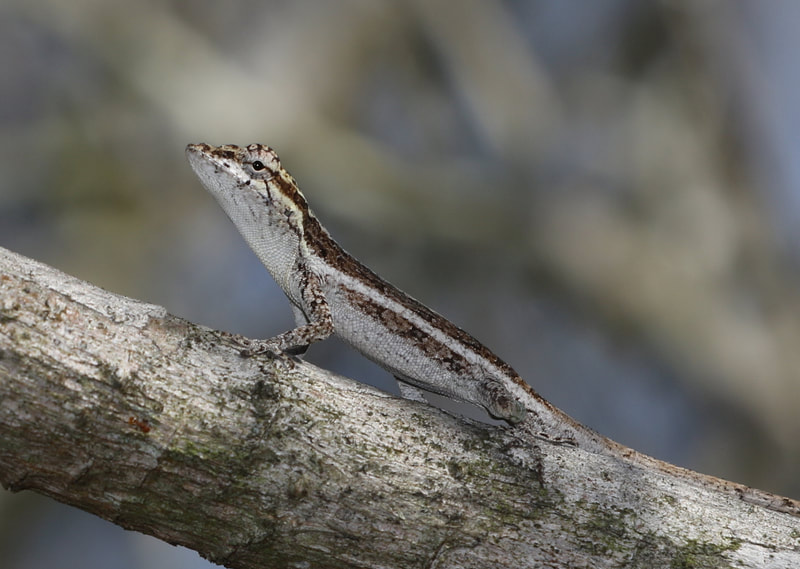
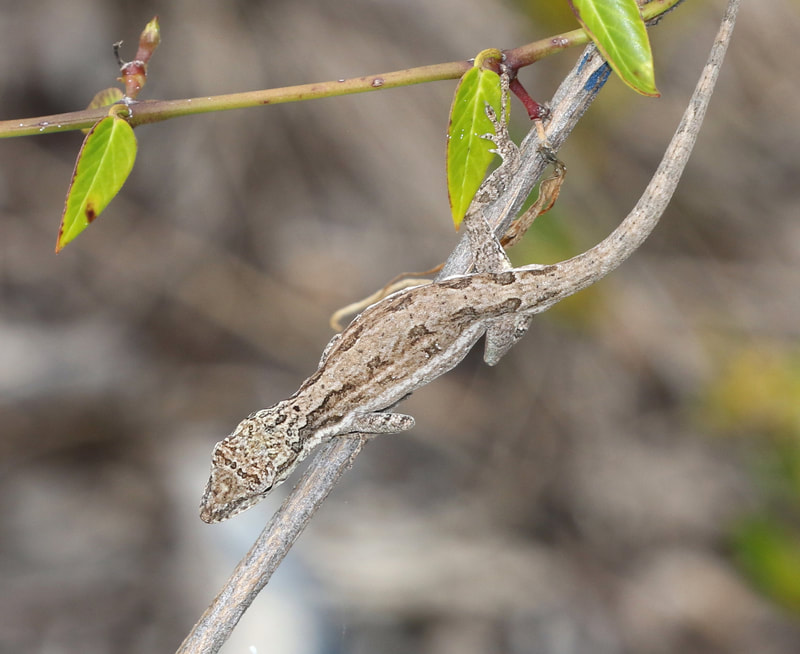
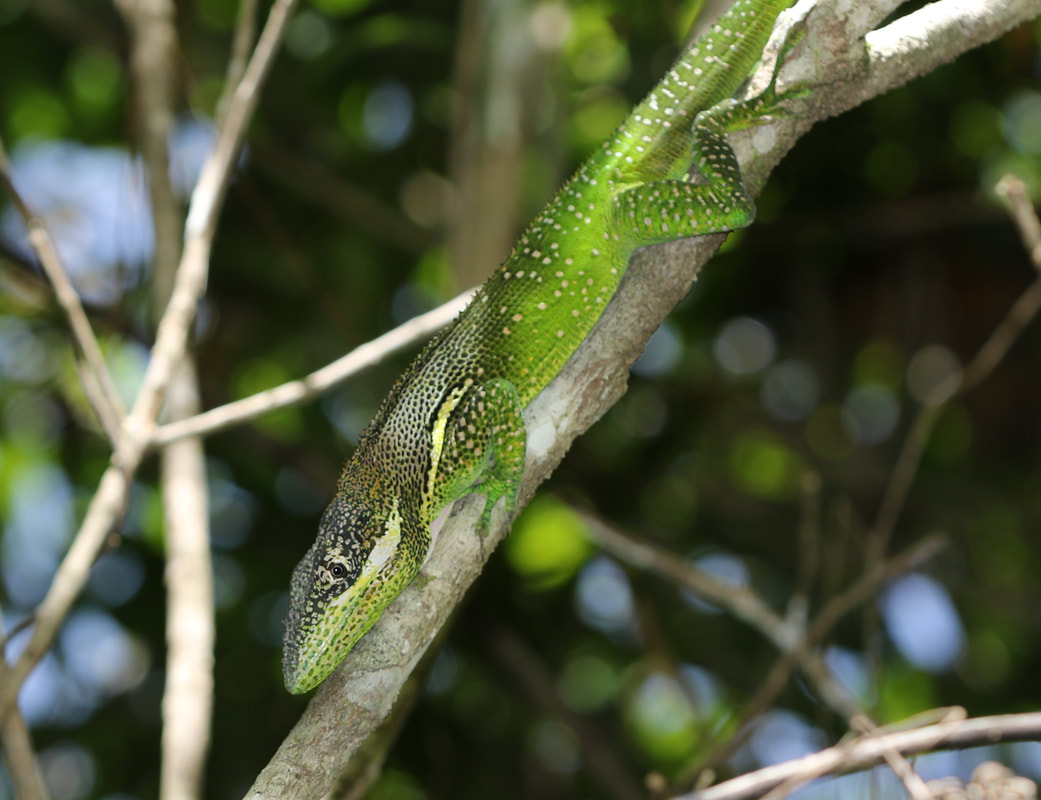
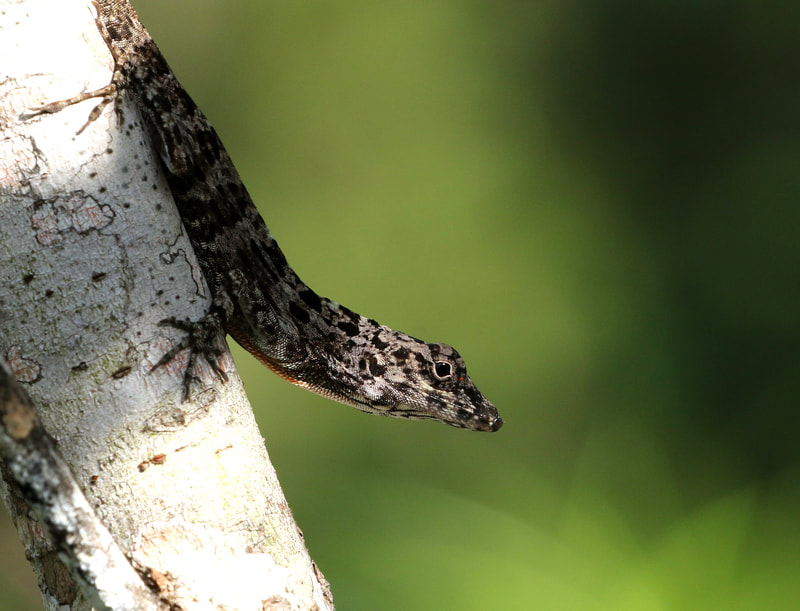
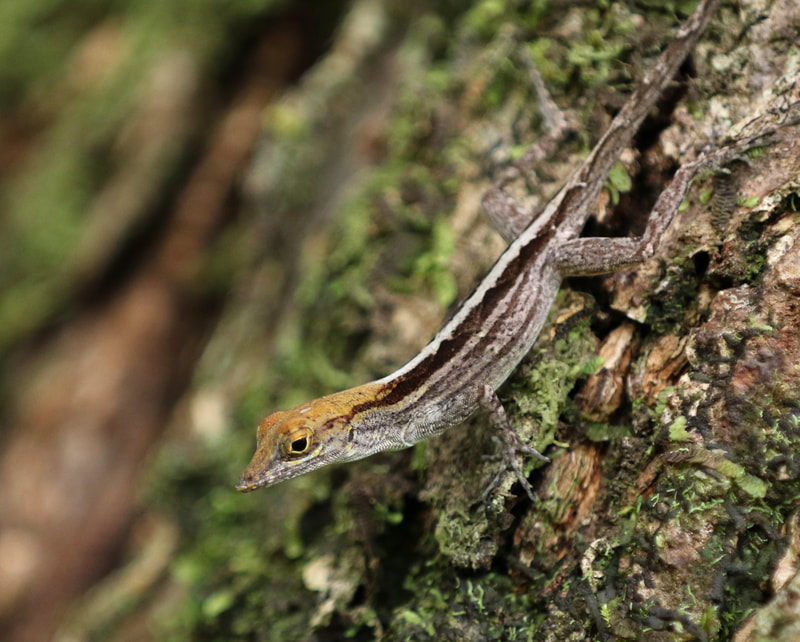
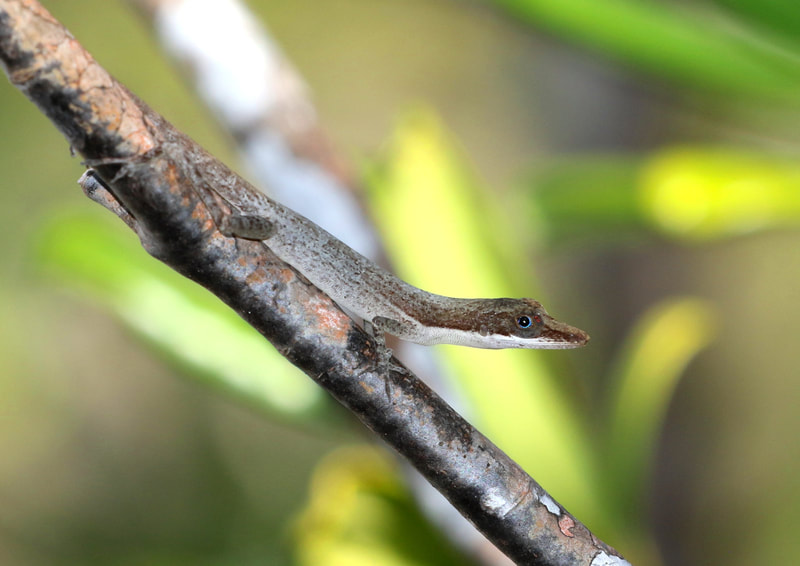
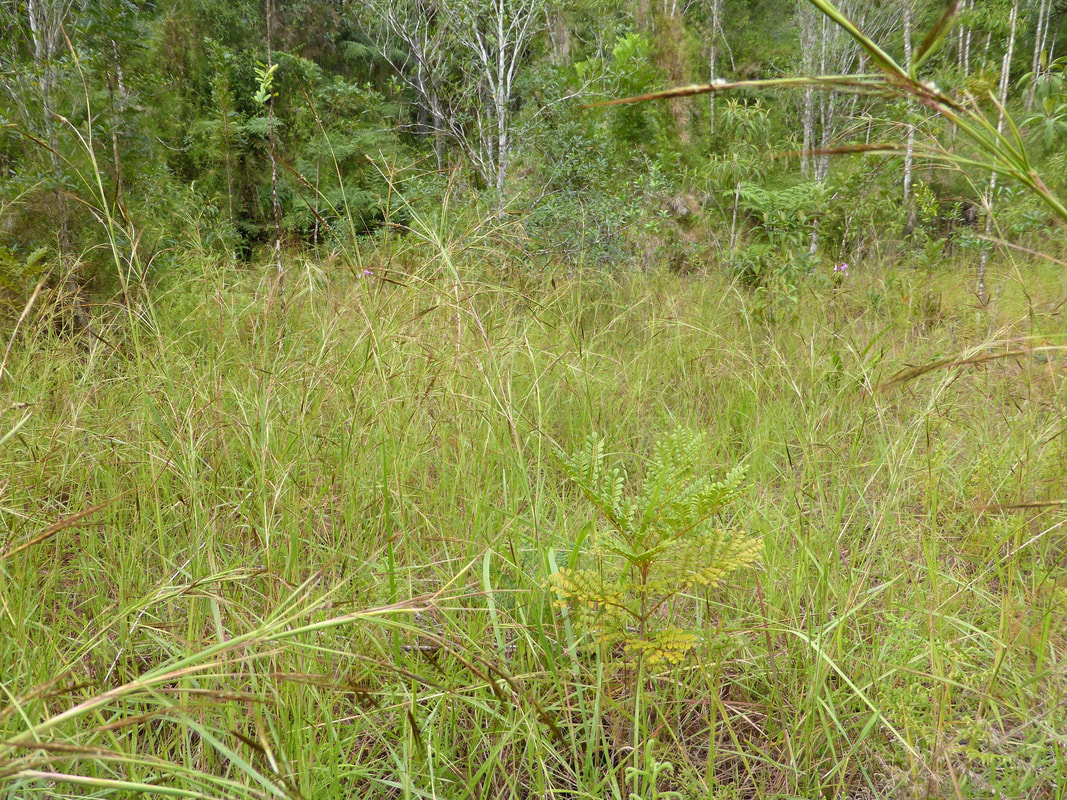
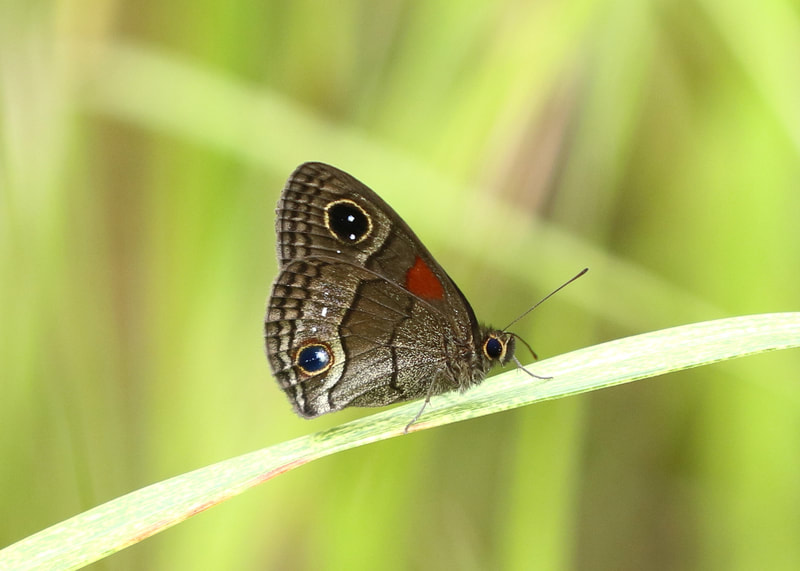
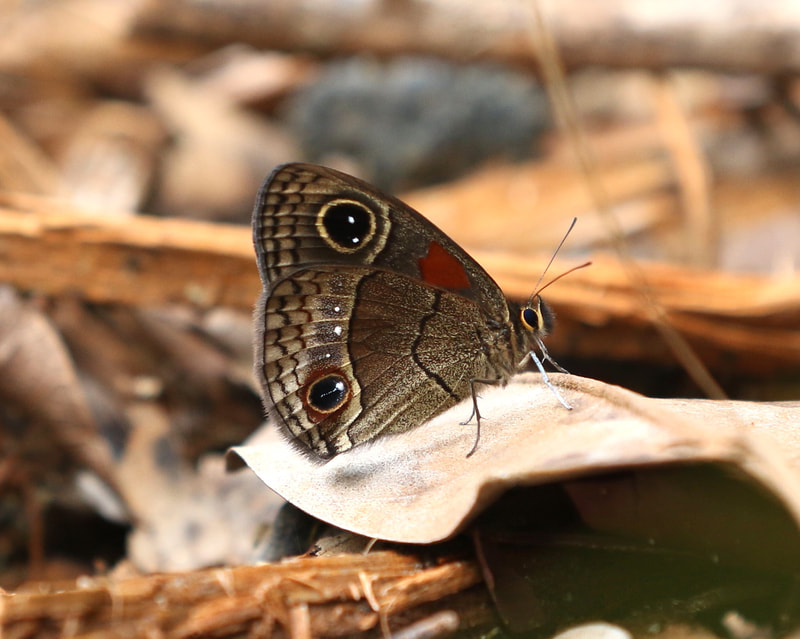
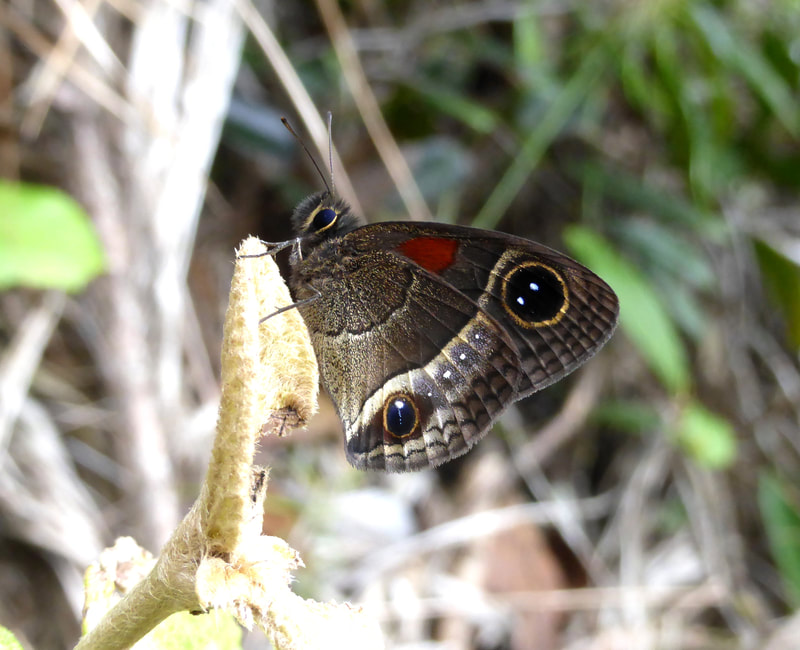
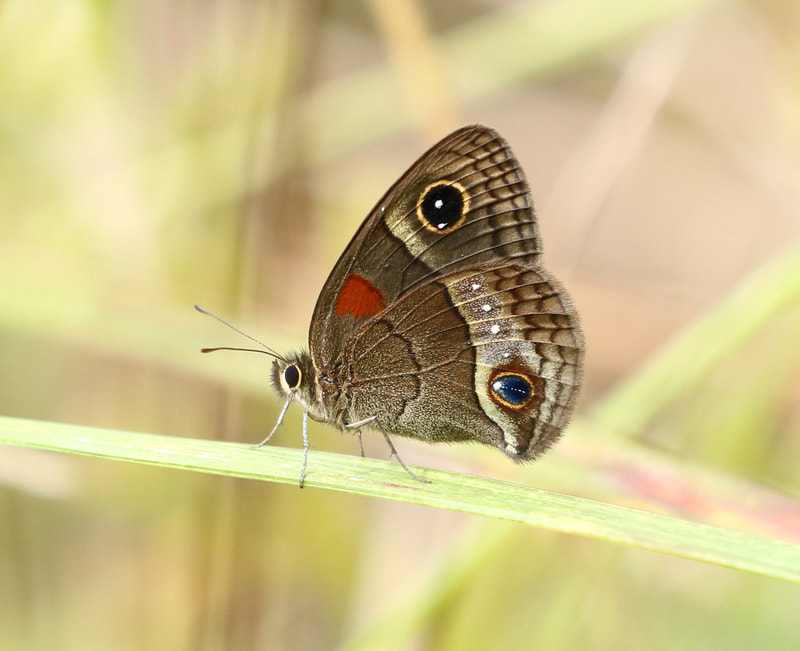
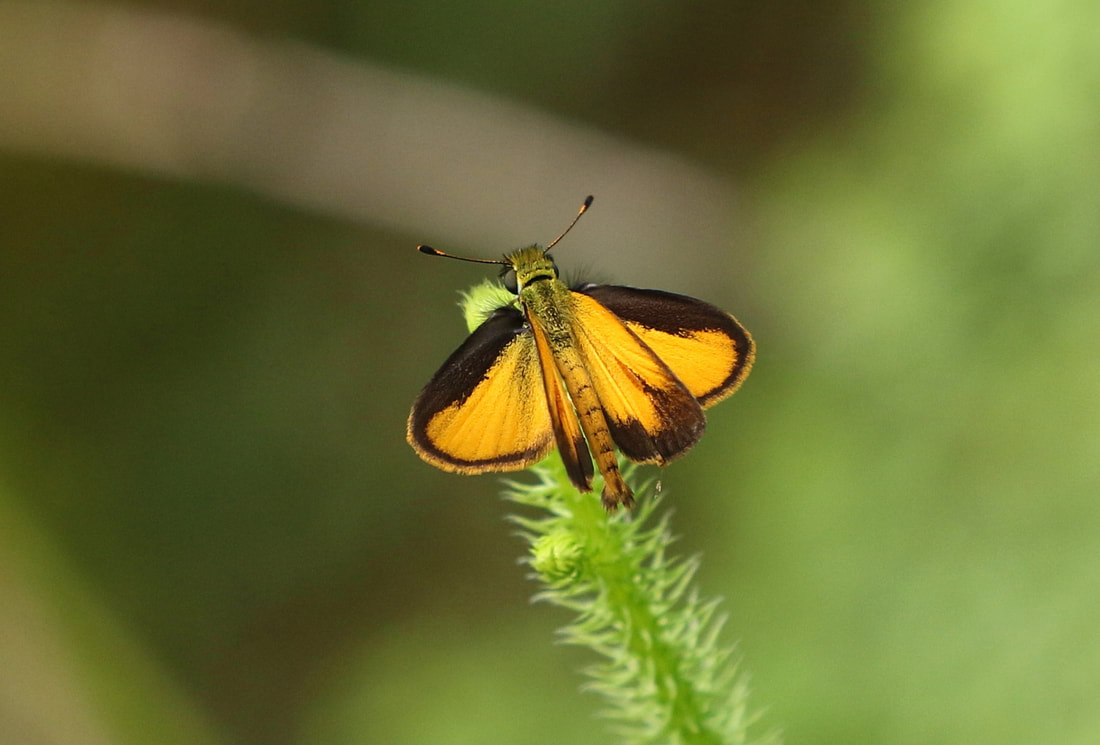
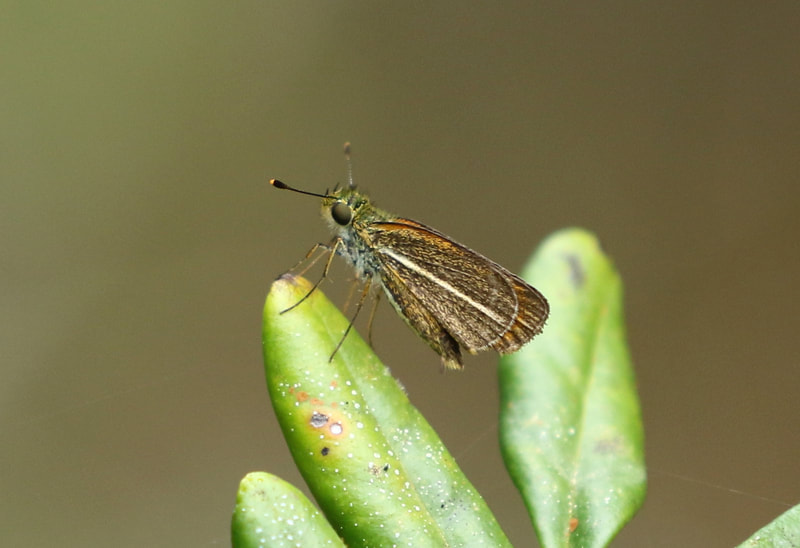
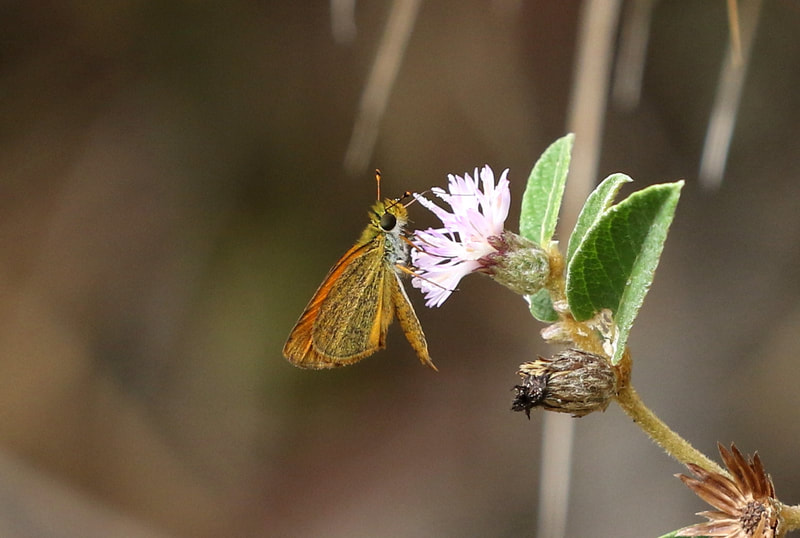
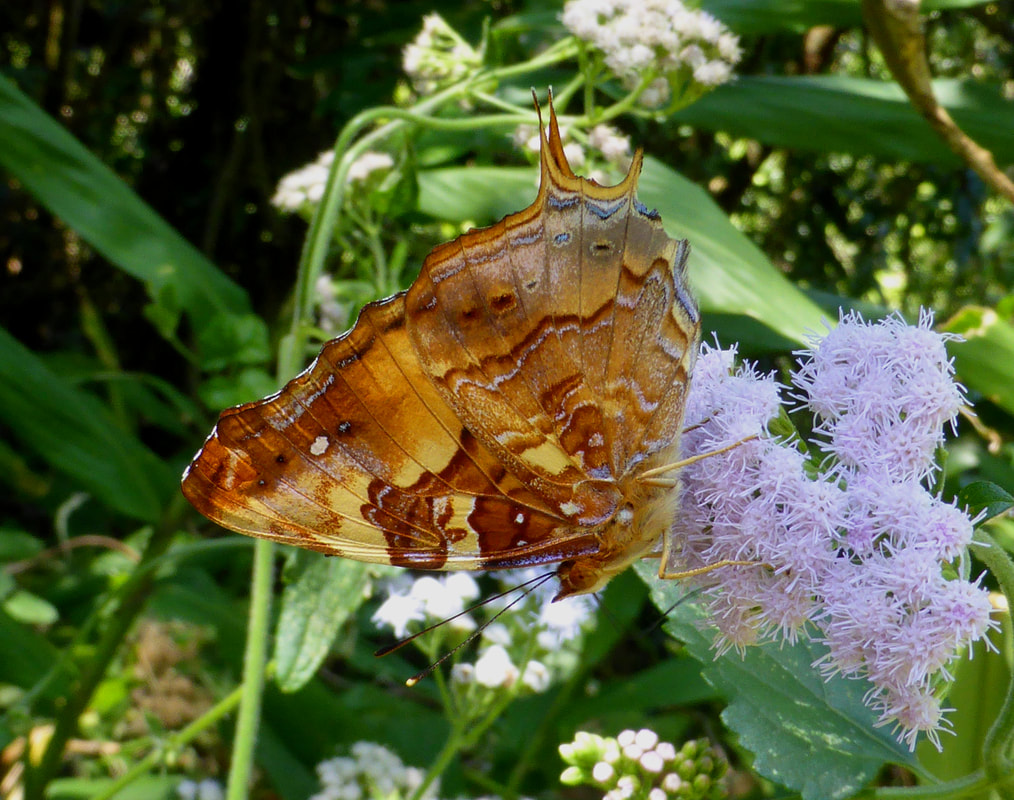
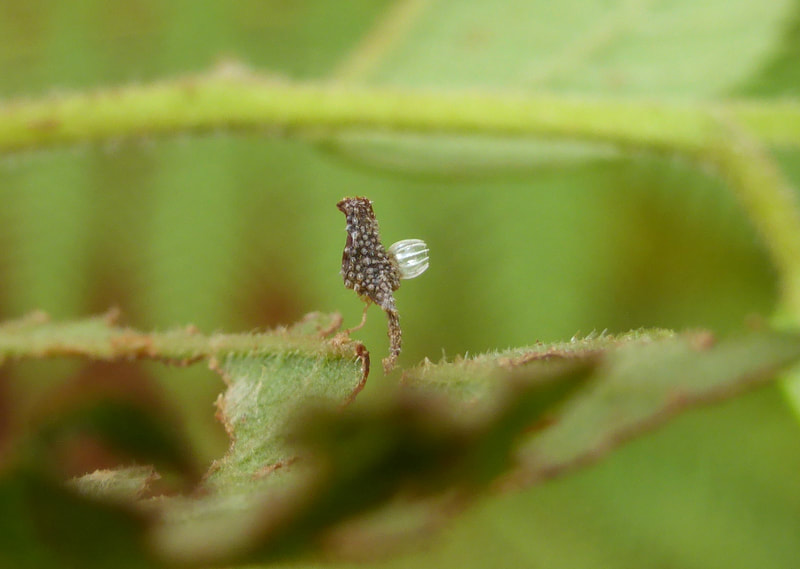
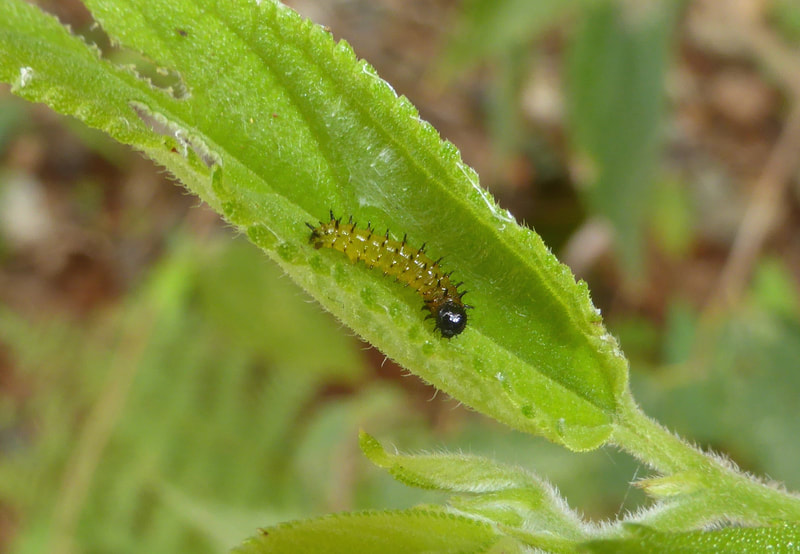
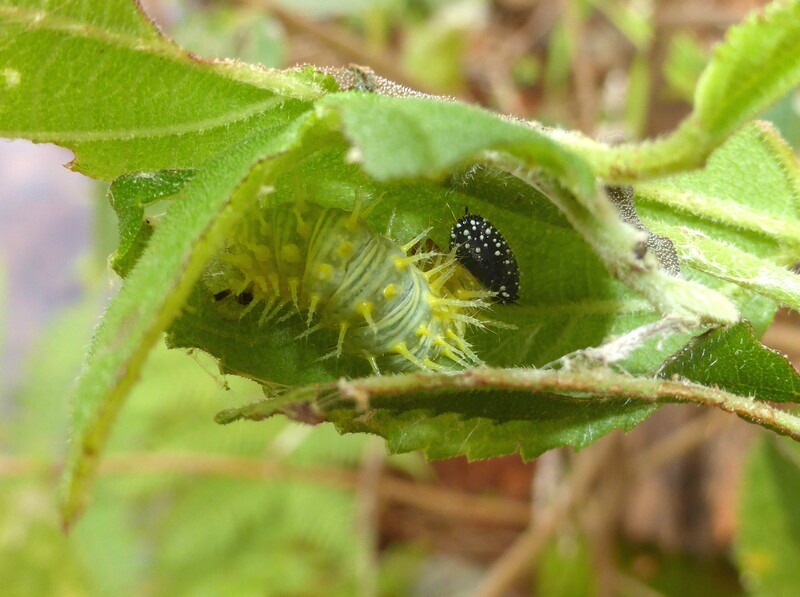
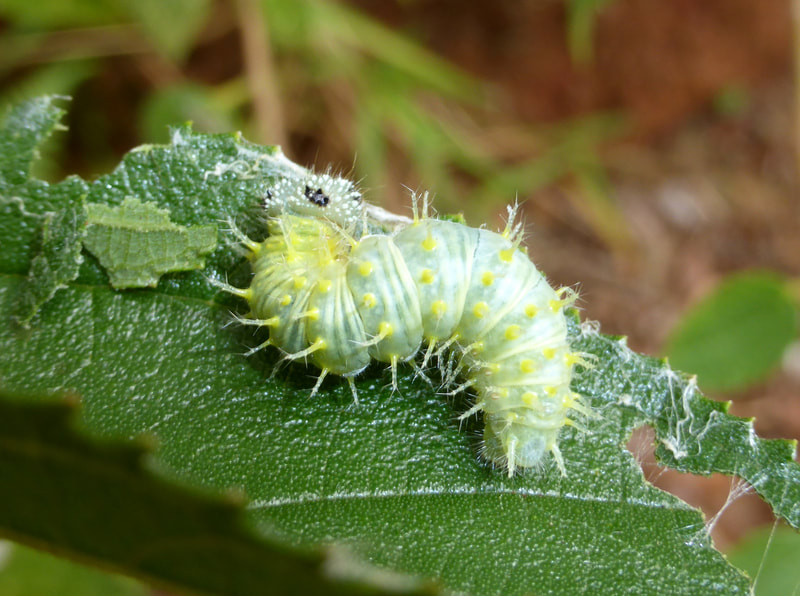
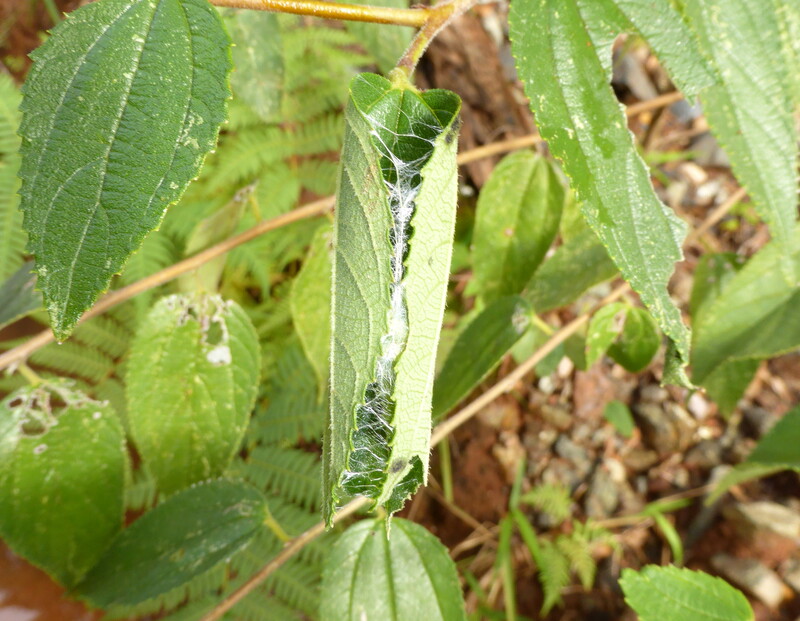
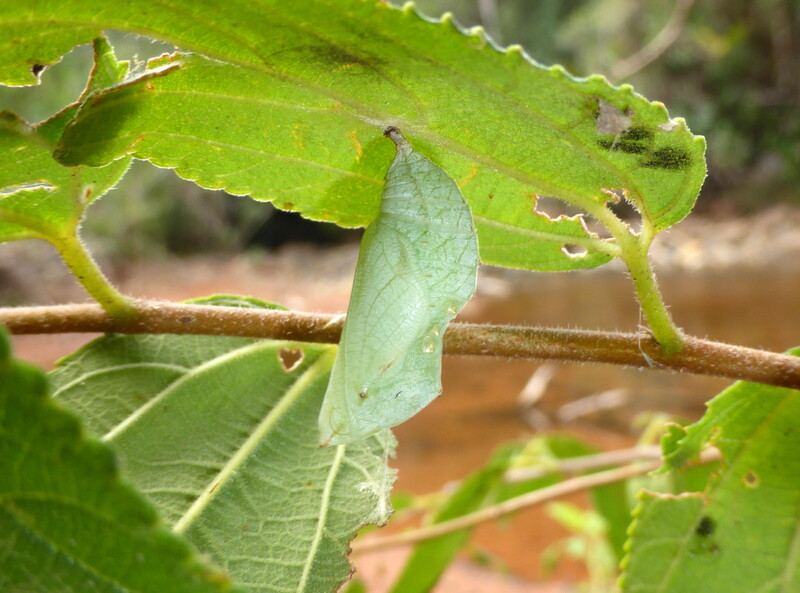
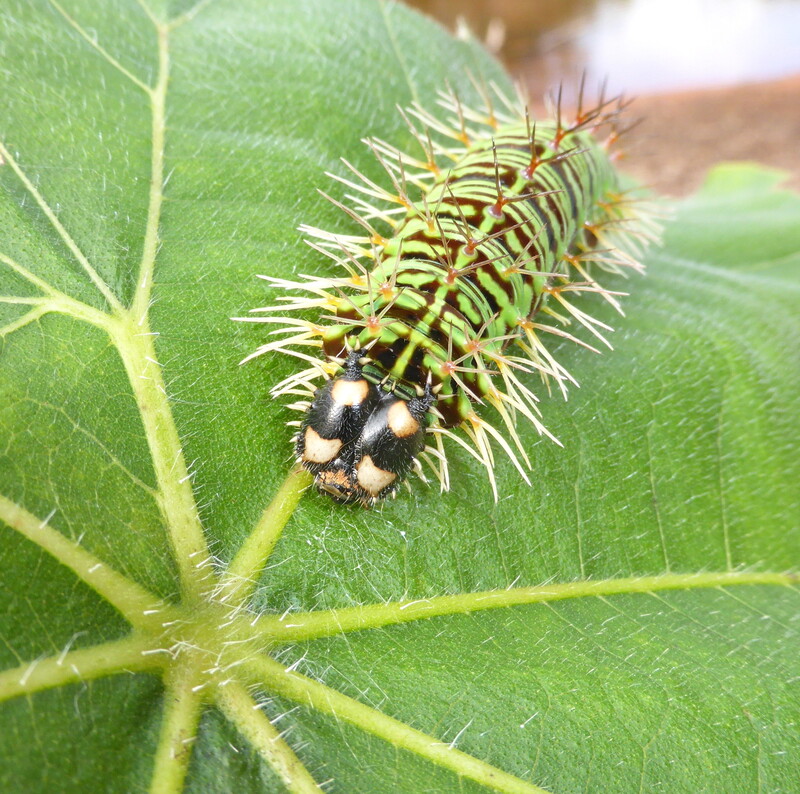
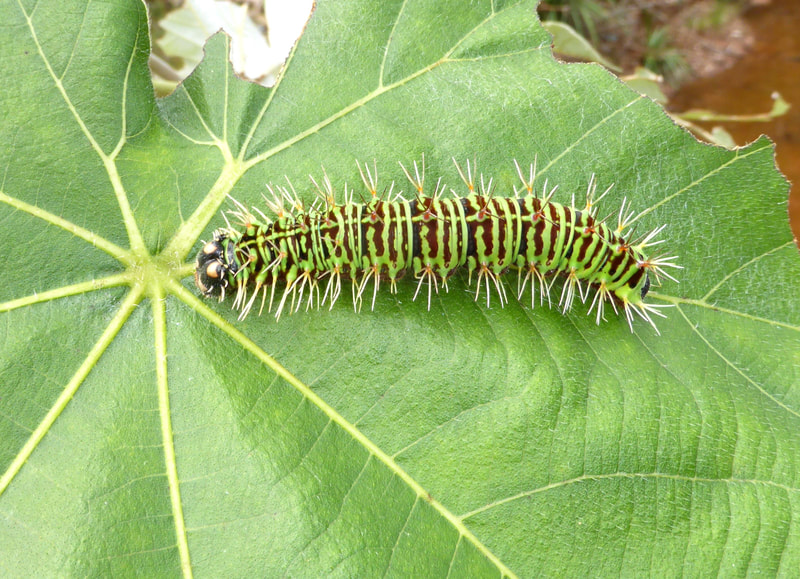
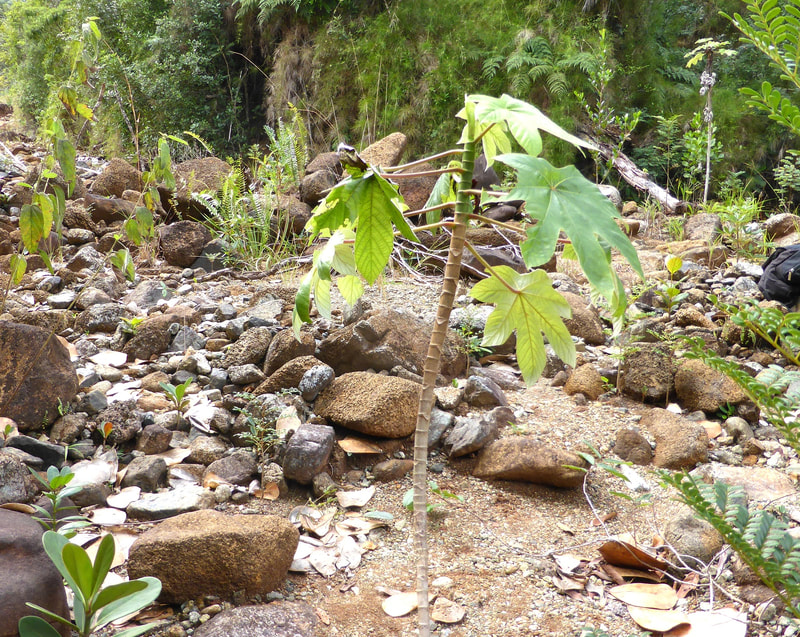
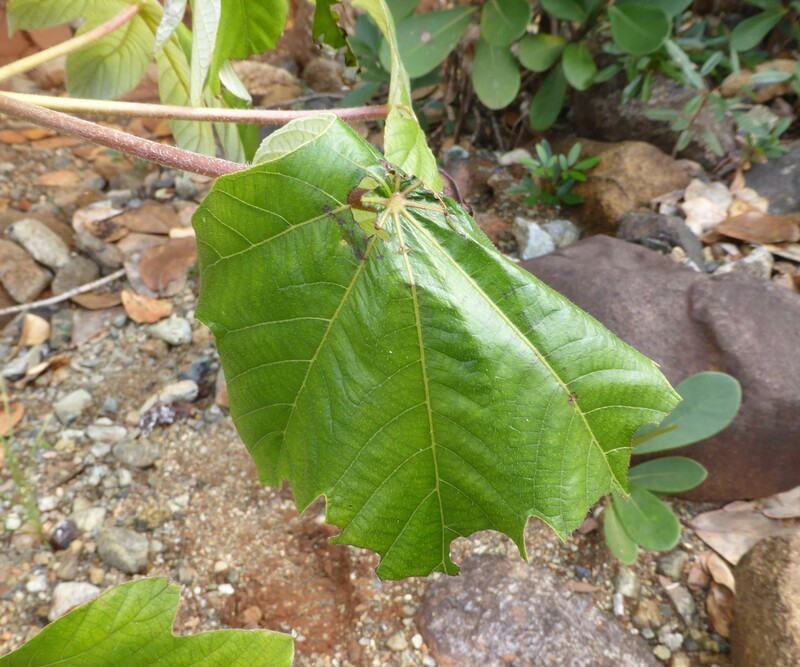
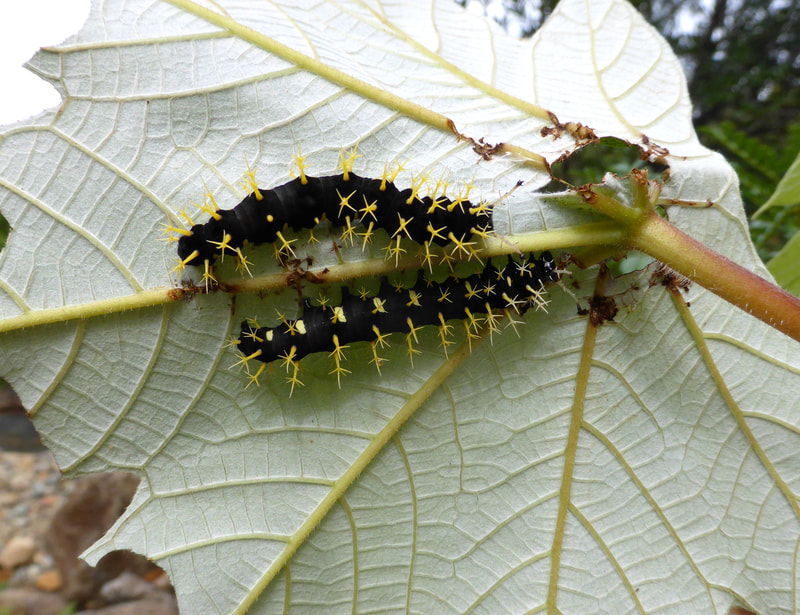
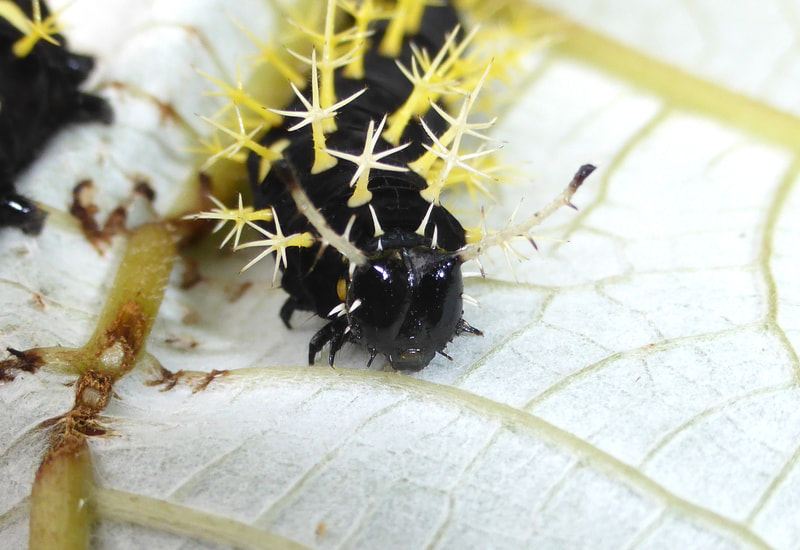
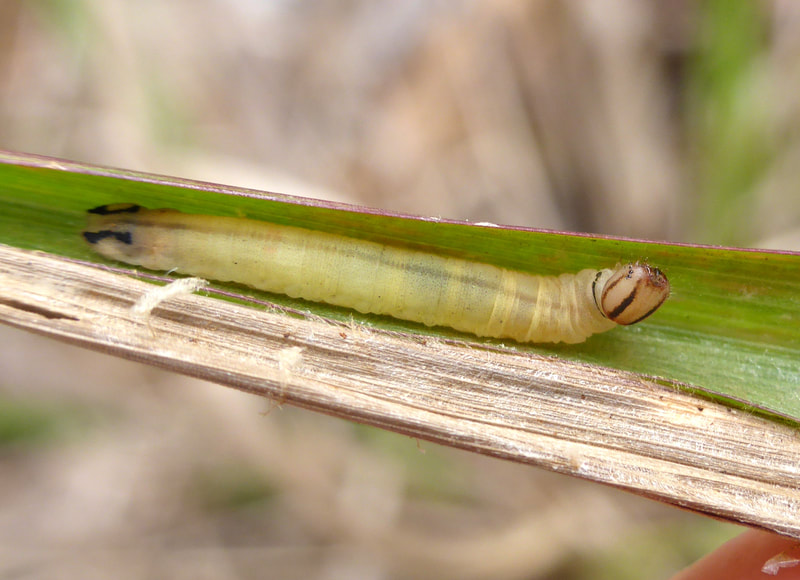
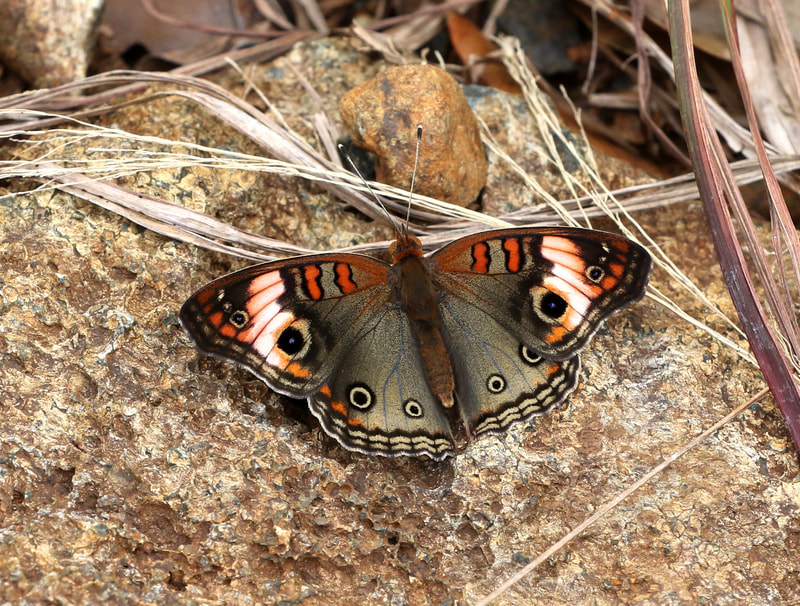
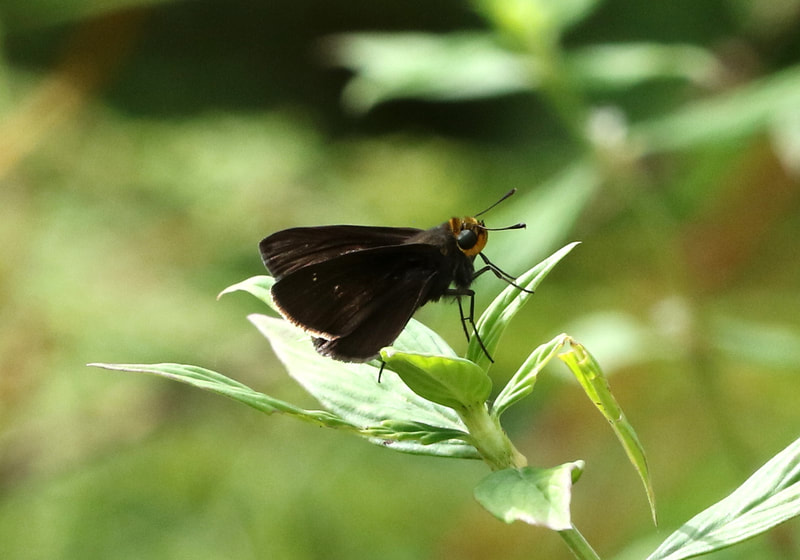
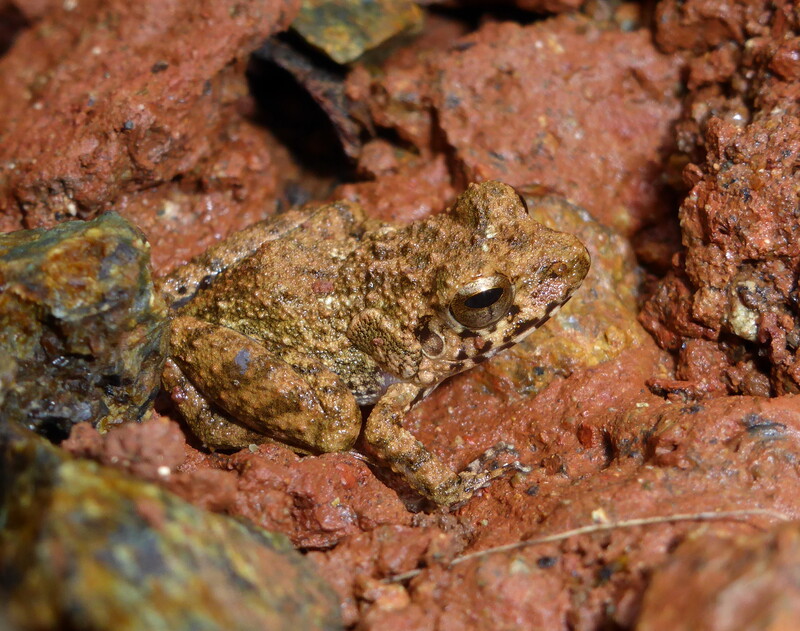
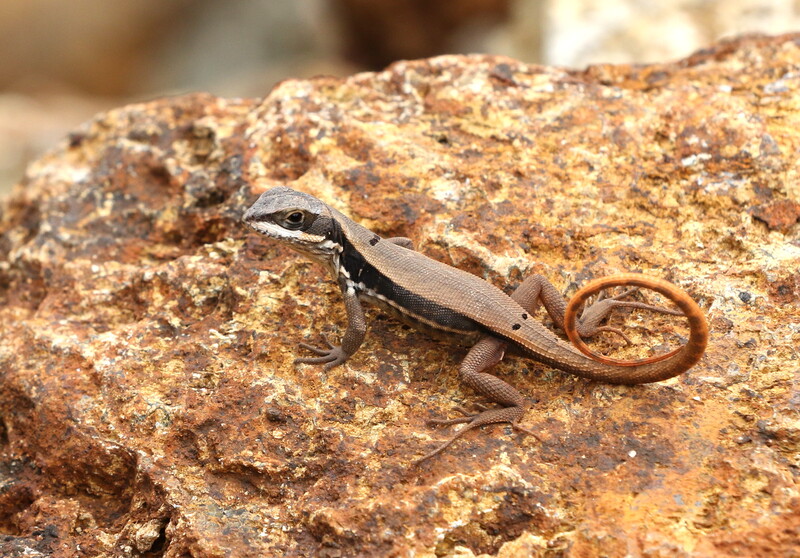
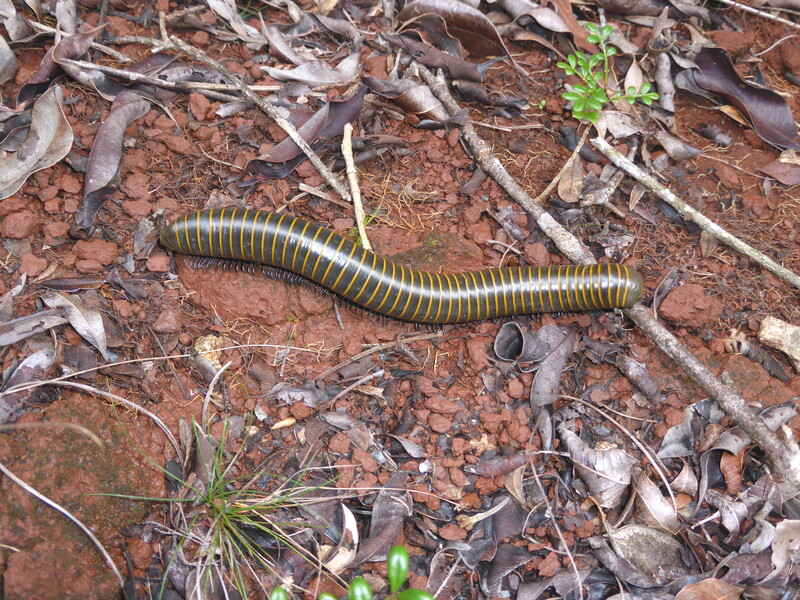
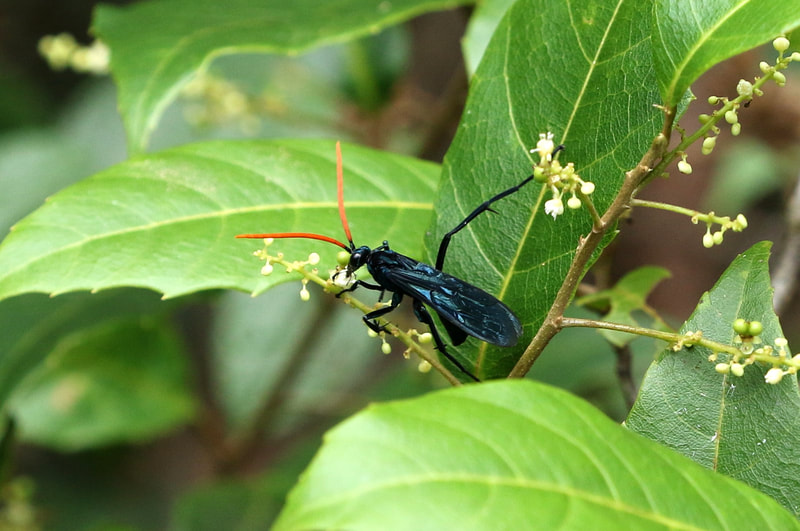
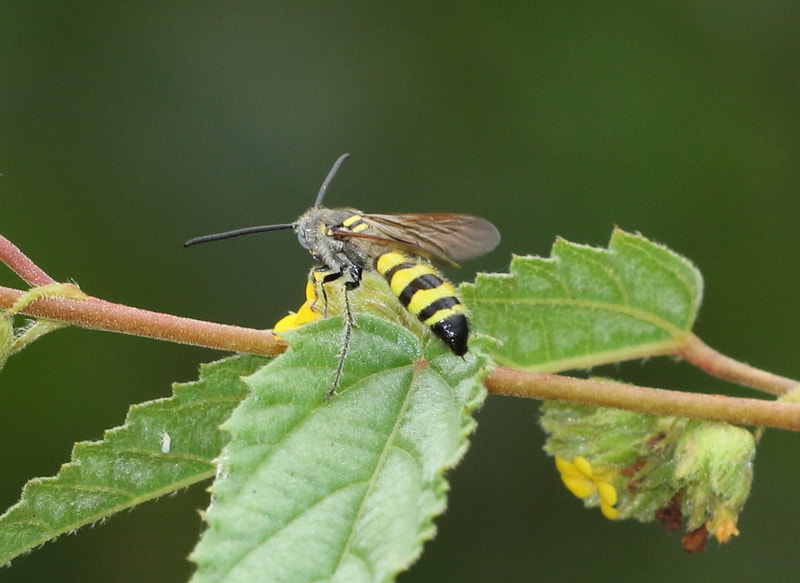
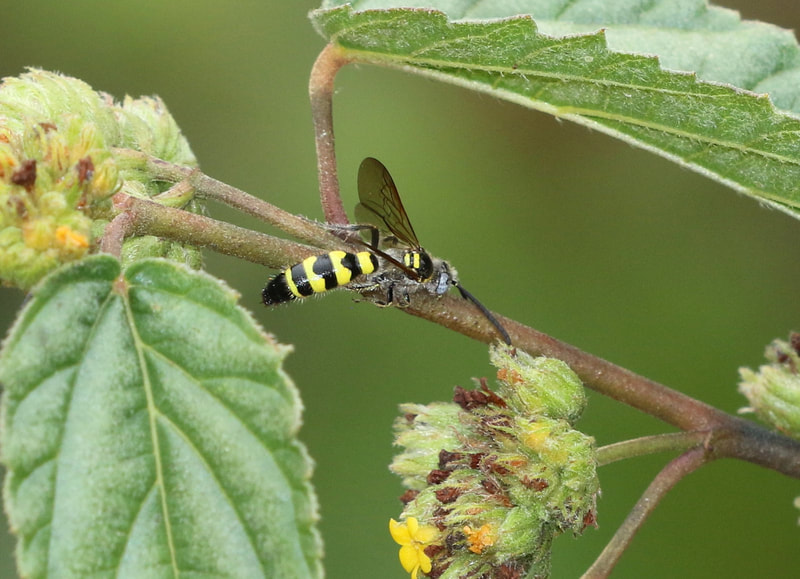
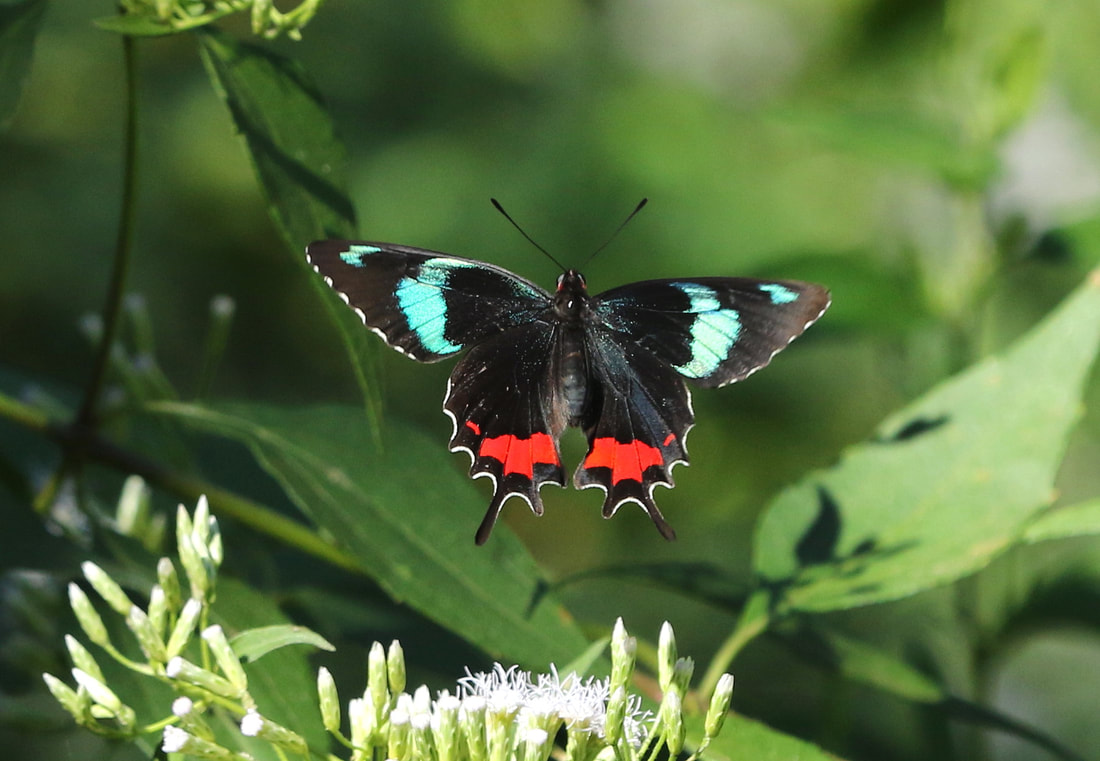
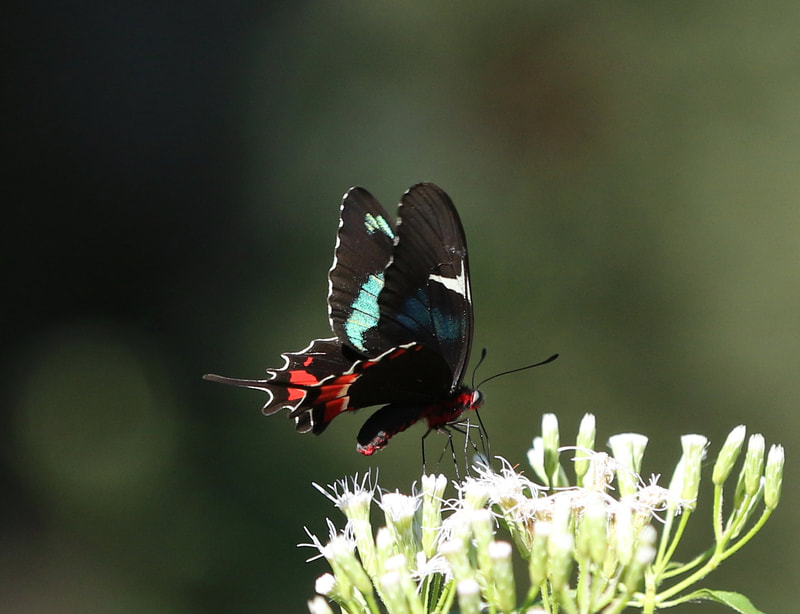
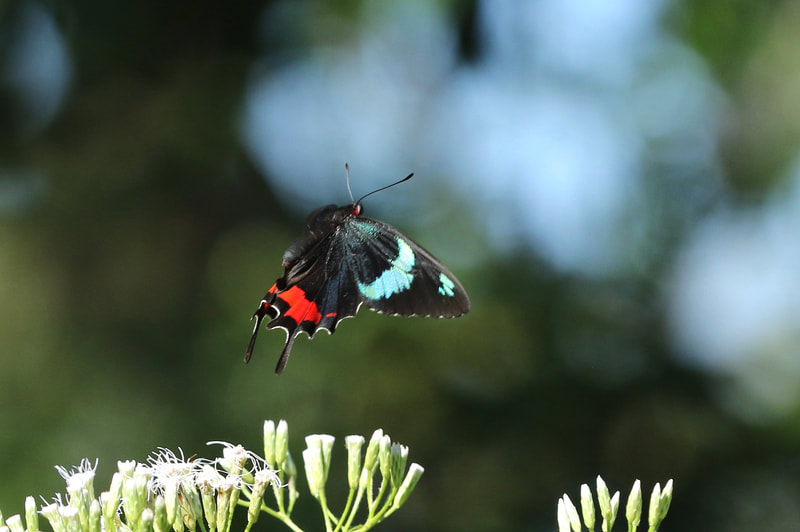
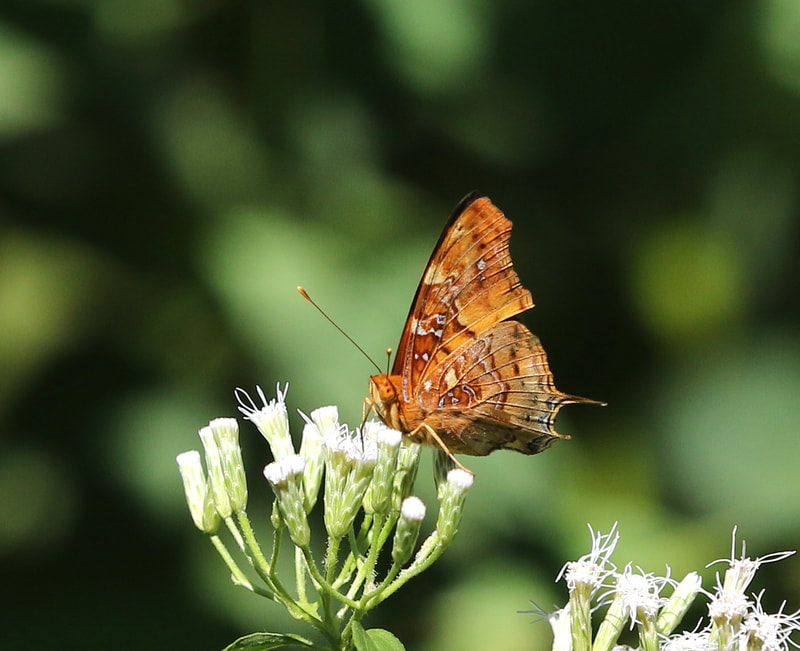
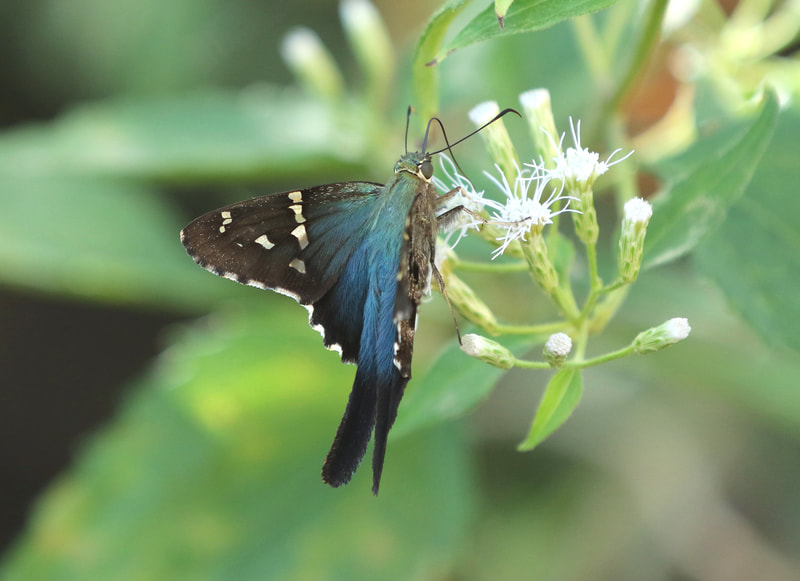

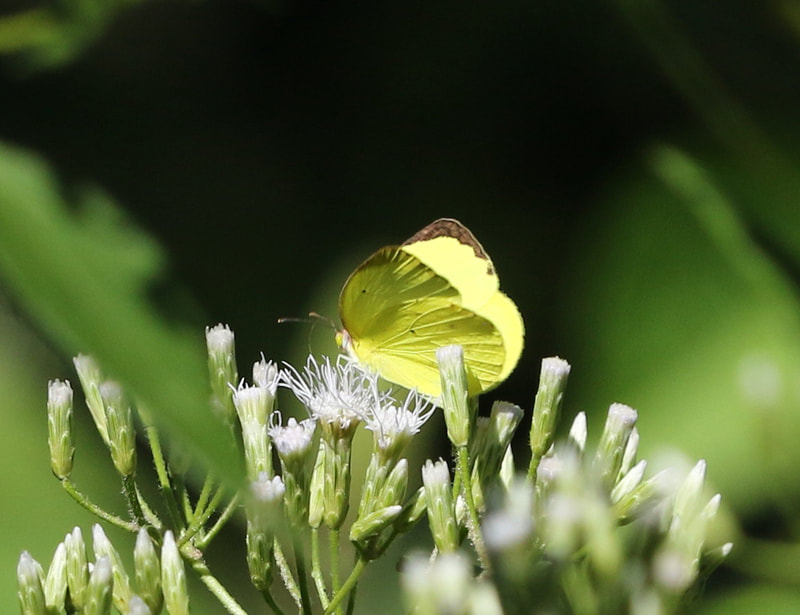
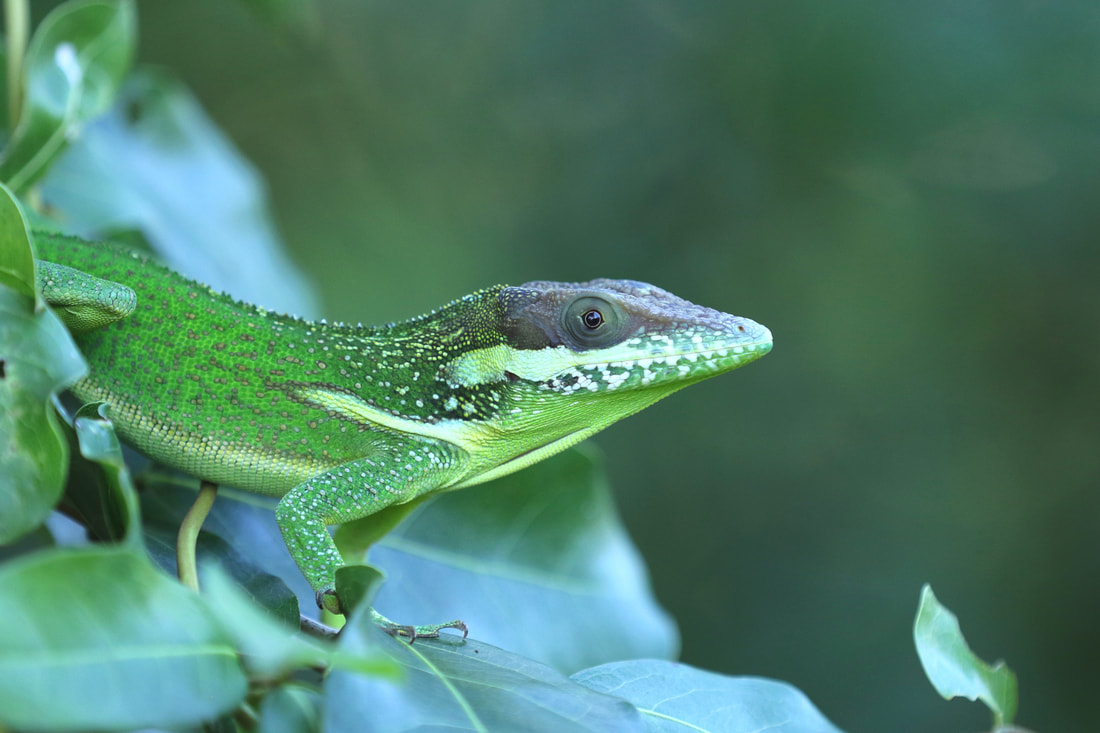
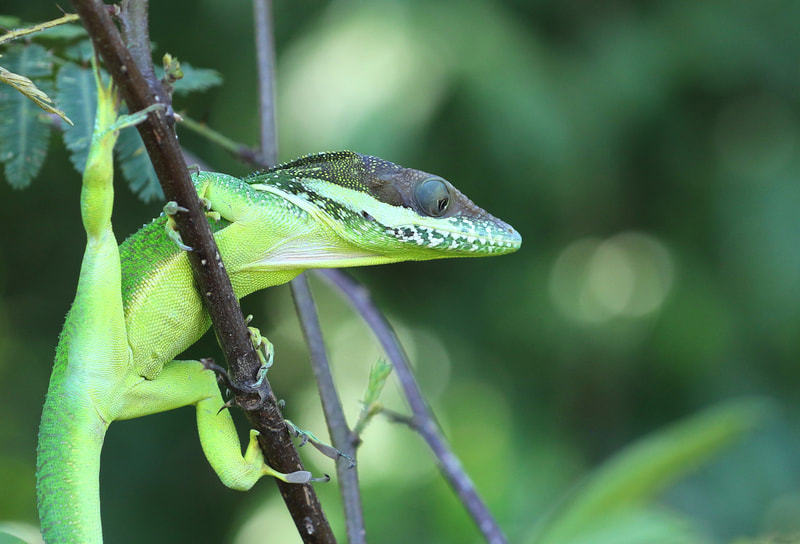
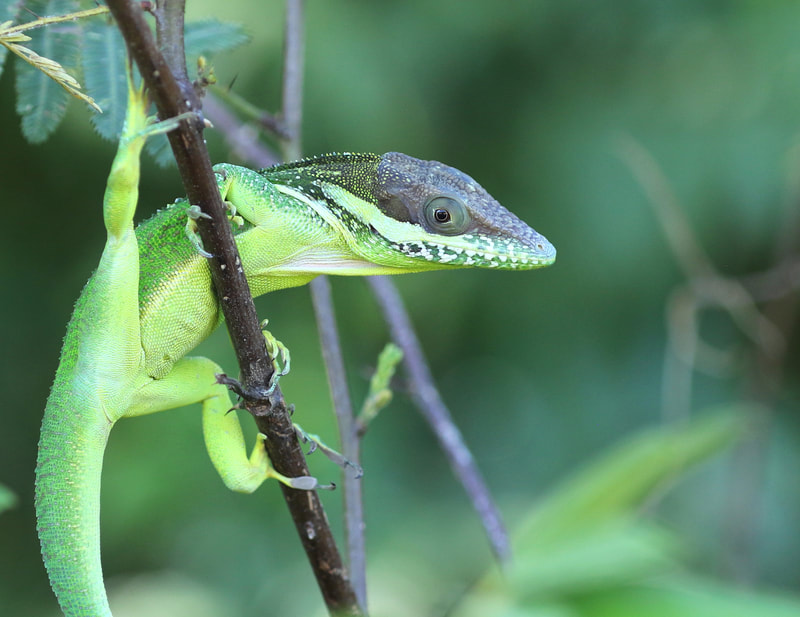
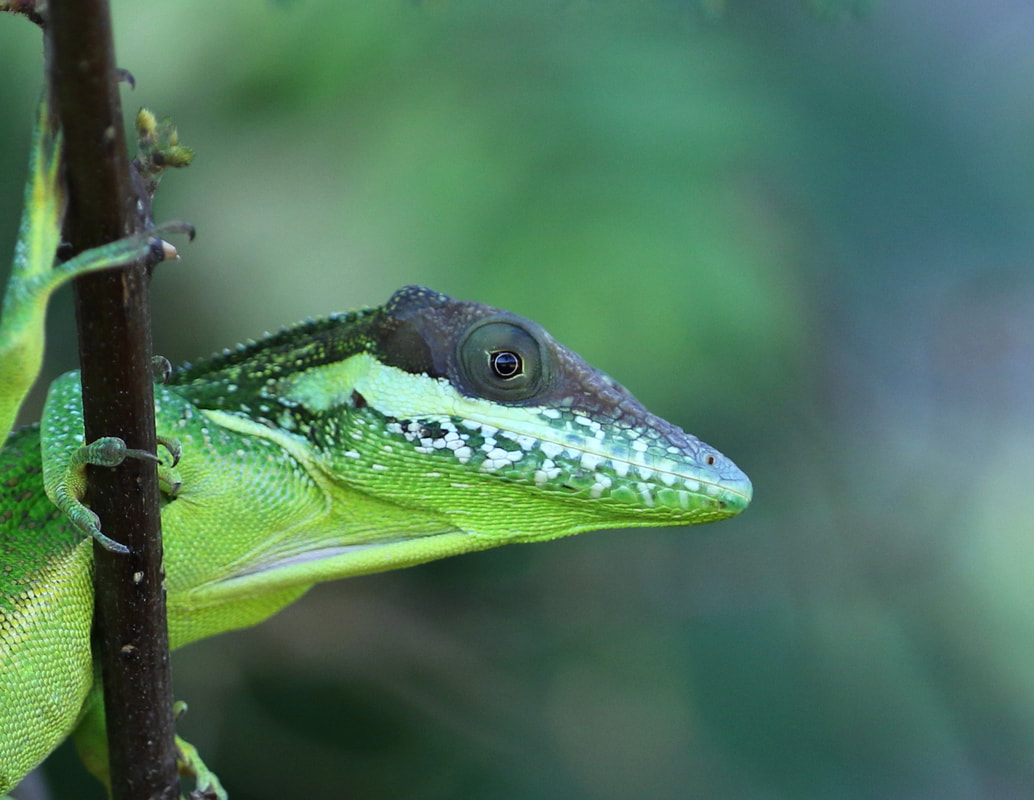
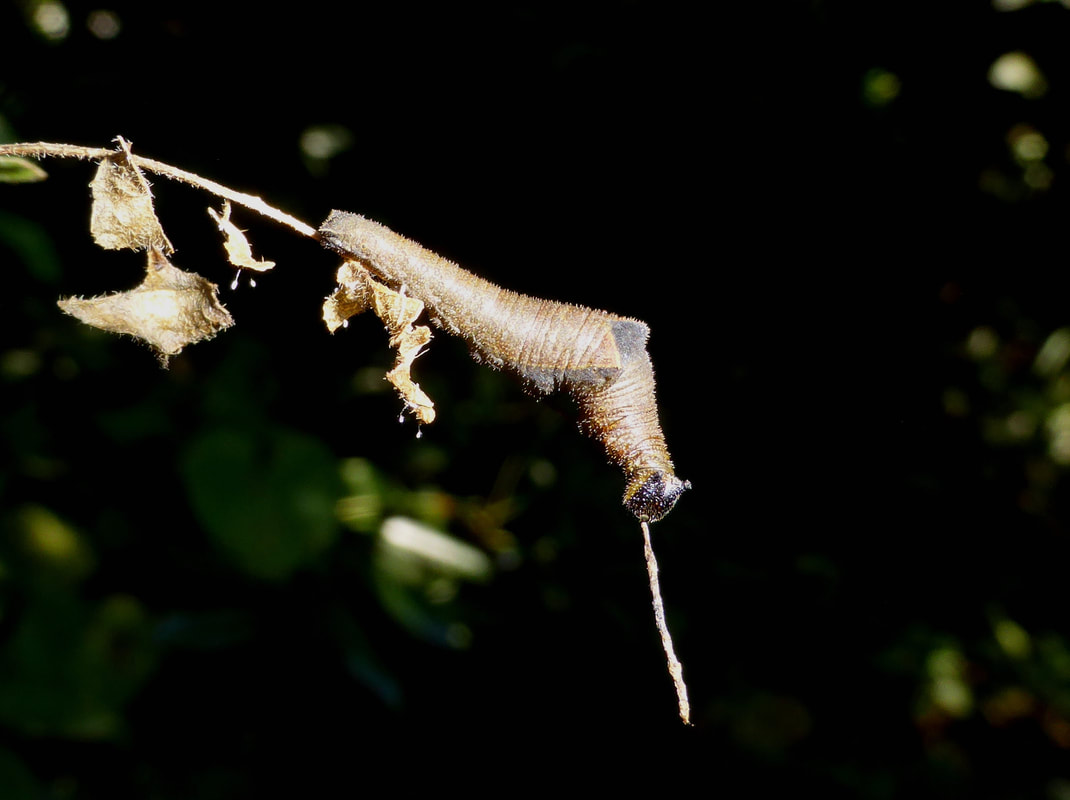
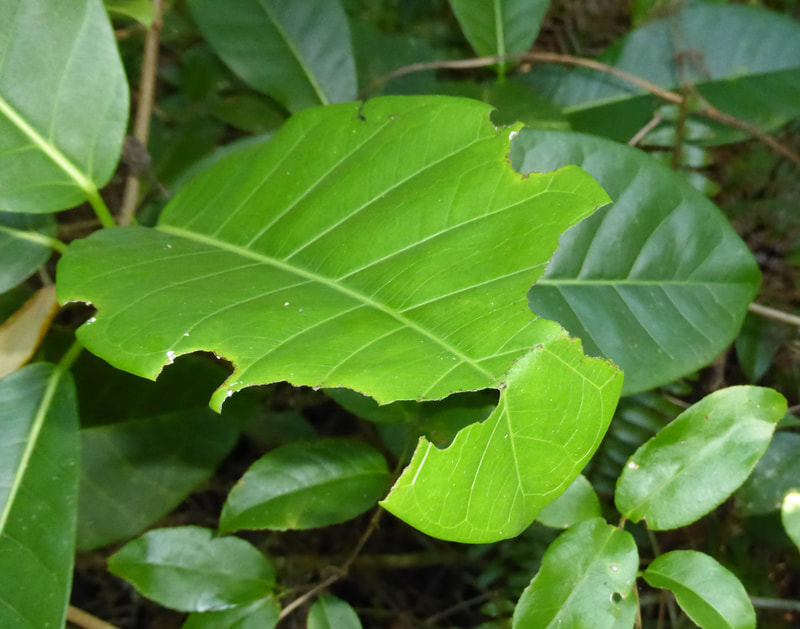
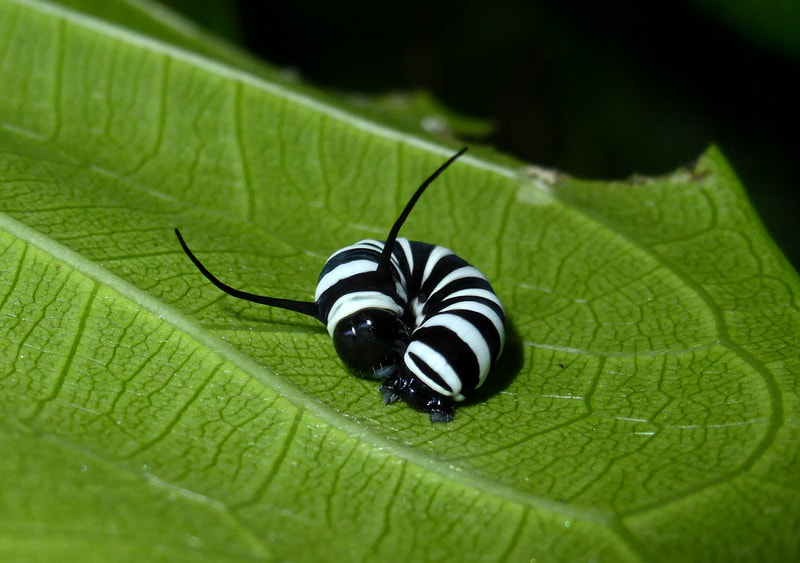
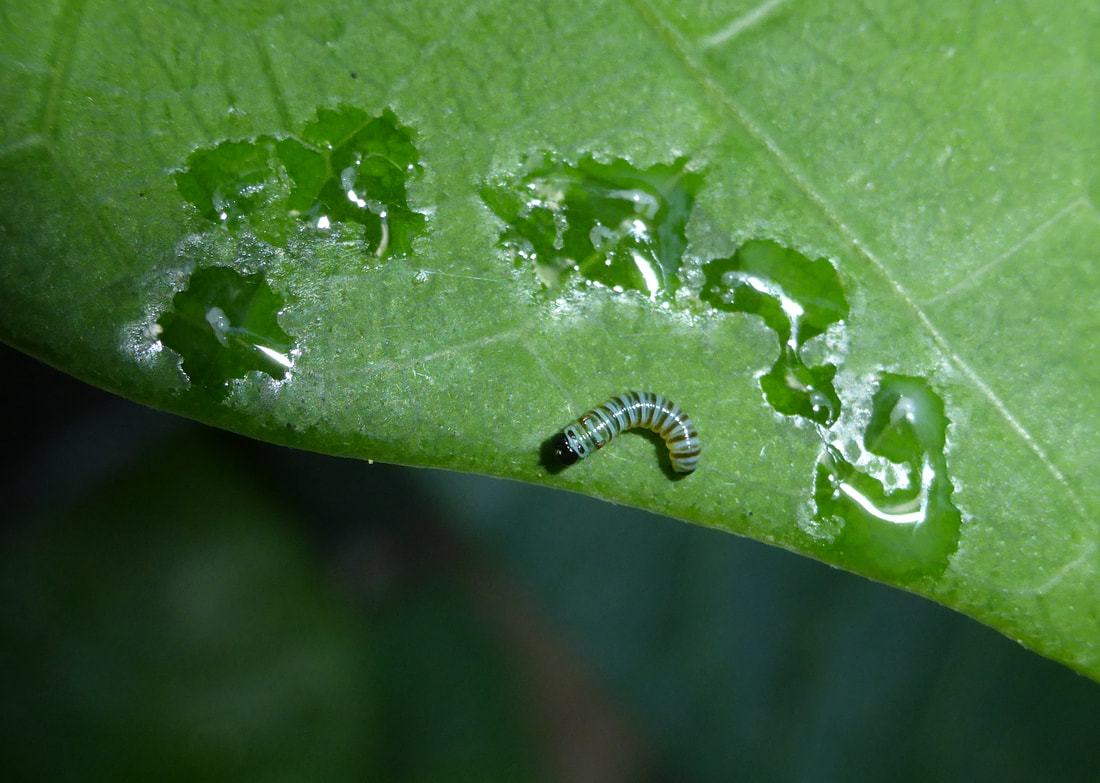
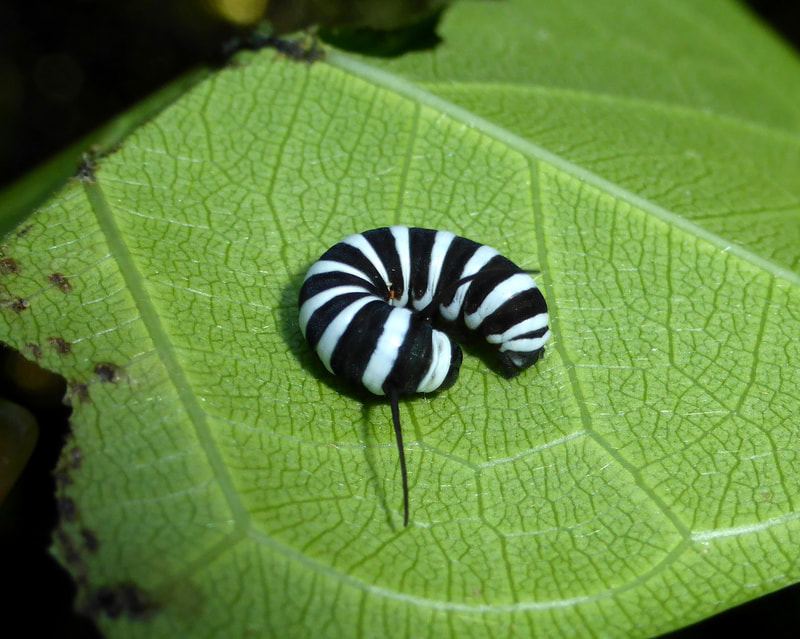
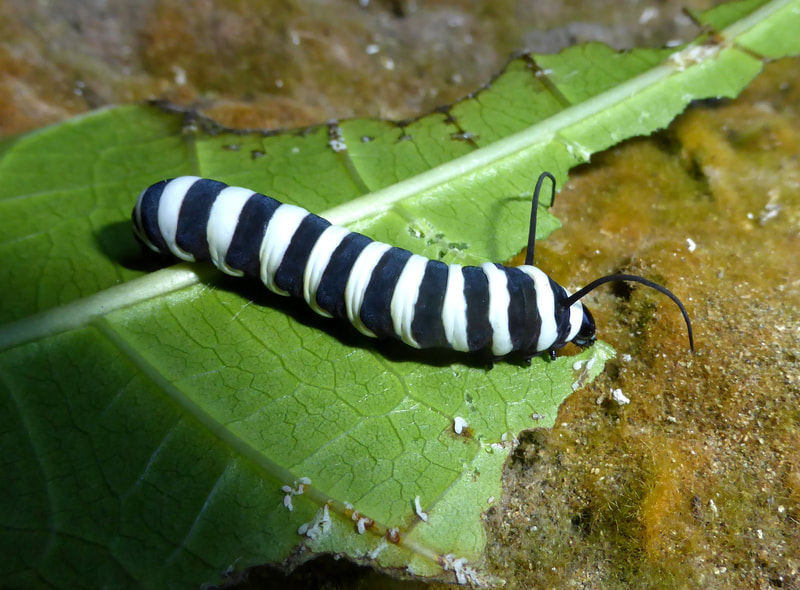
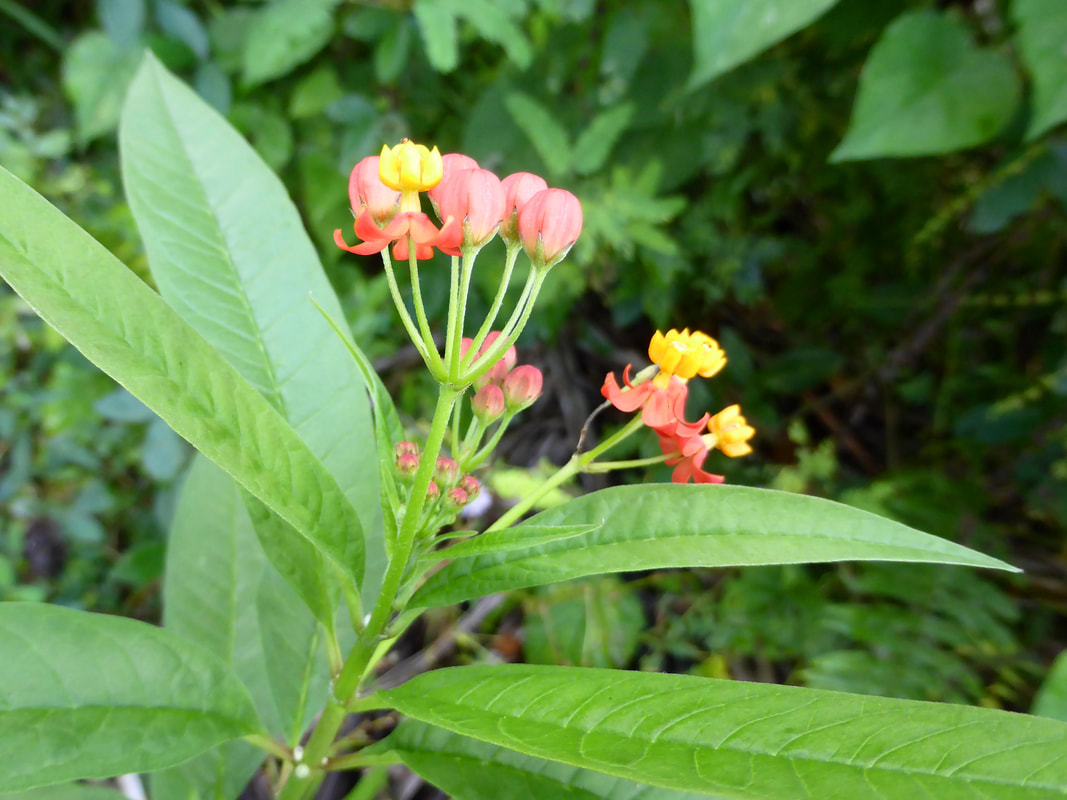
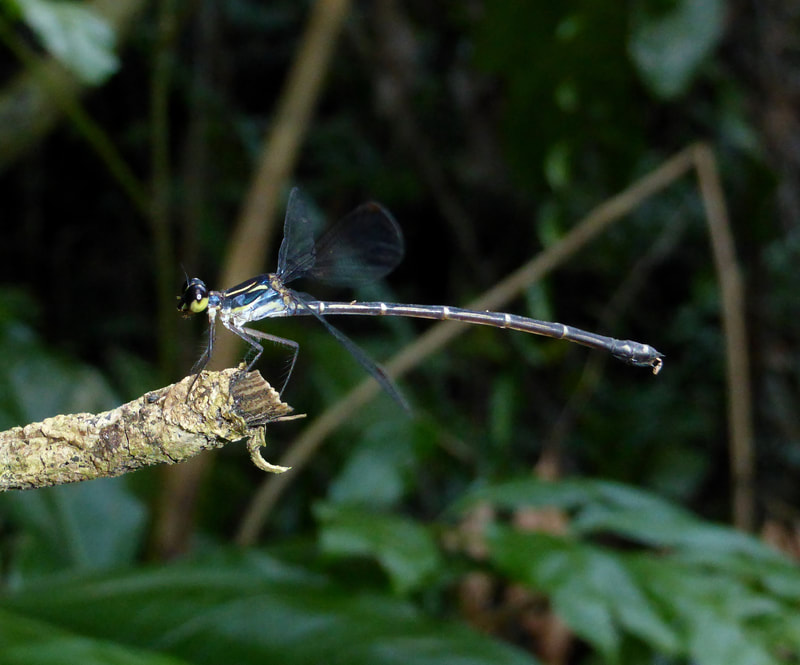
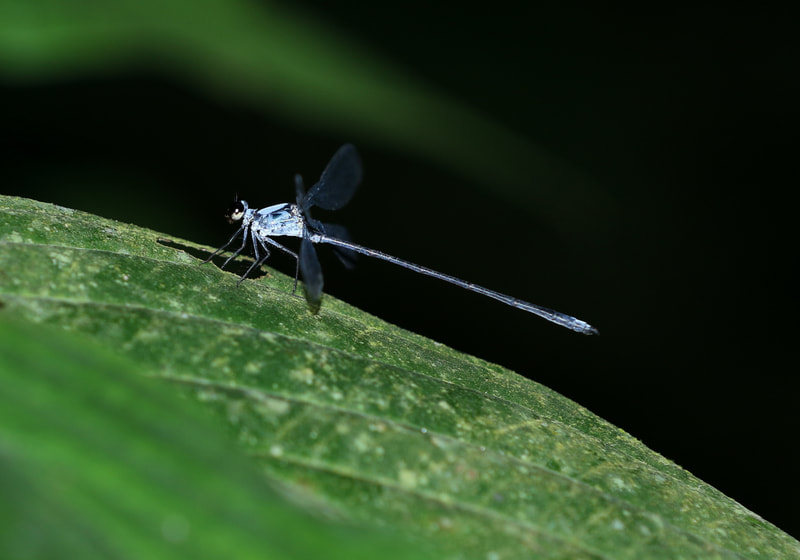
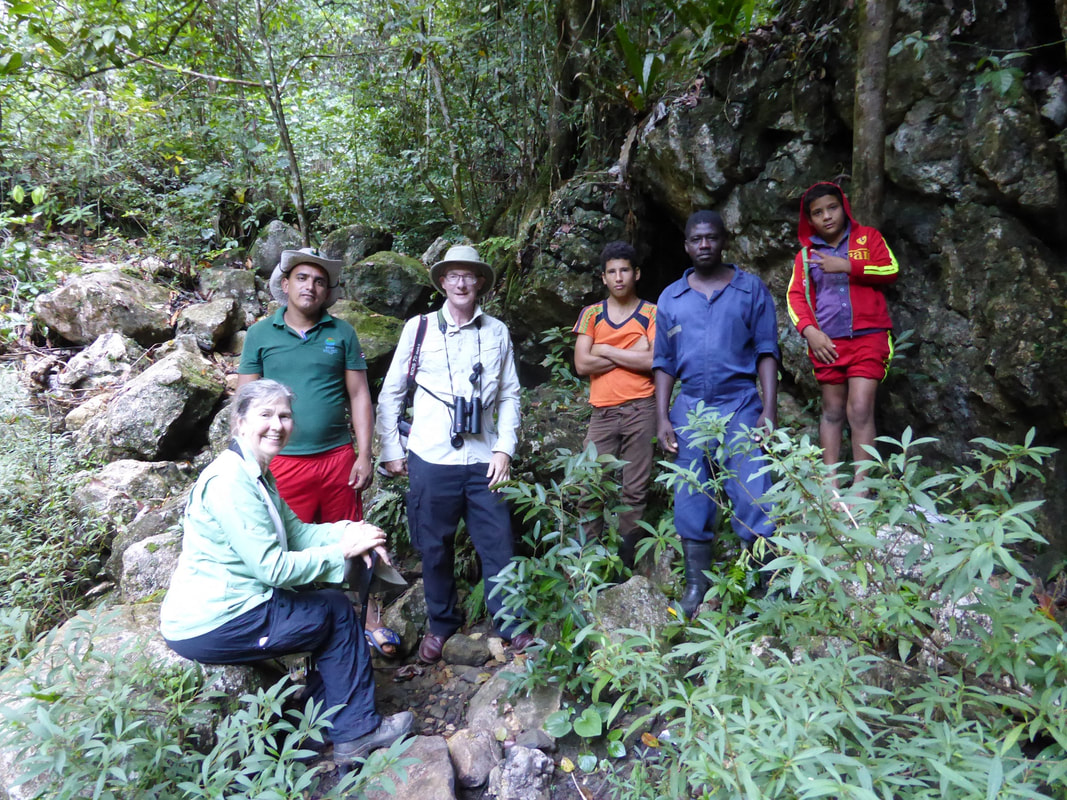
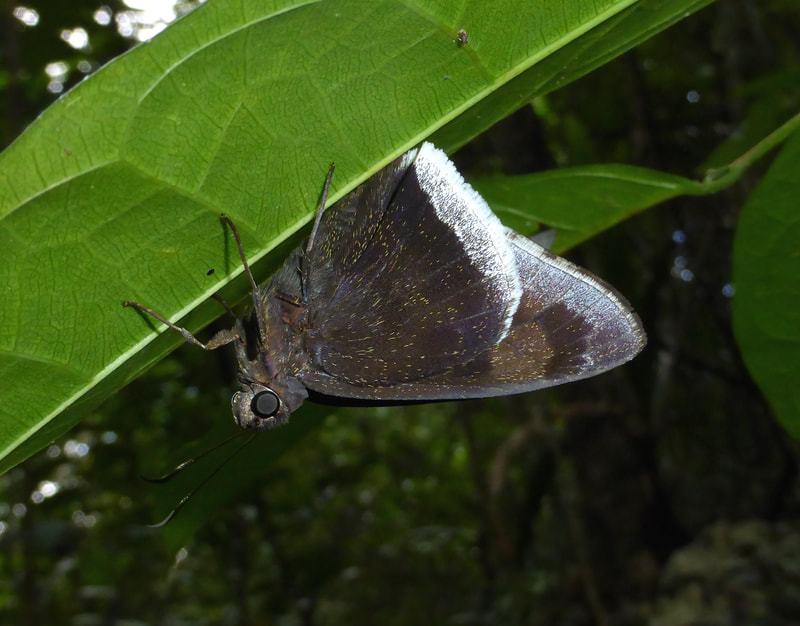
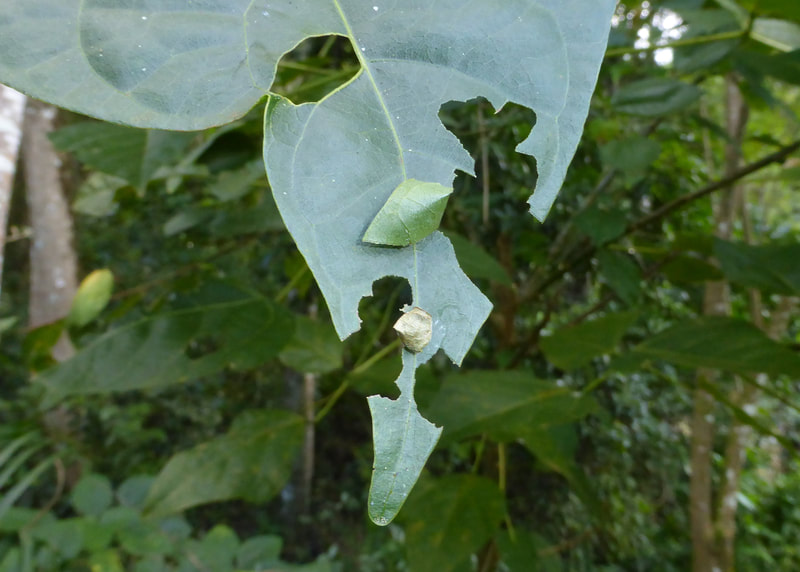
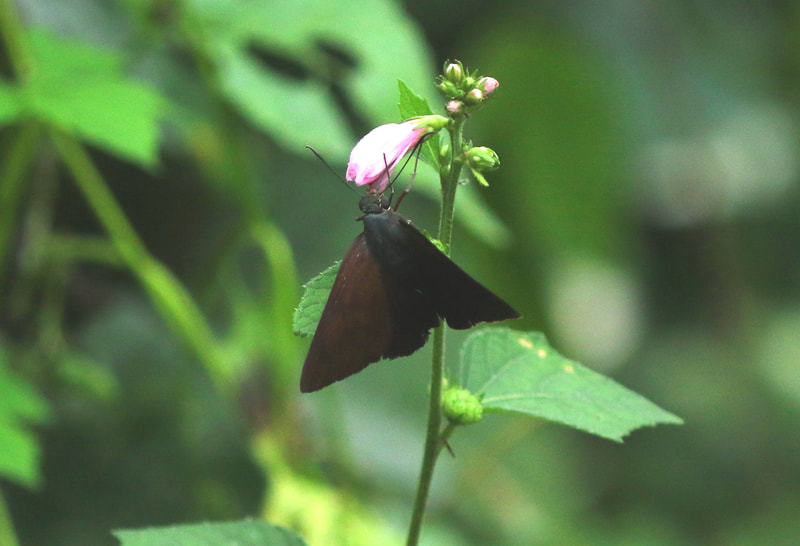
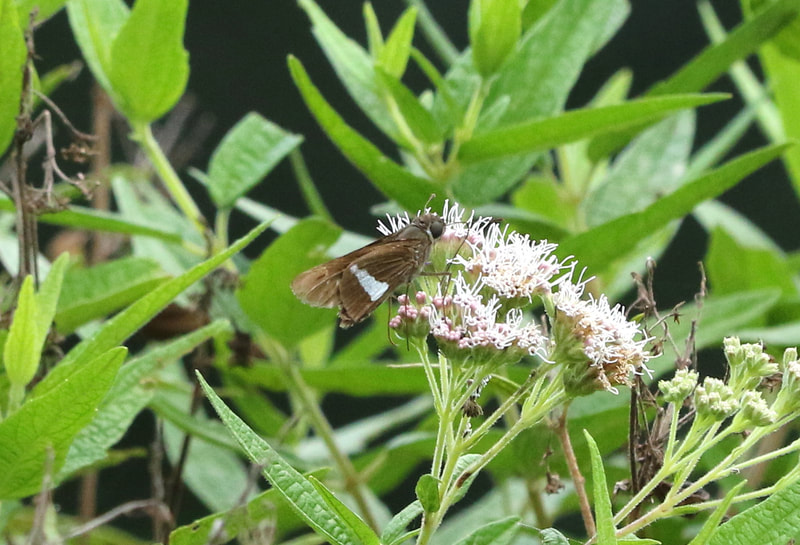
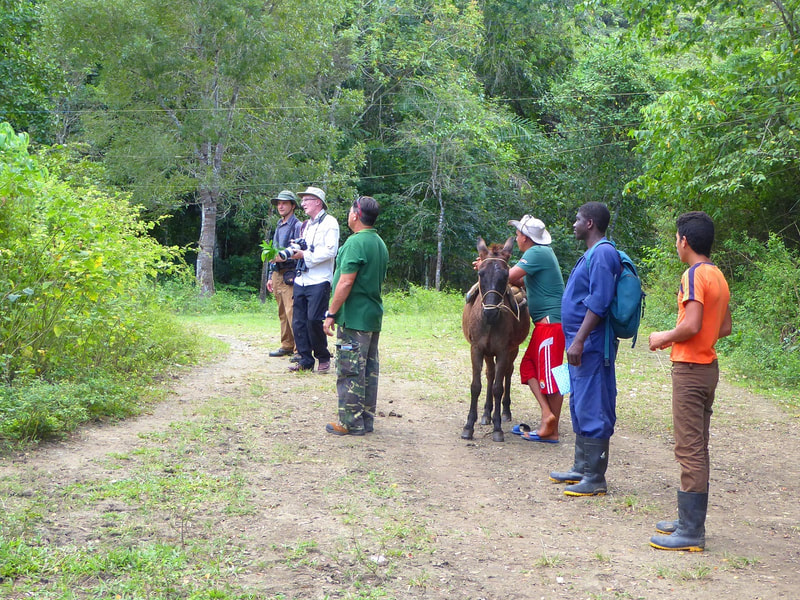
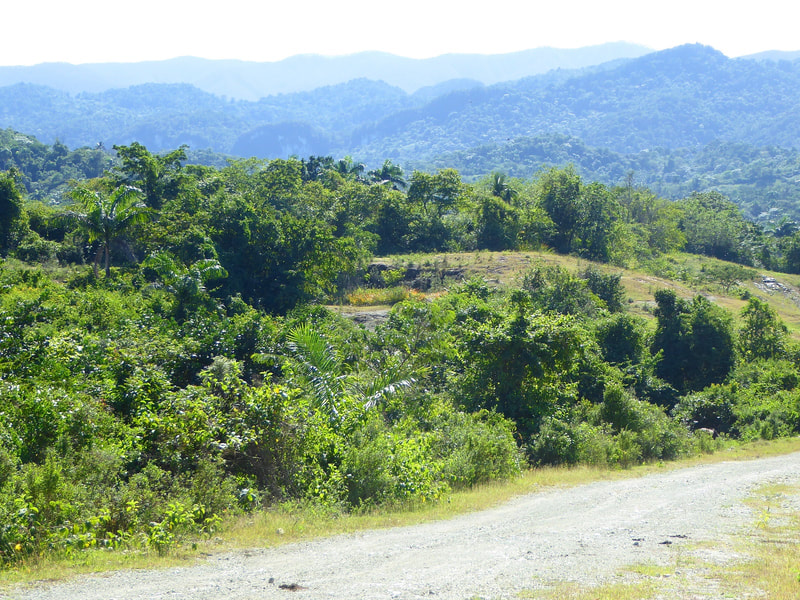
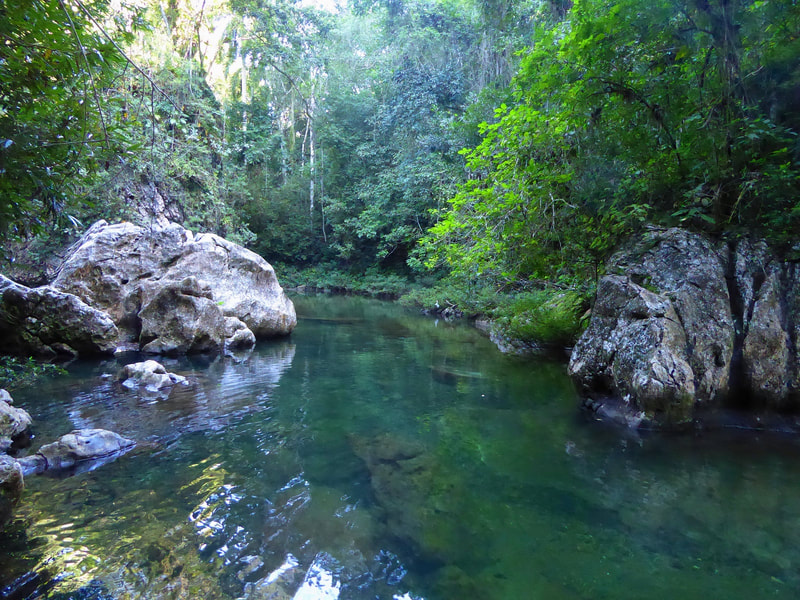
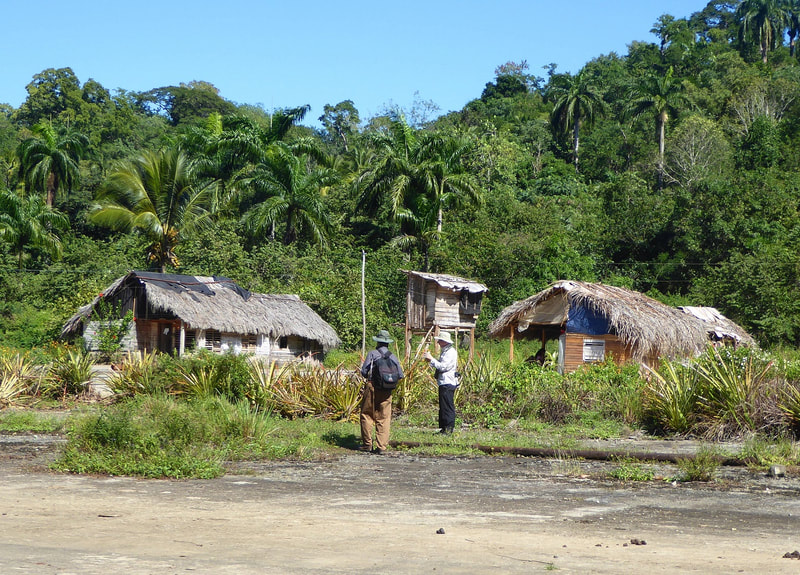
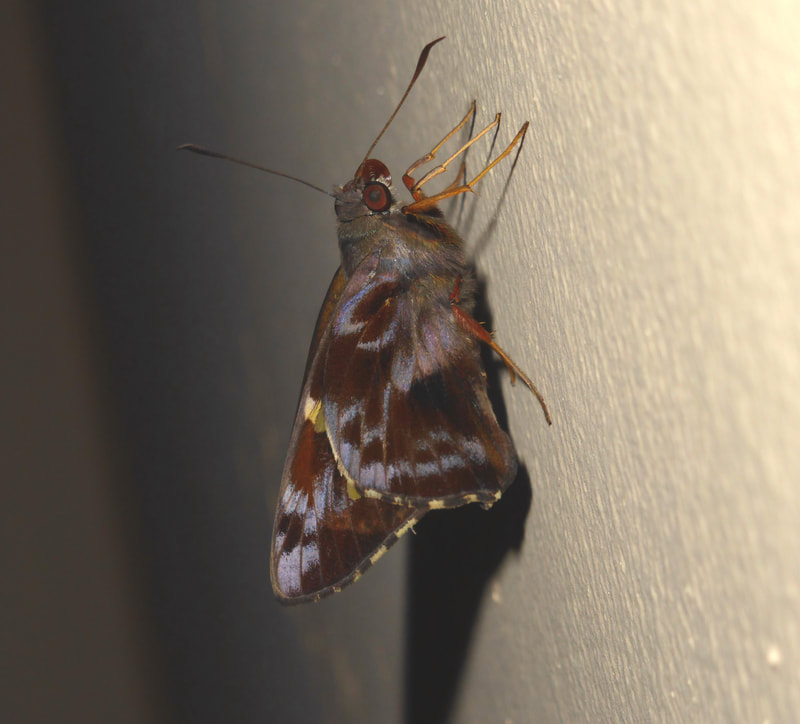
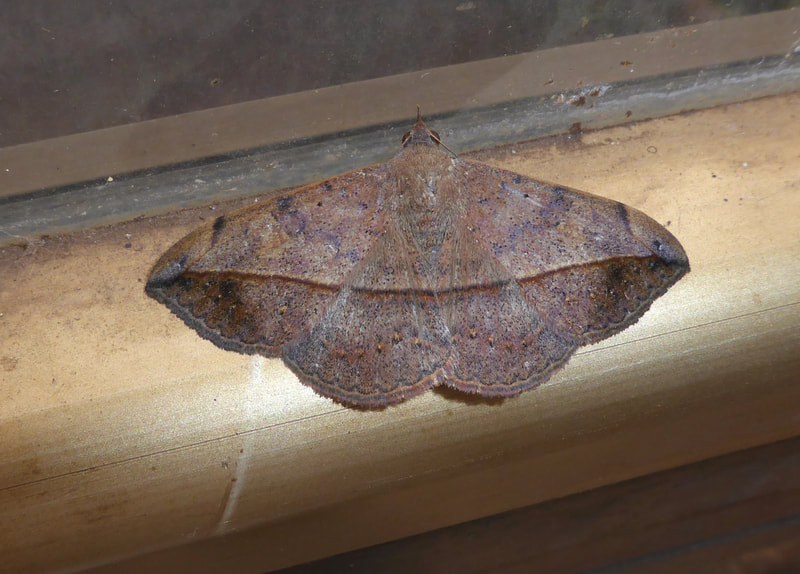
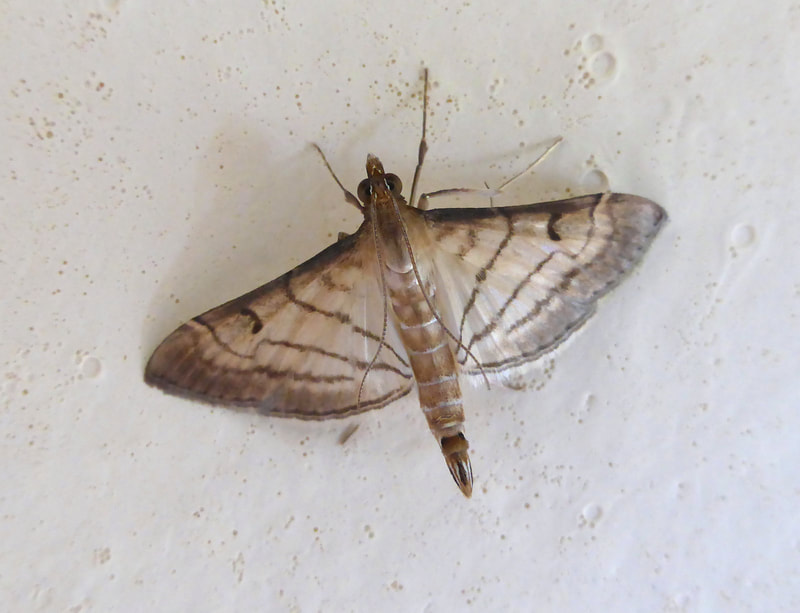

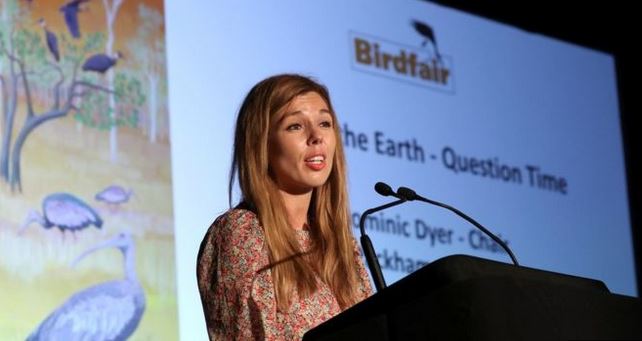
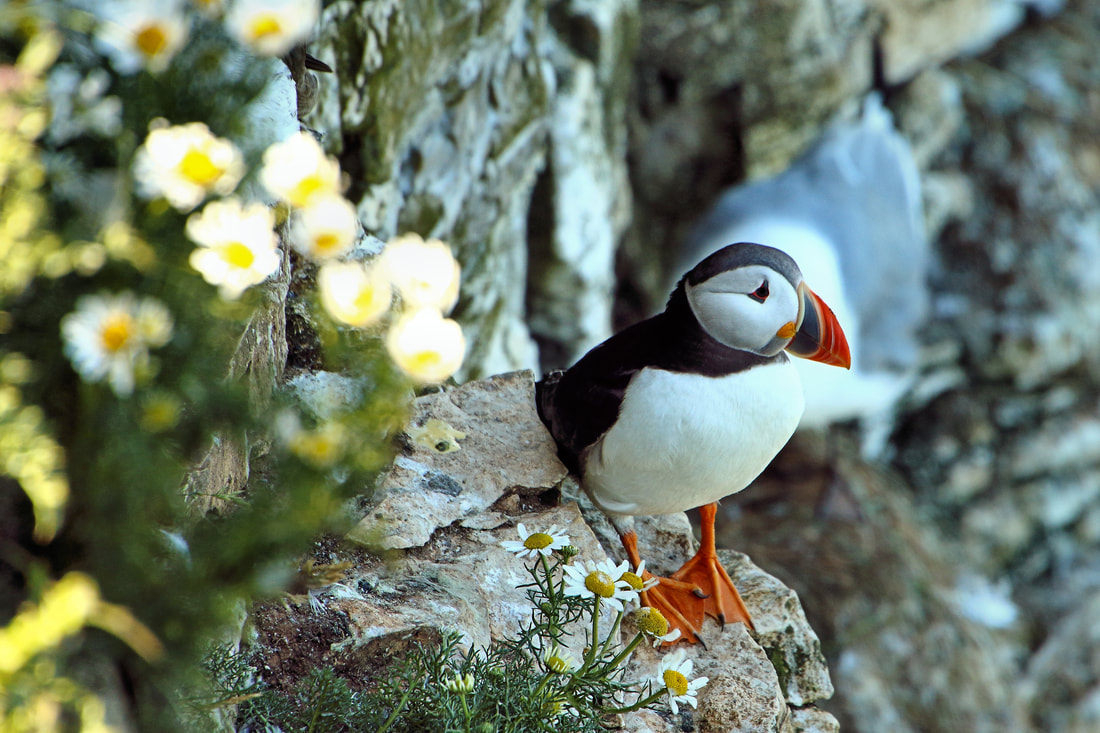
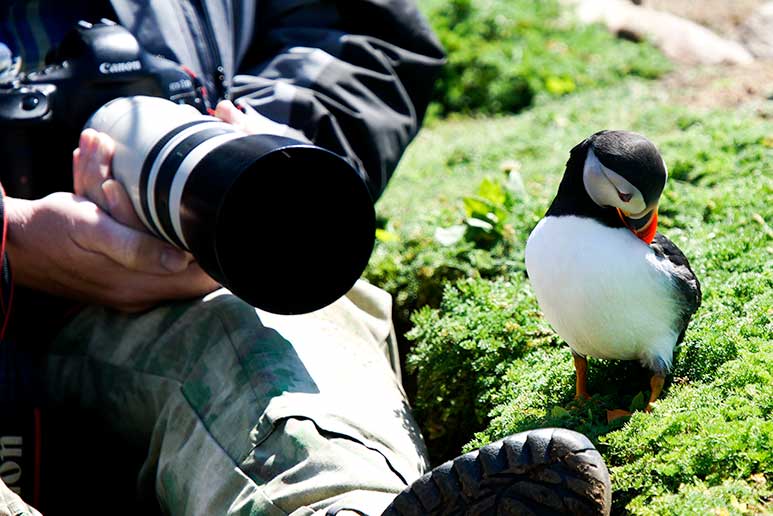

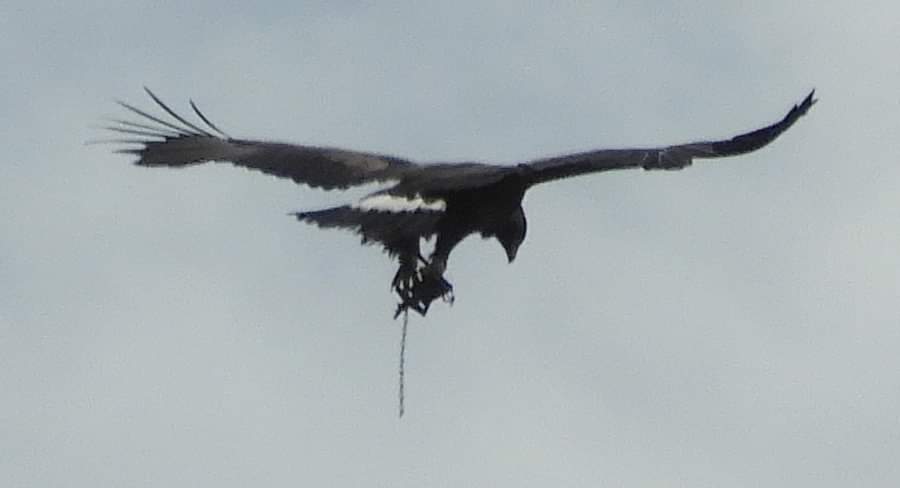
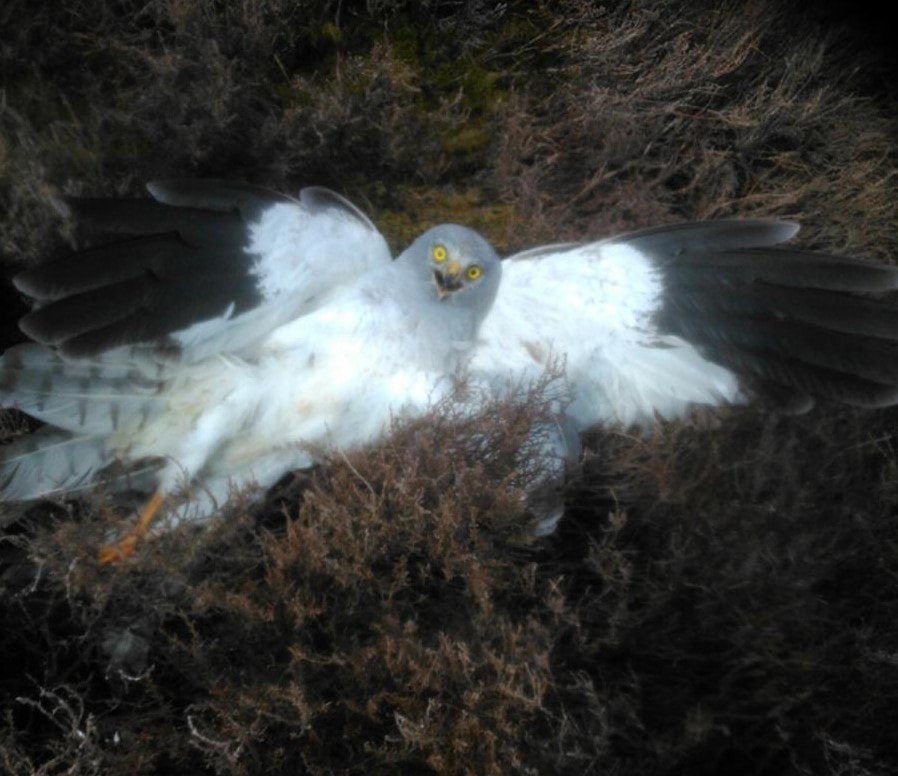

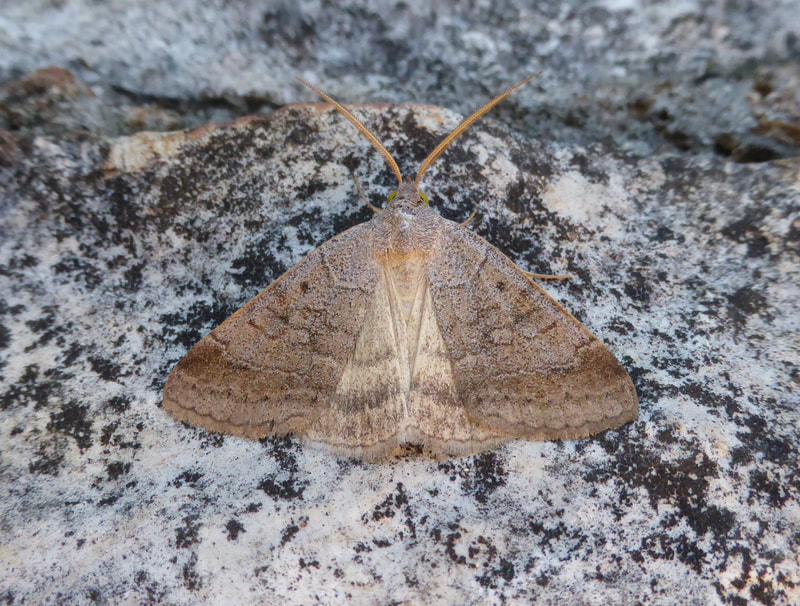
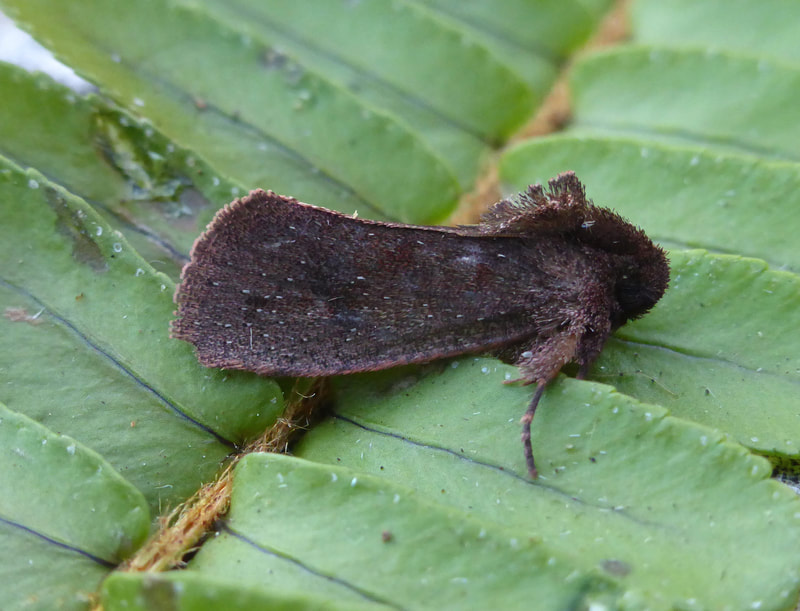
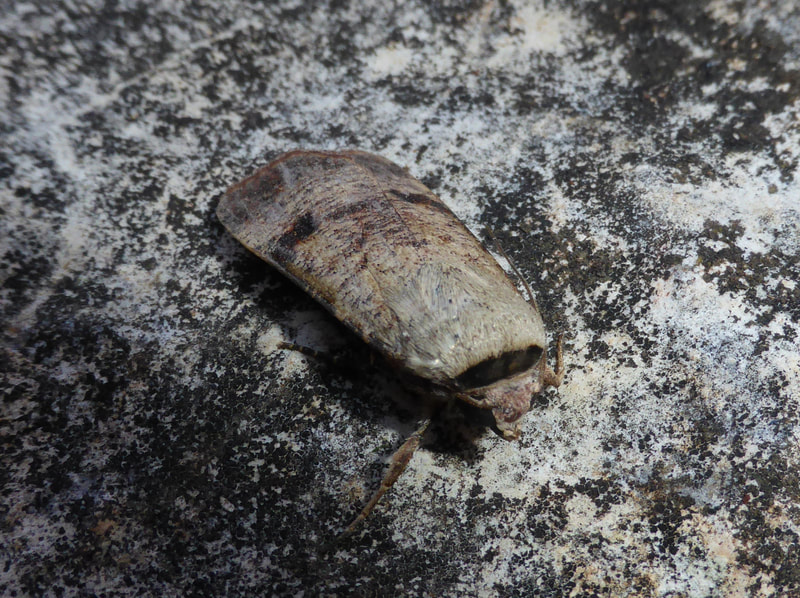
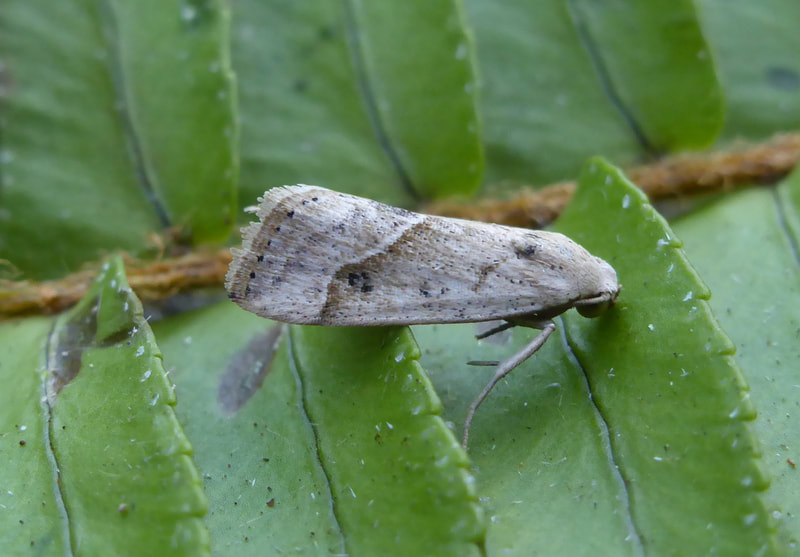
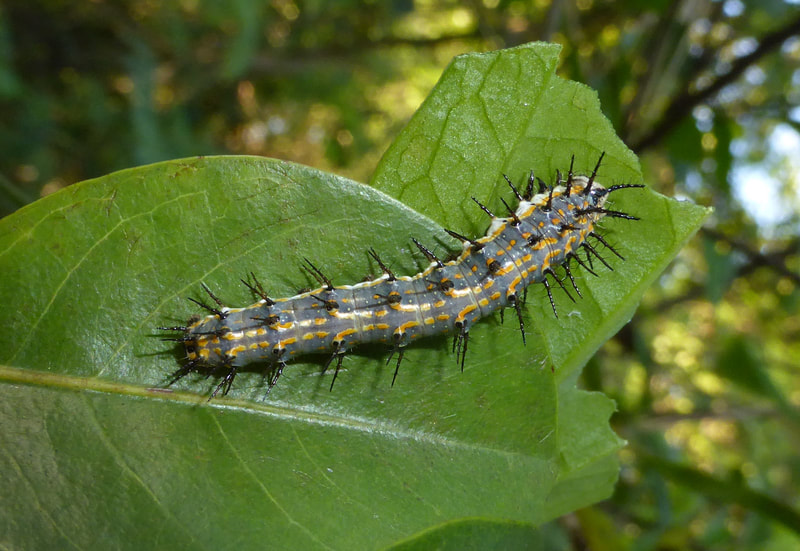
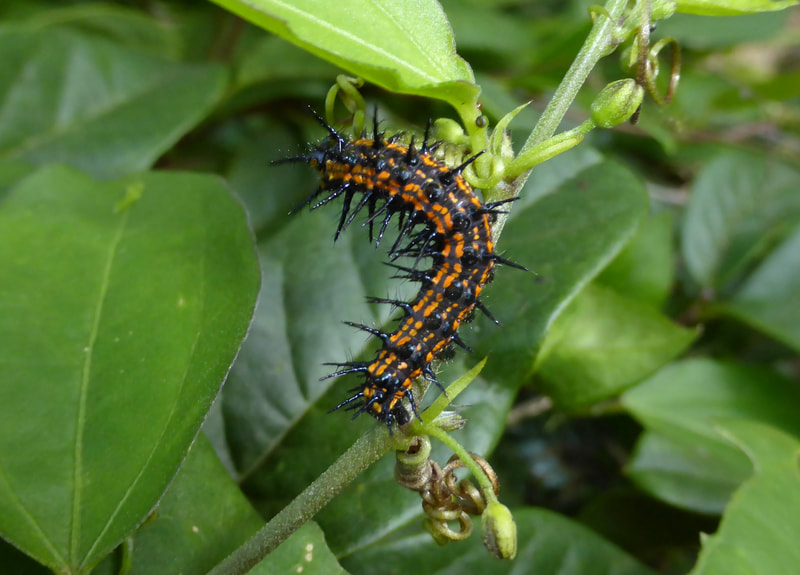
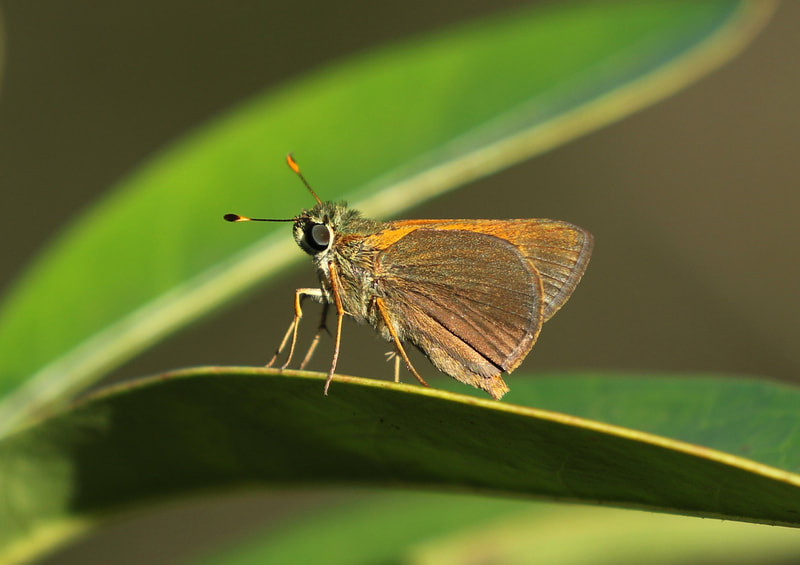
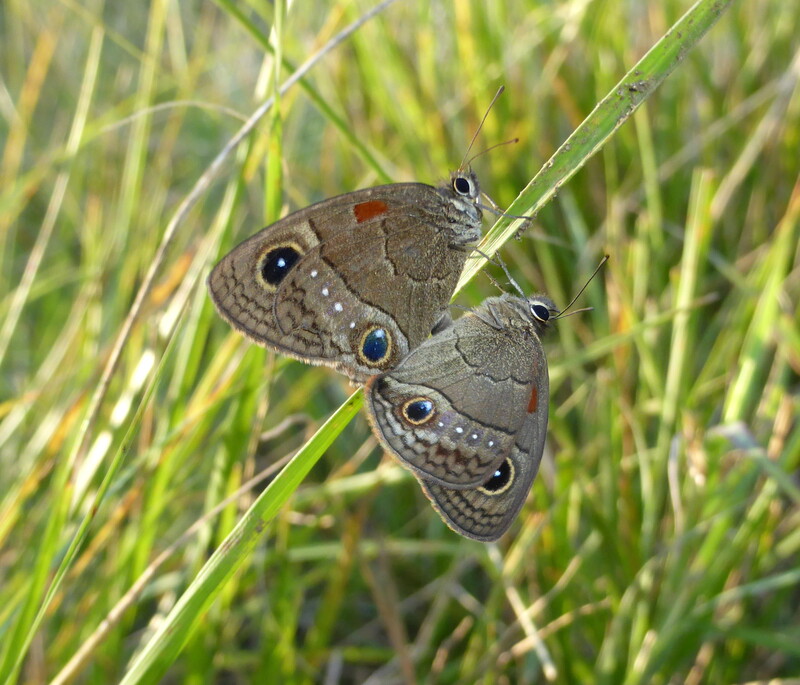
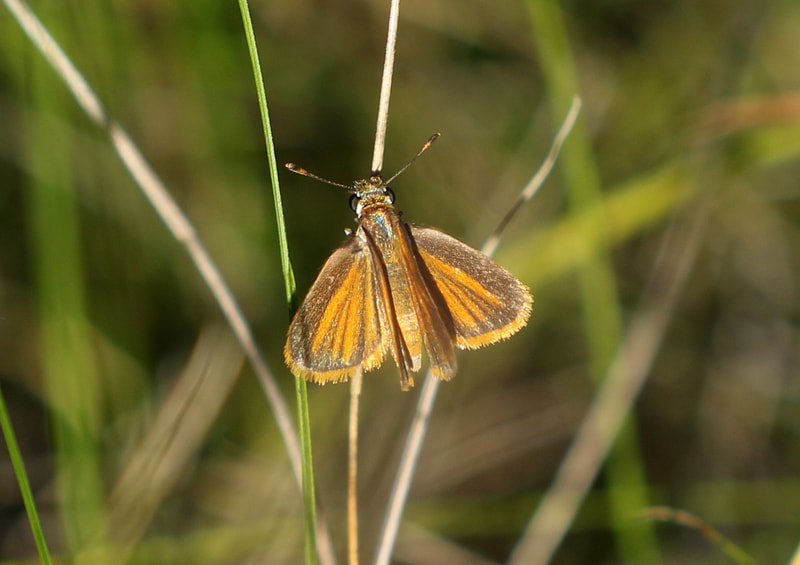
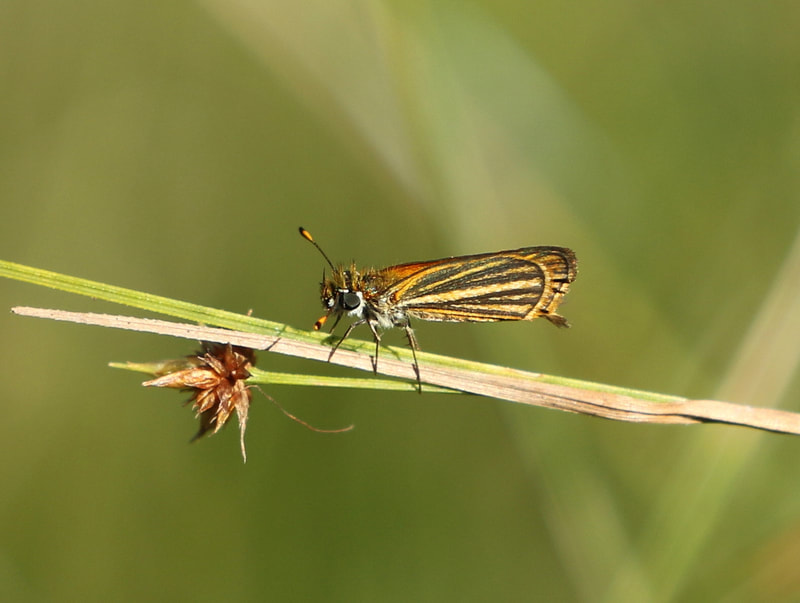
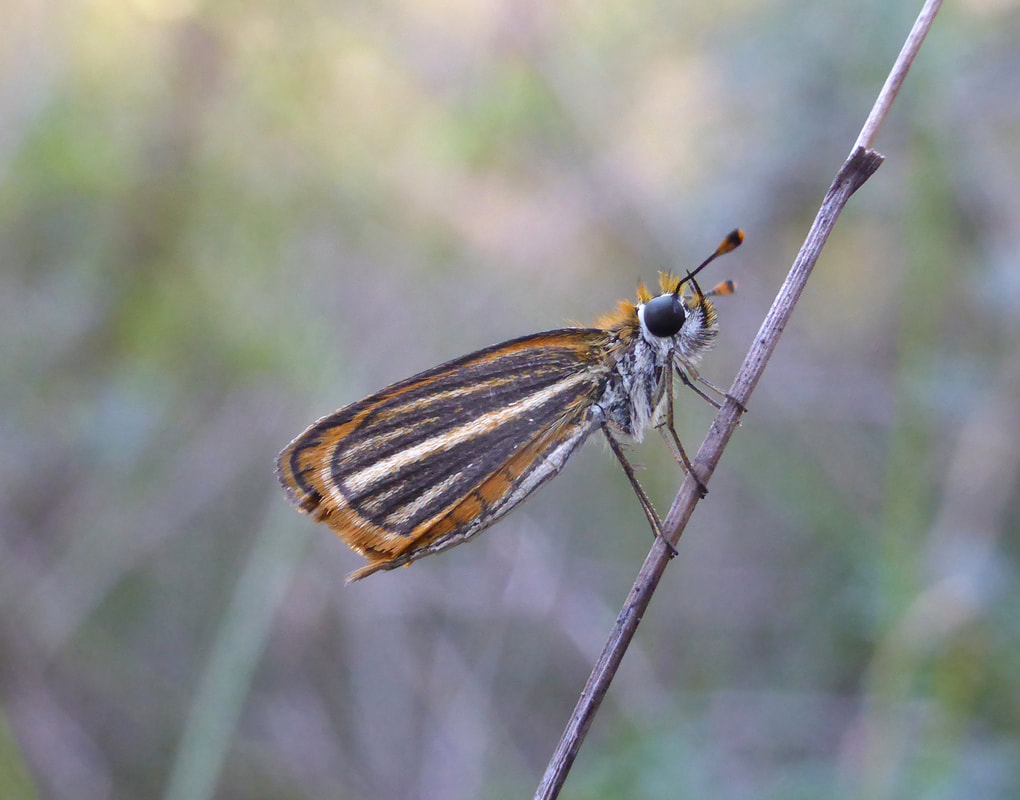
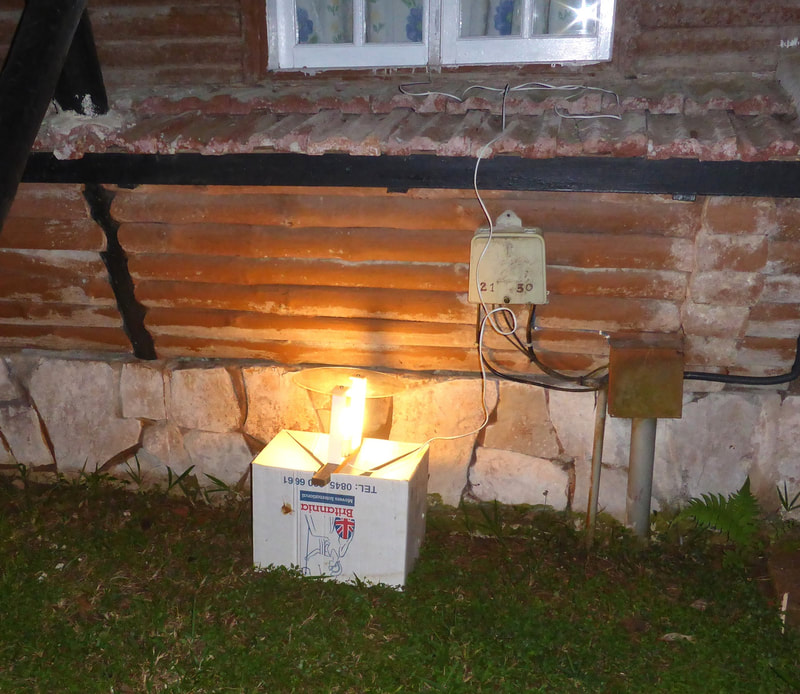
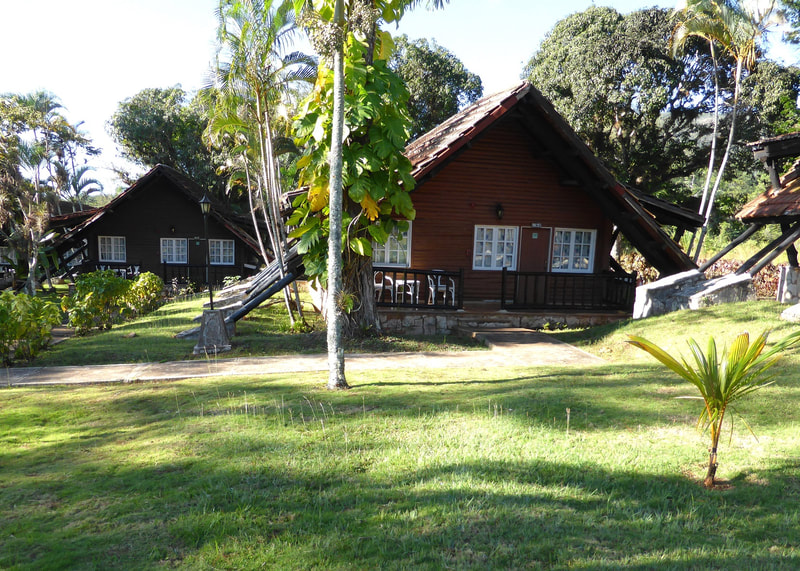
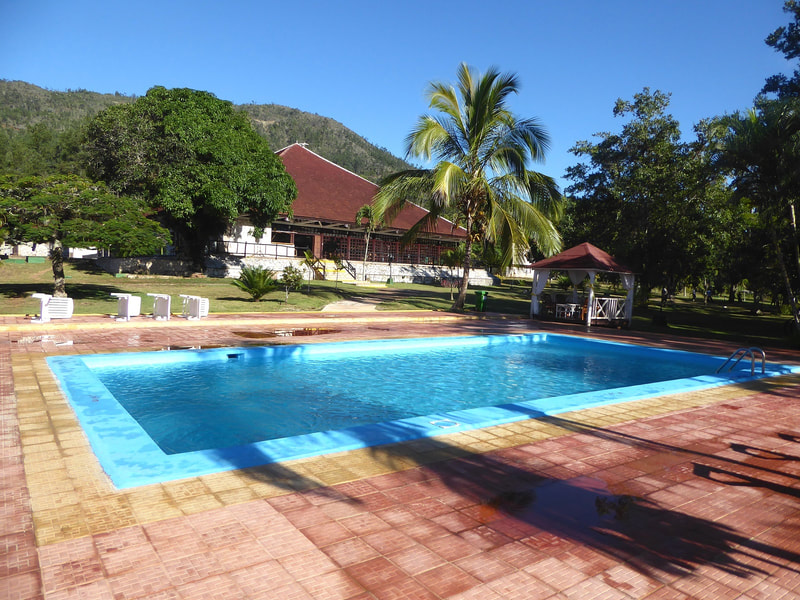
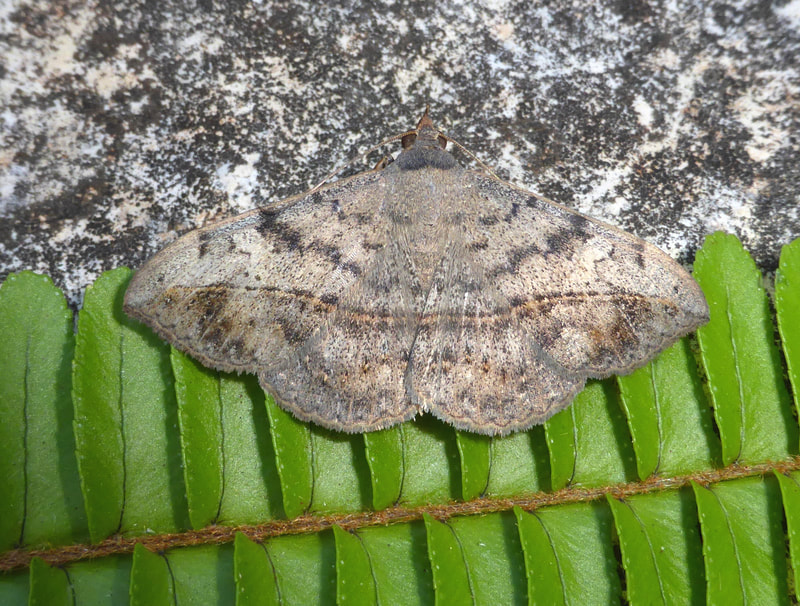
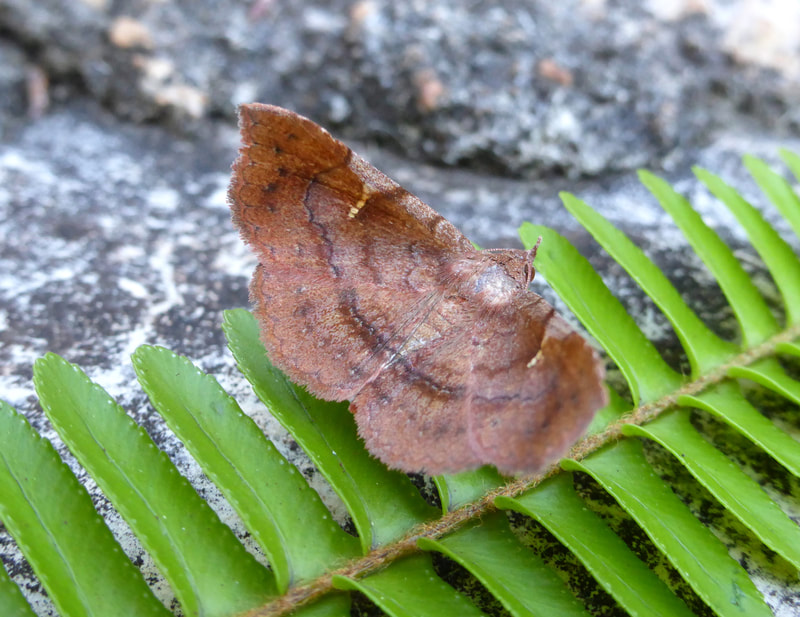
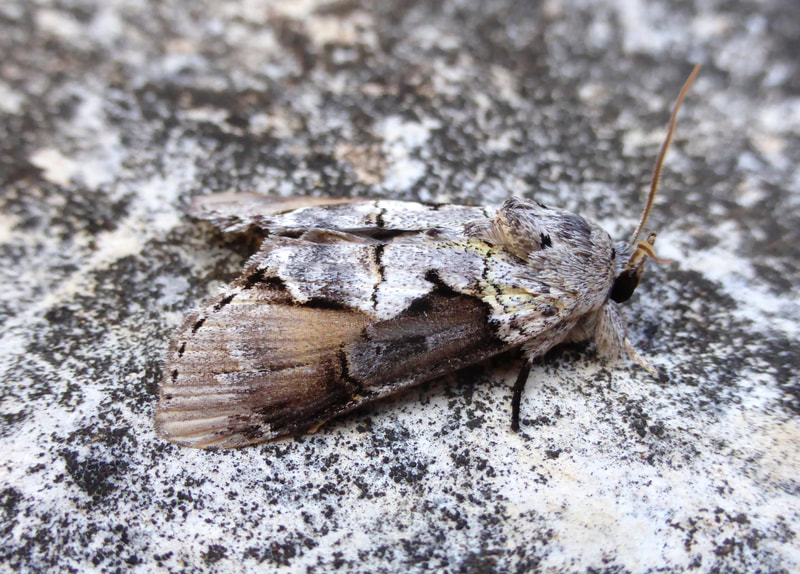
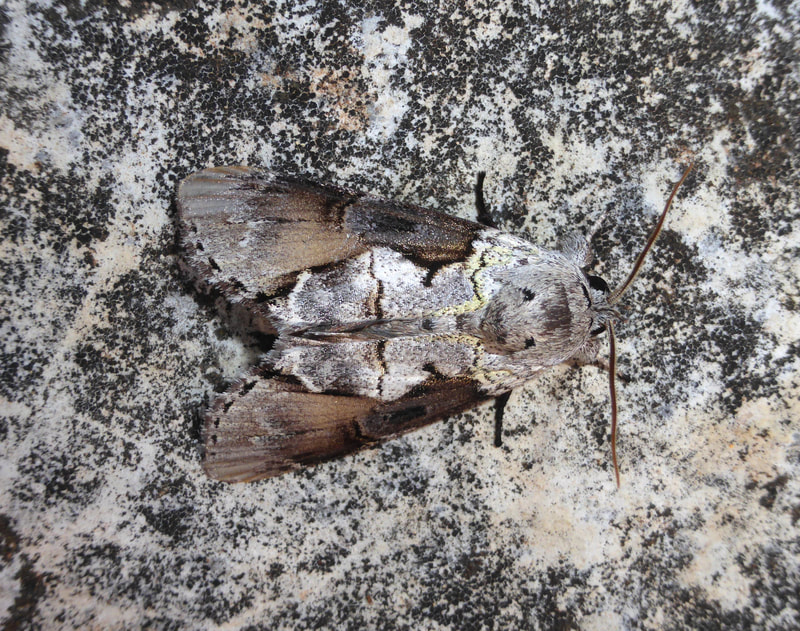
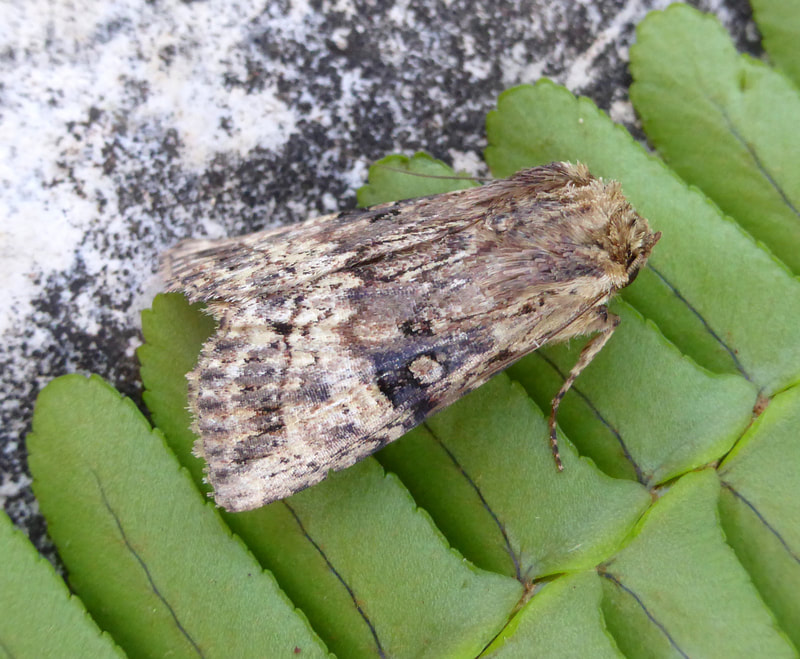
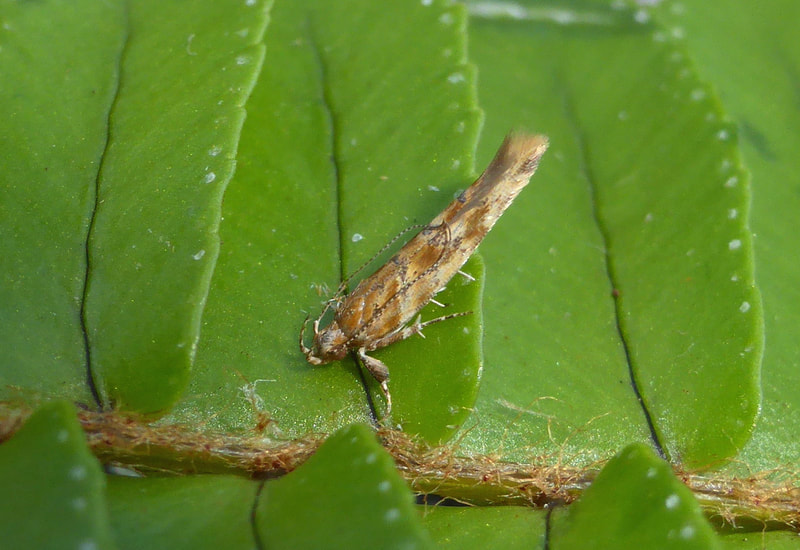
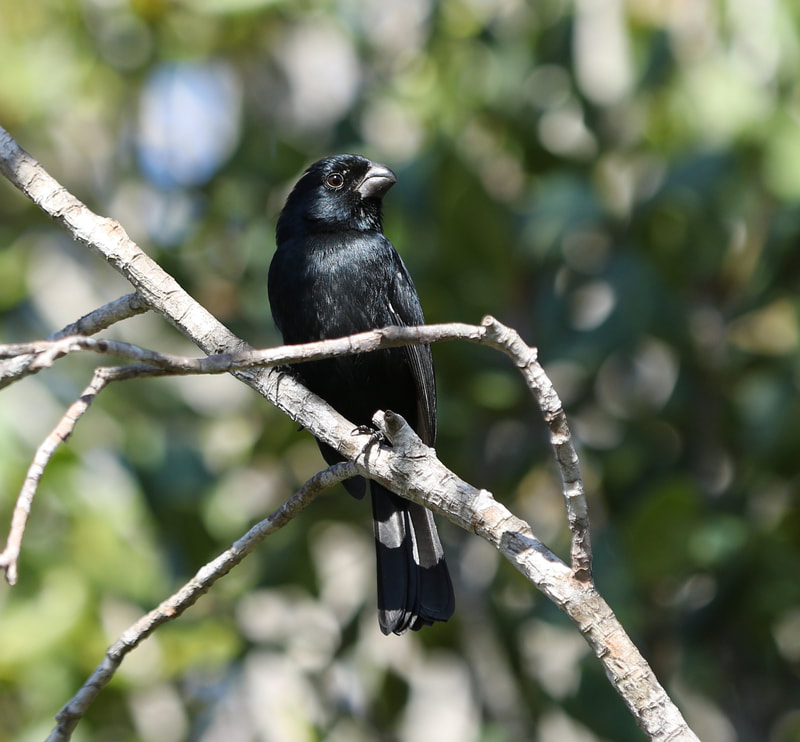
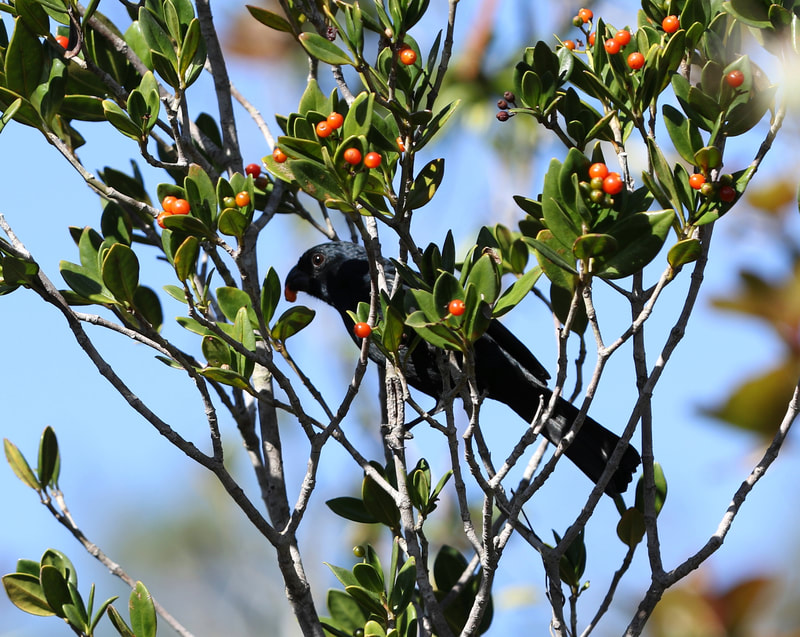
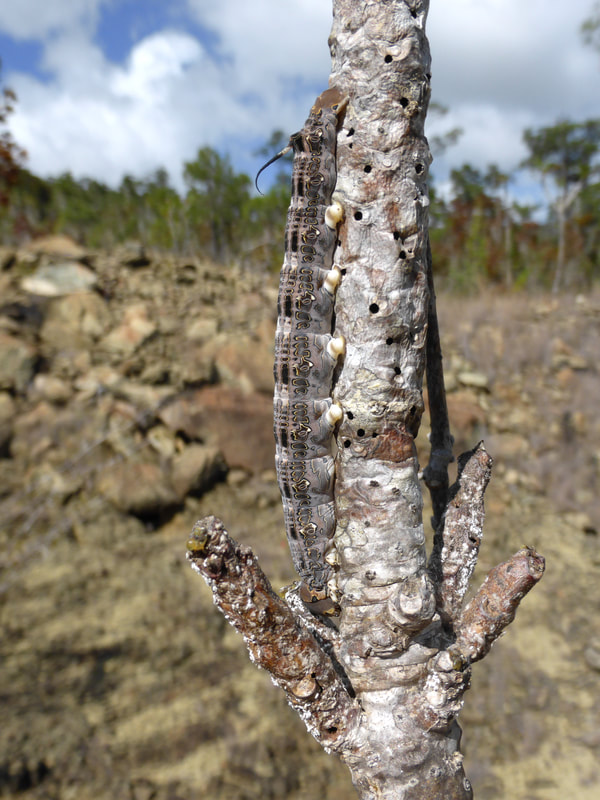
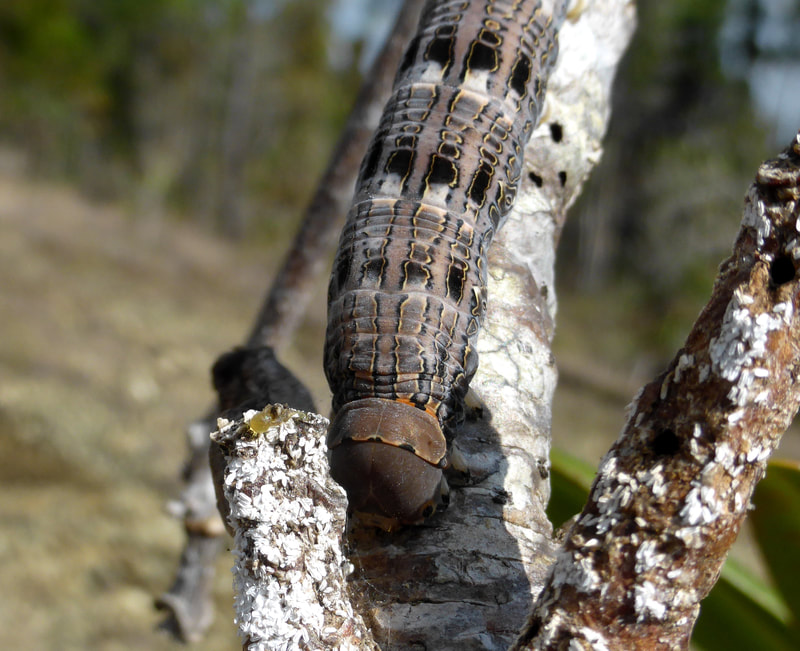
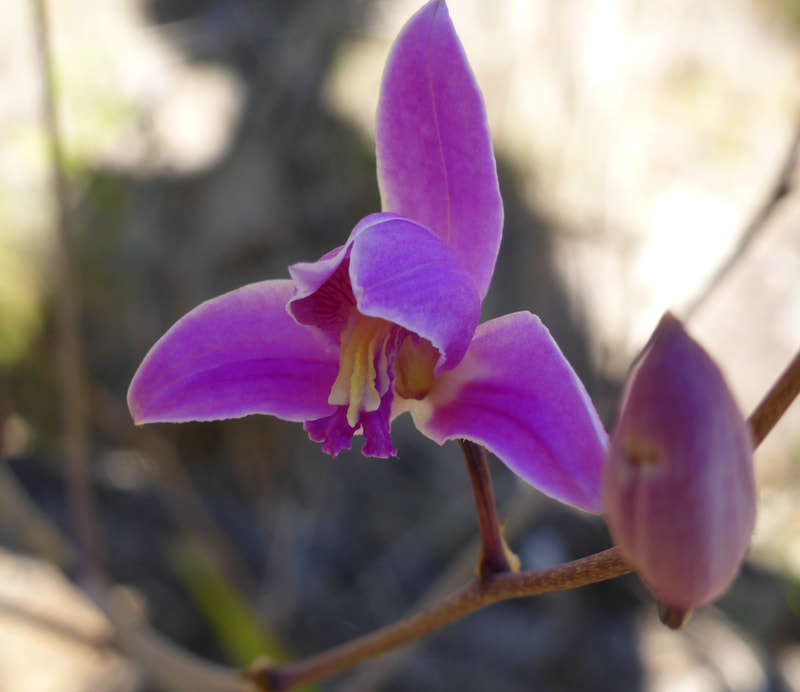
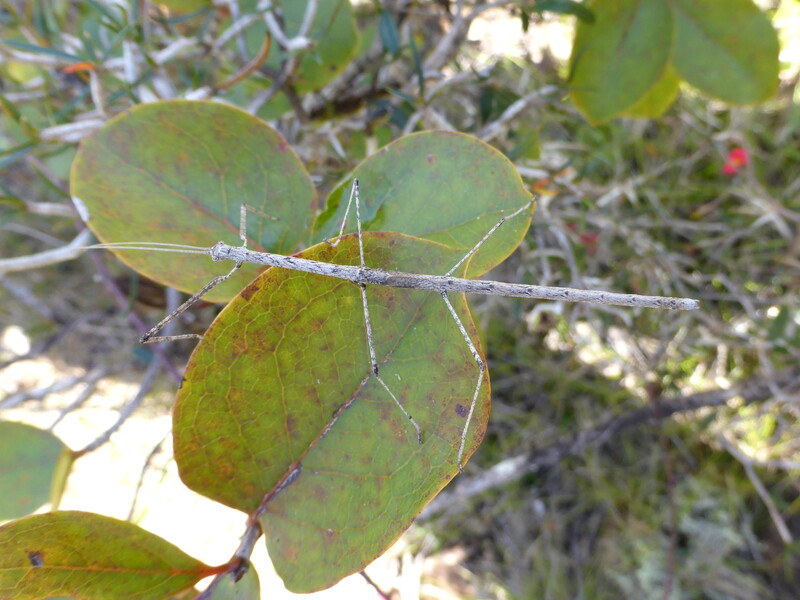
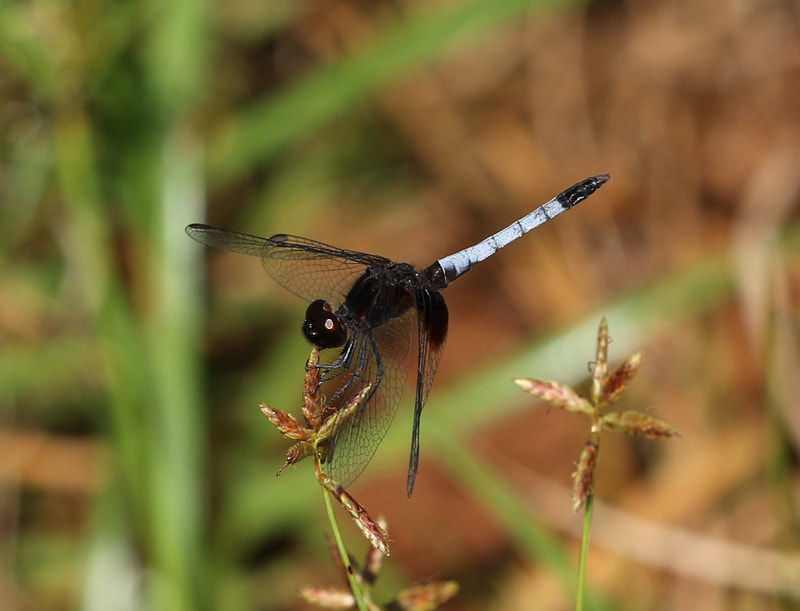
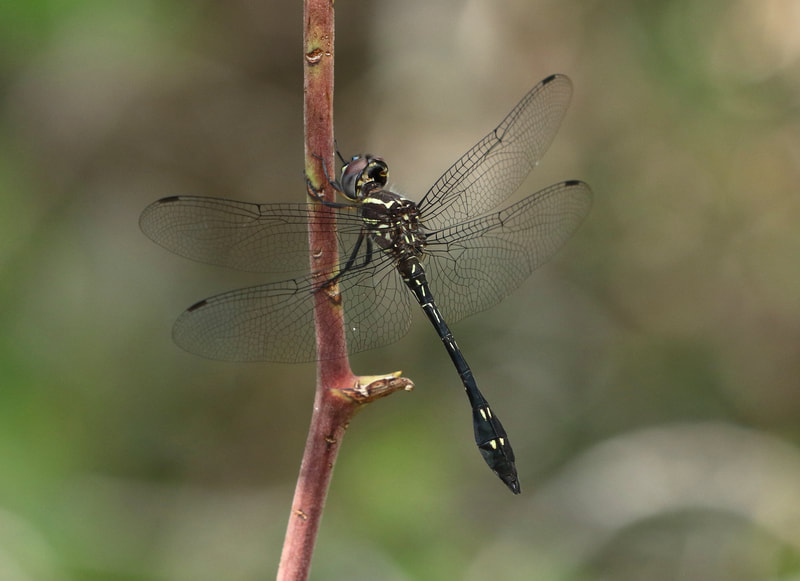
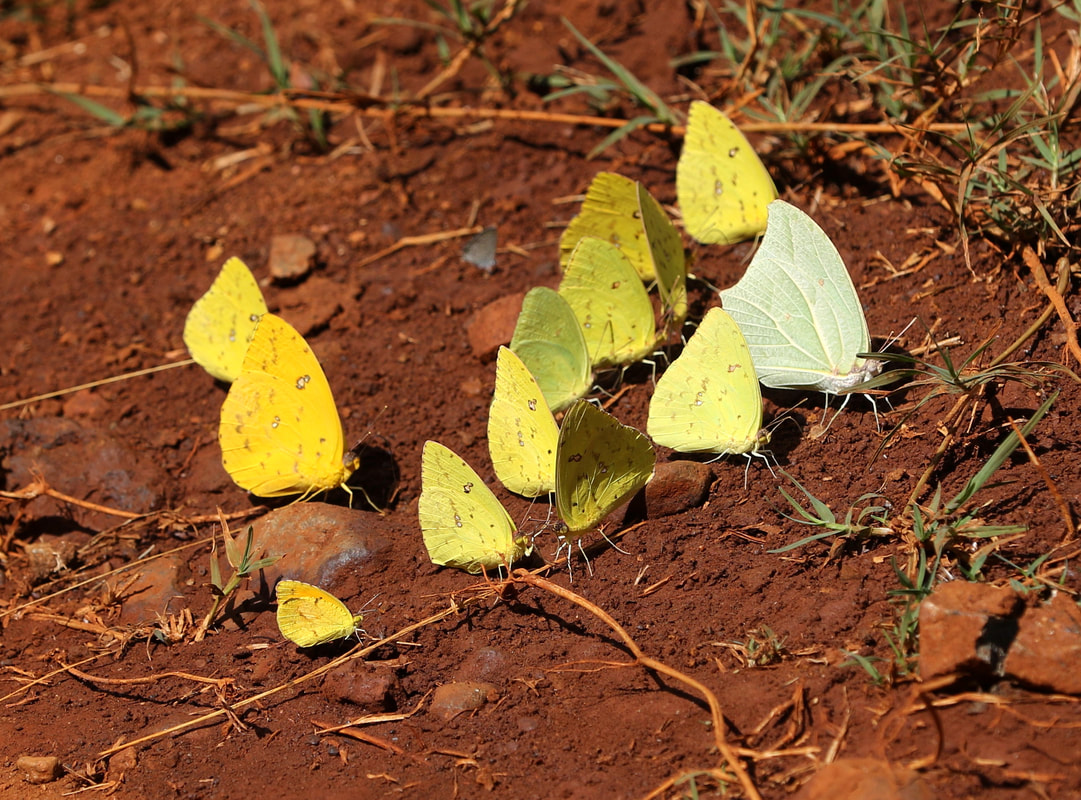
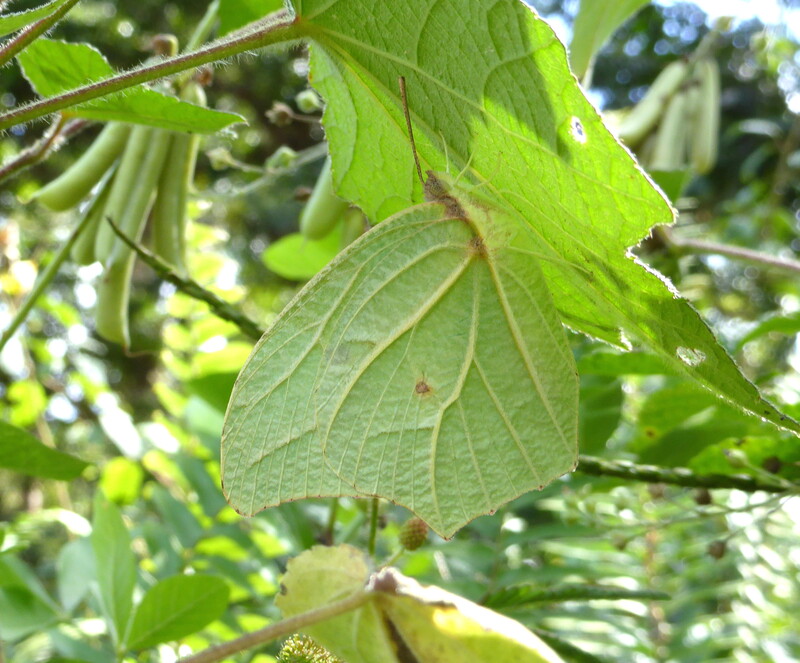
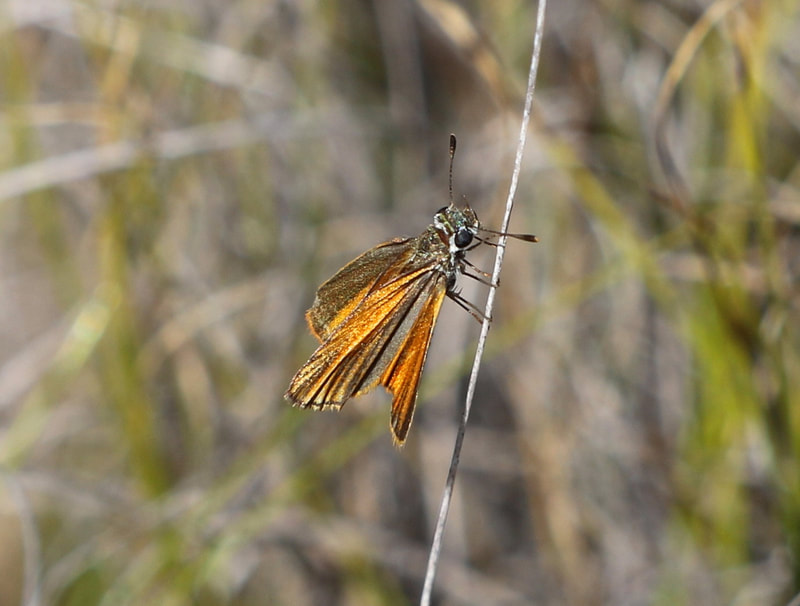
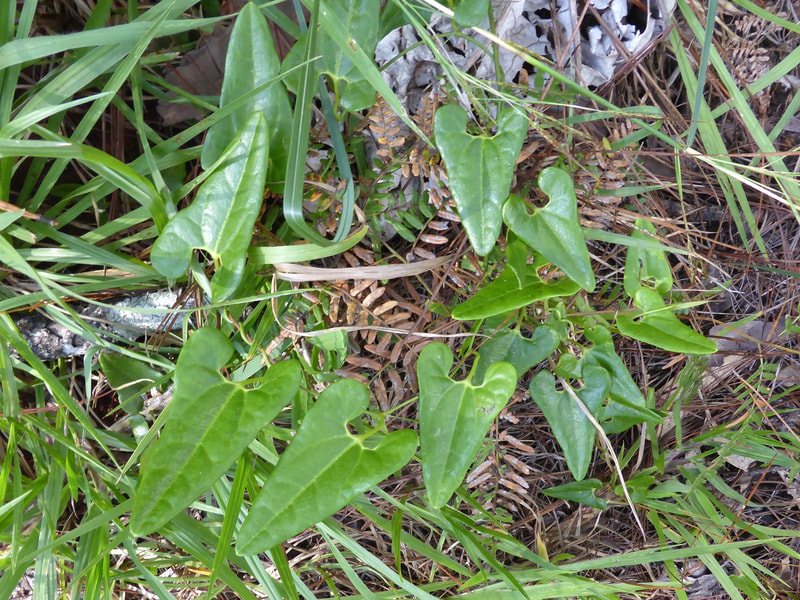
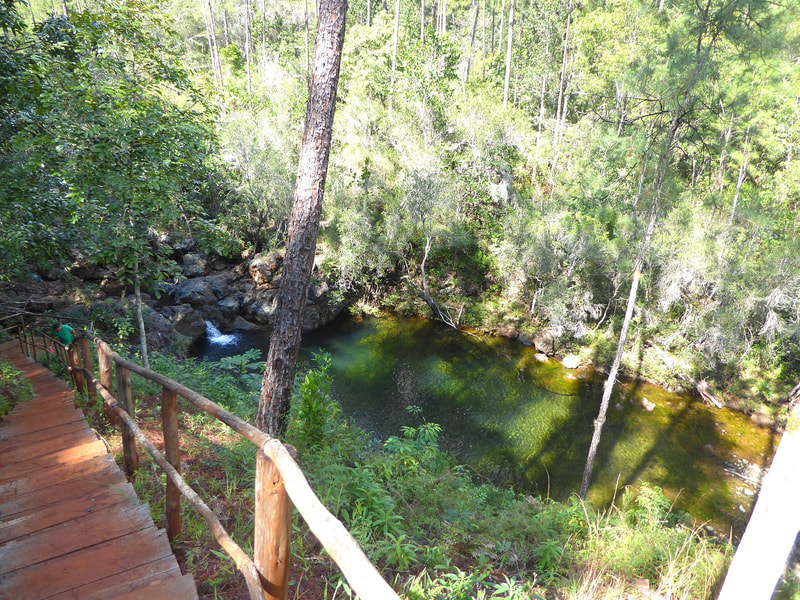
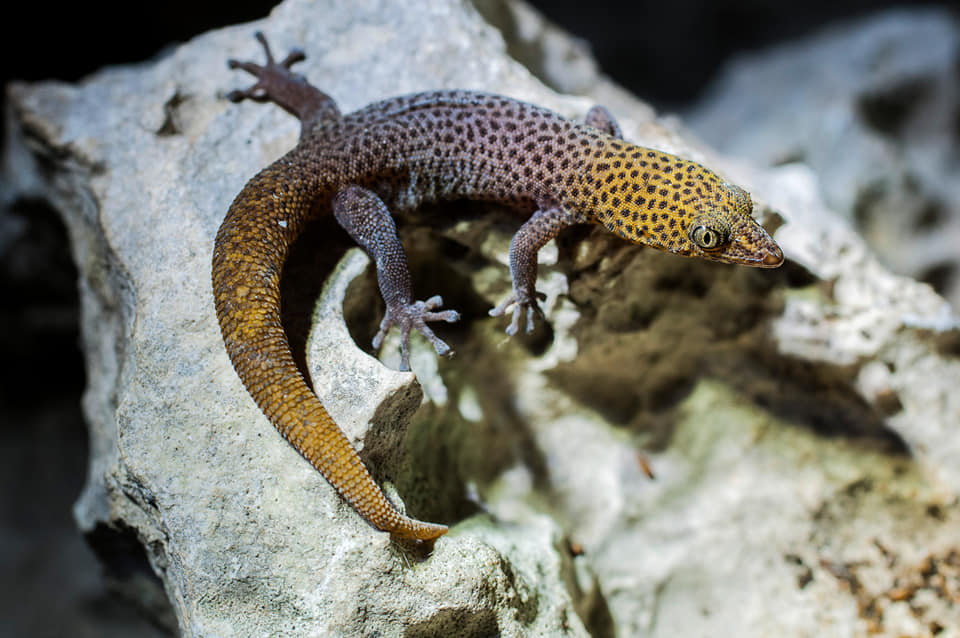
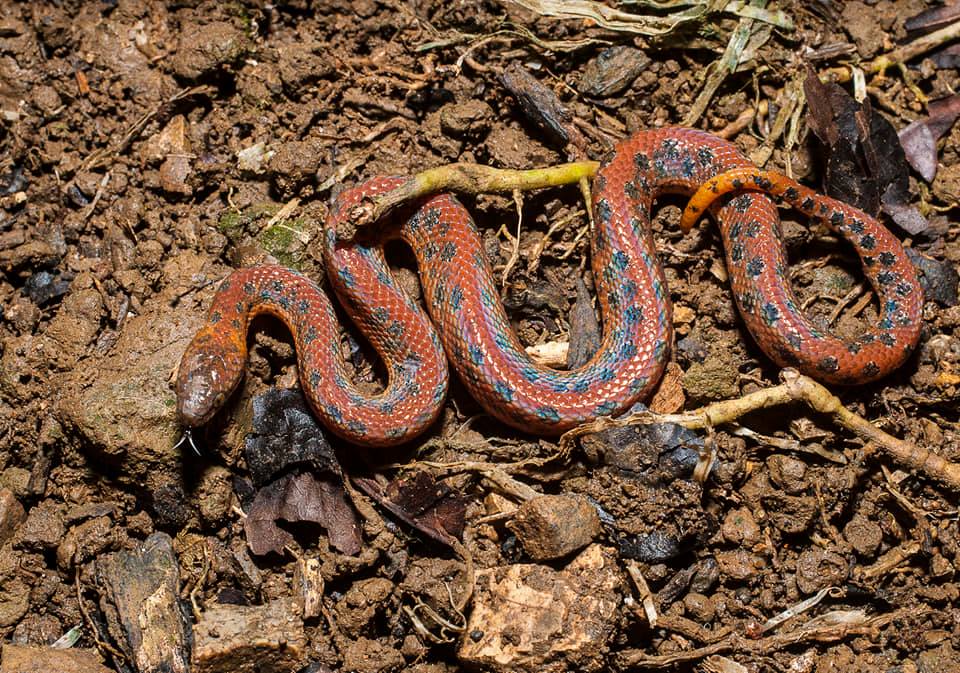
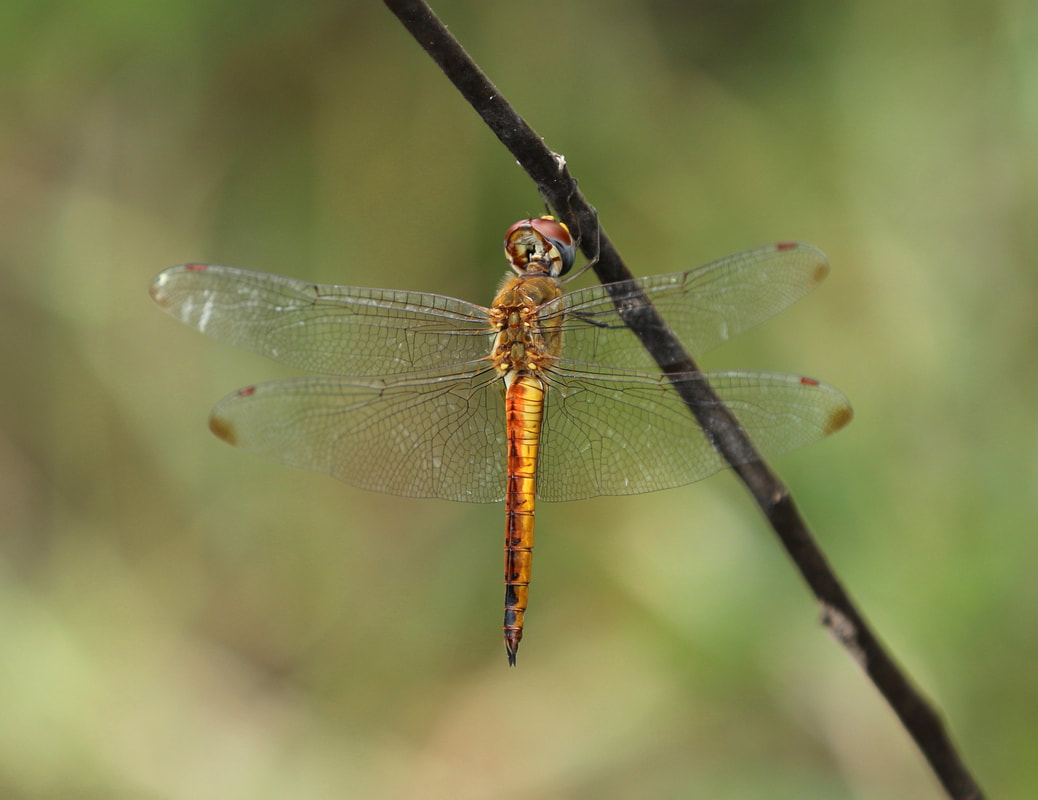
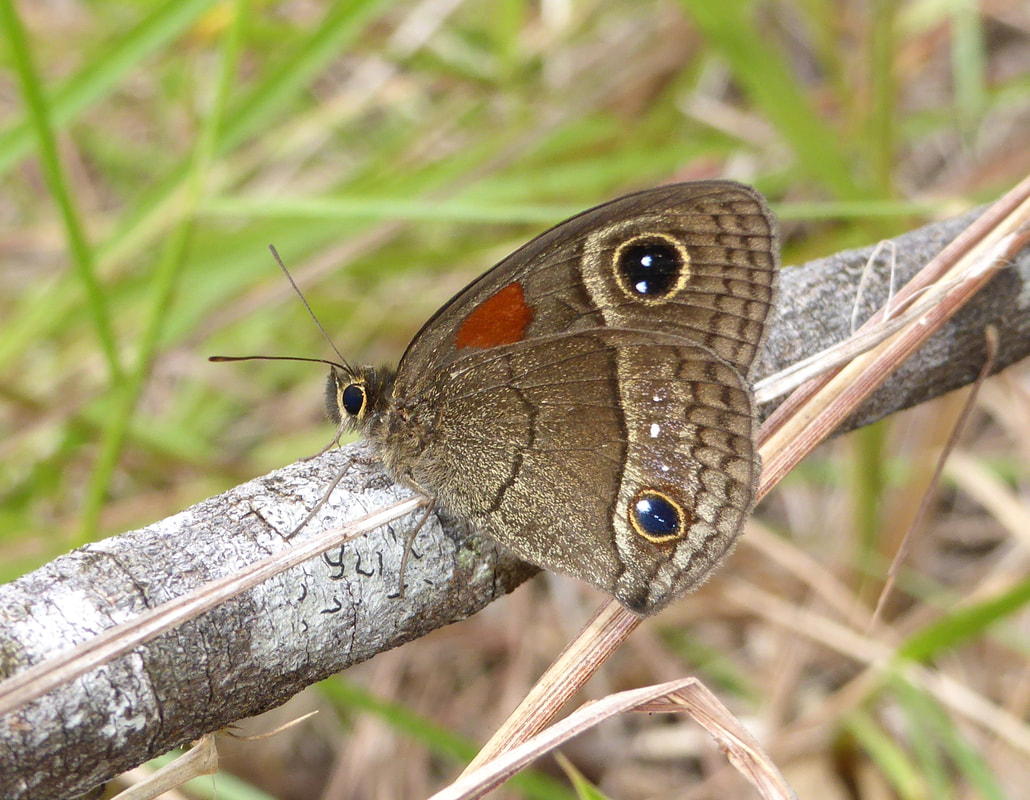
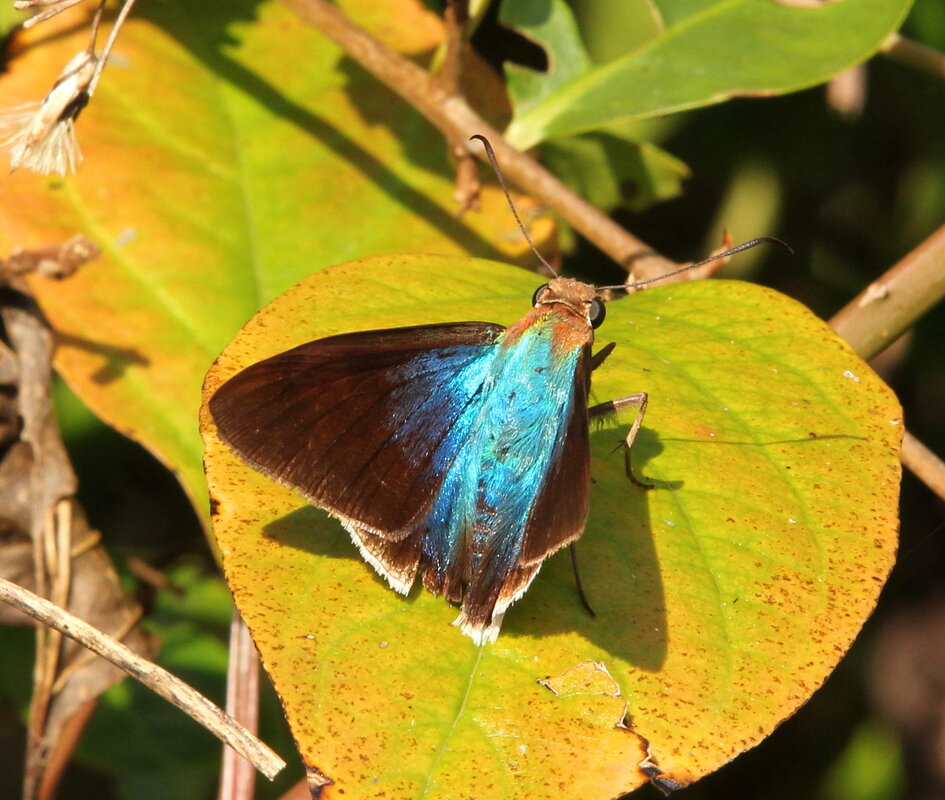
 RSS Feed
RSS Feed